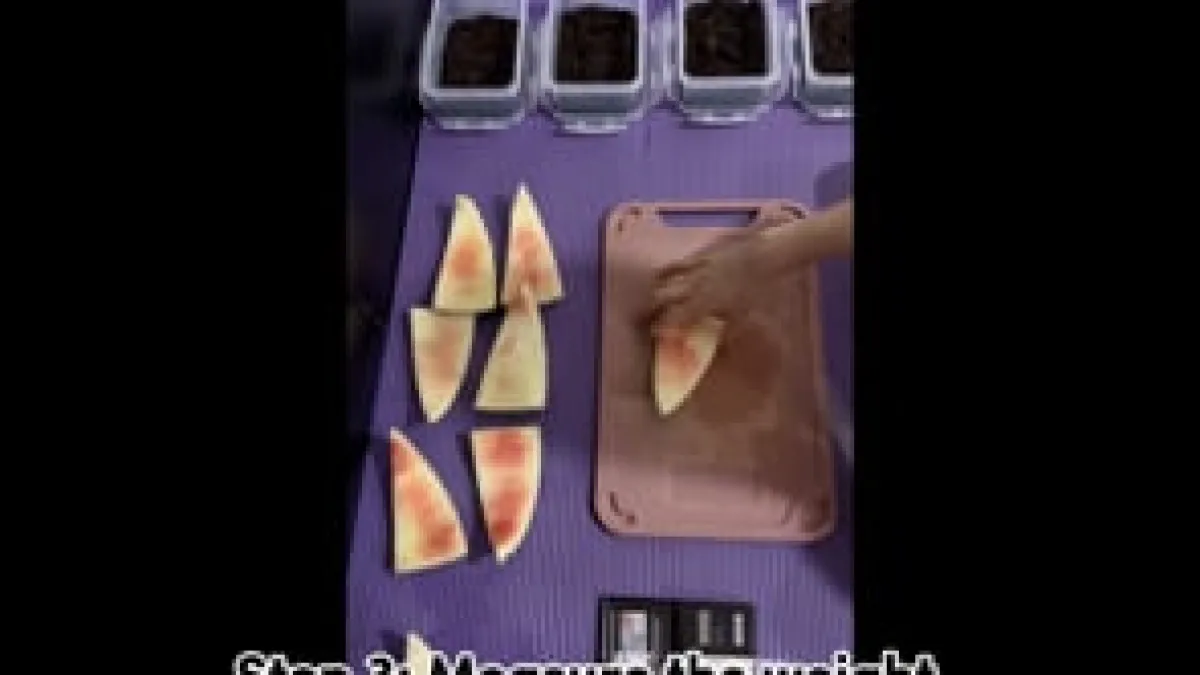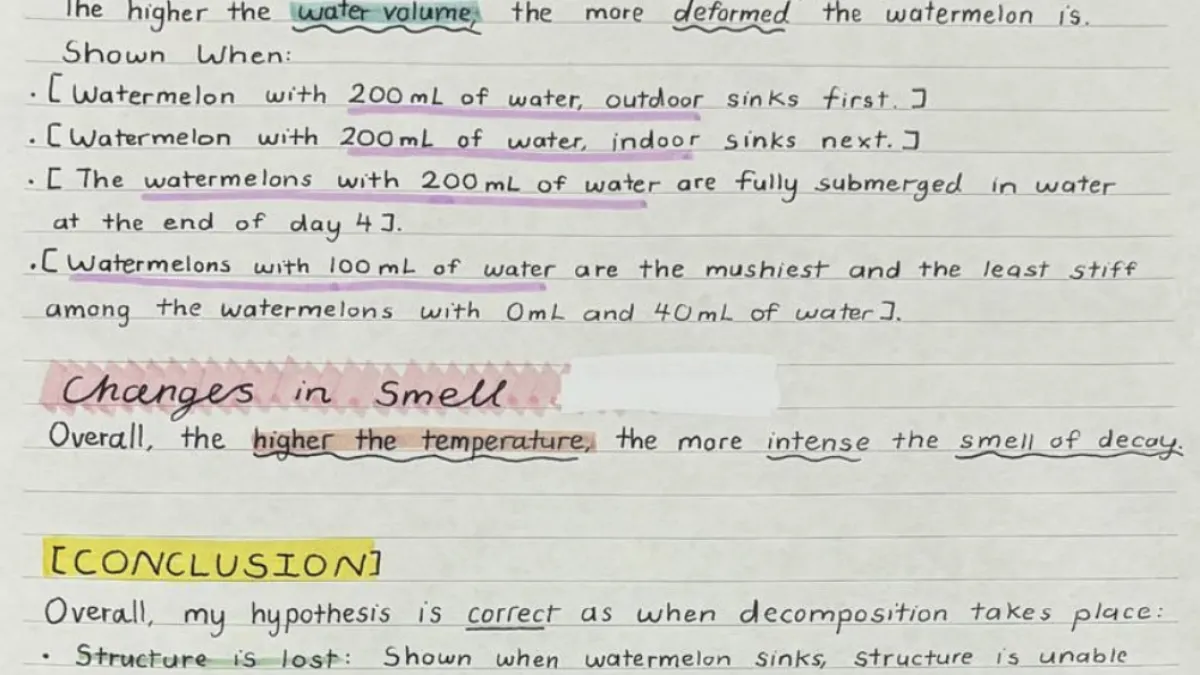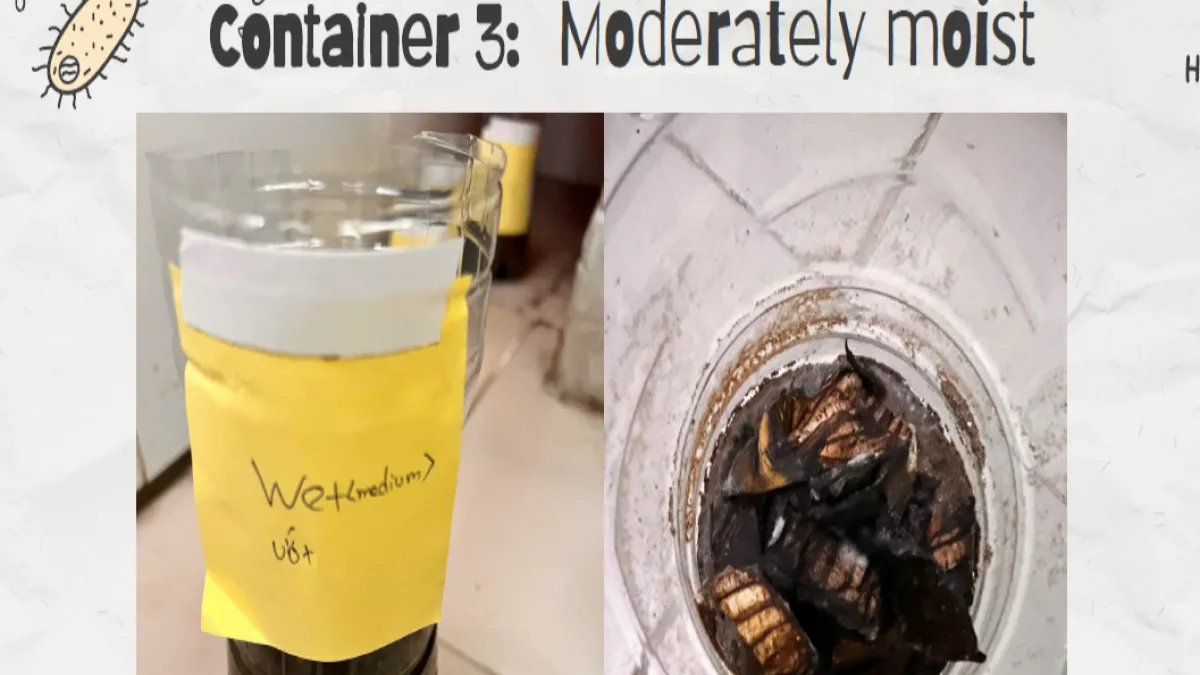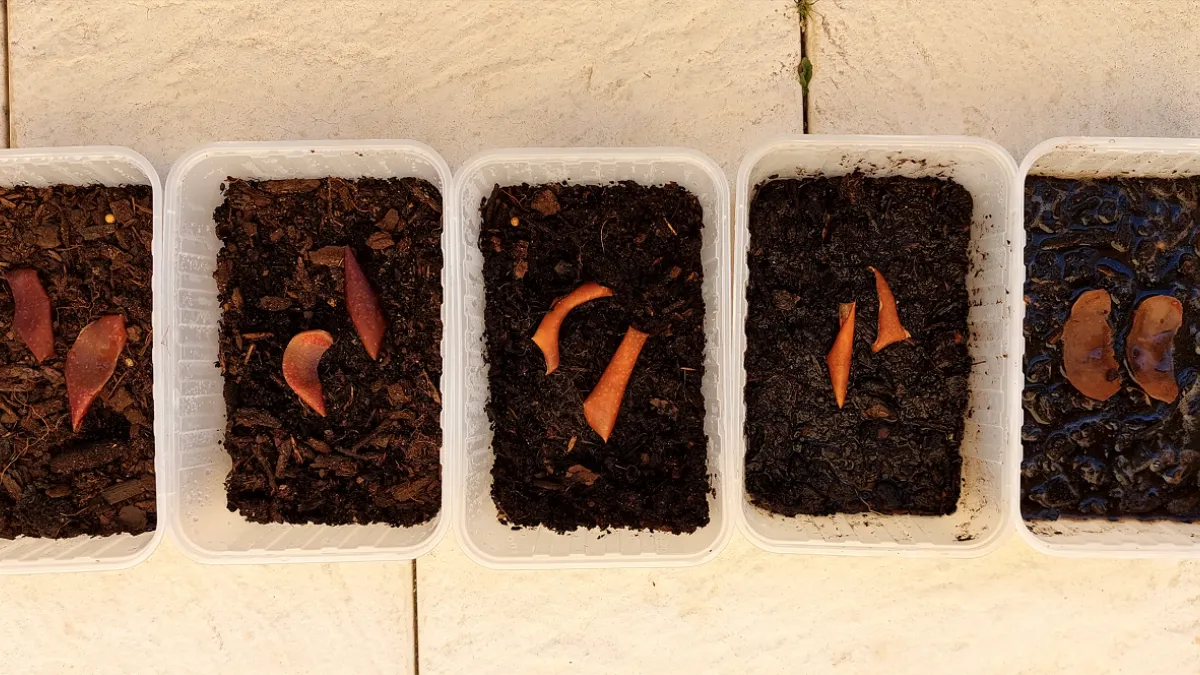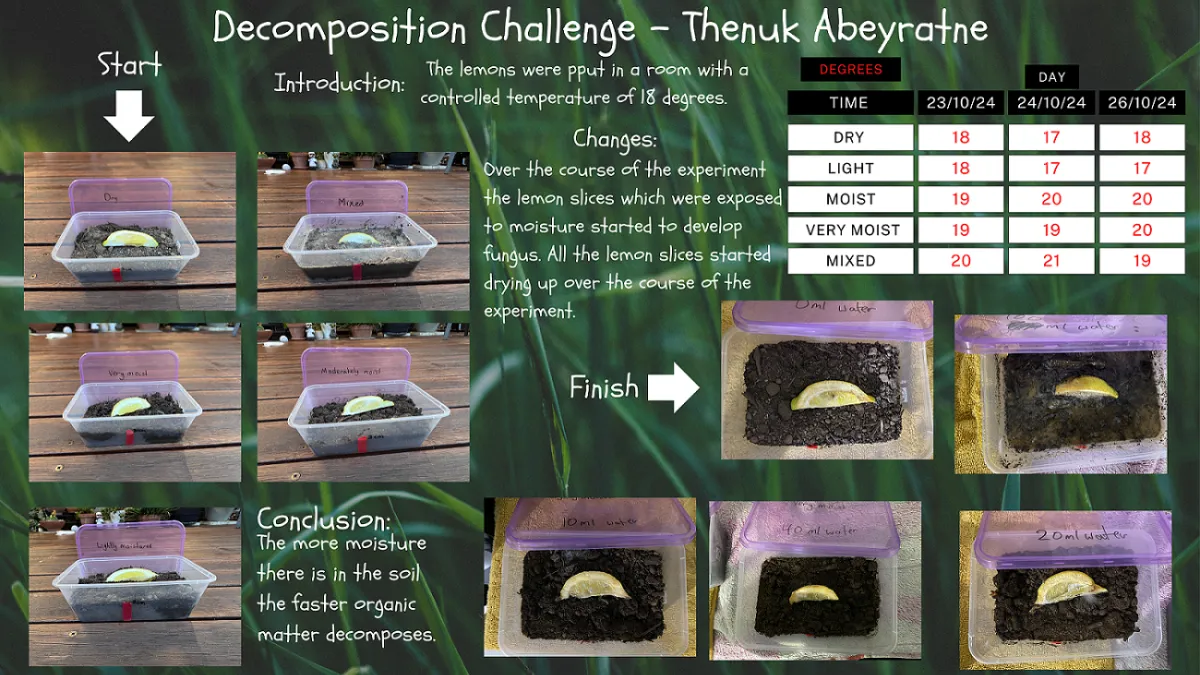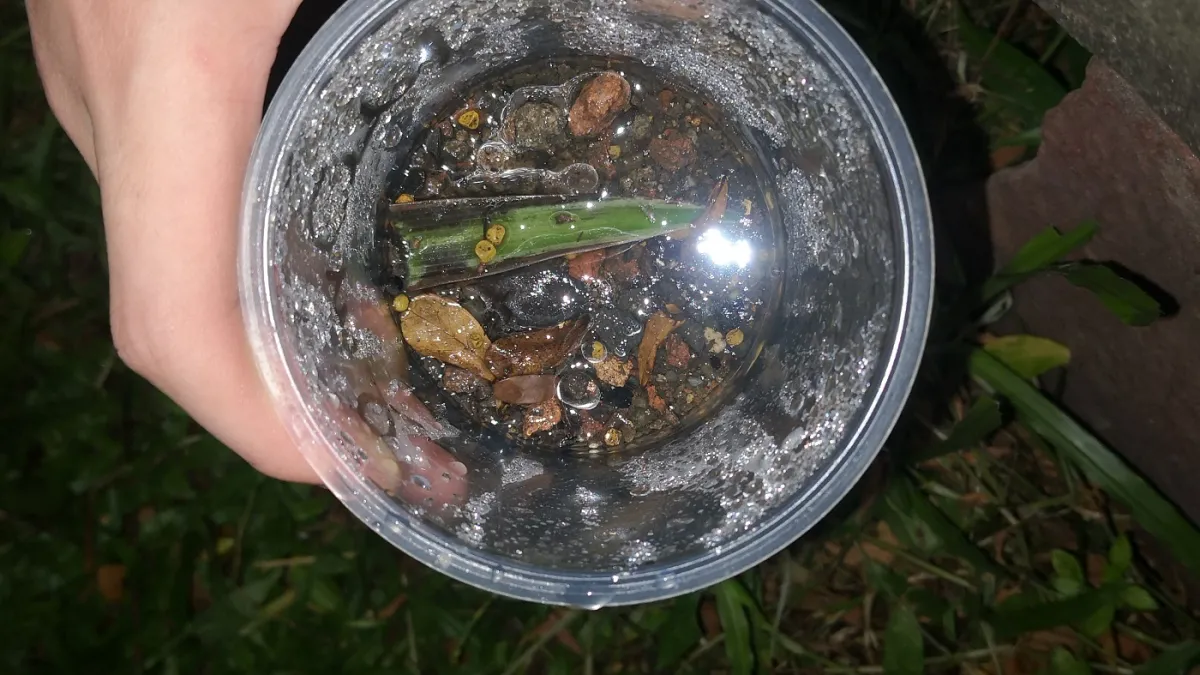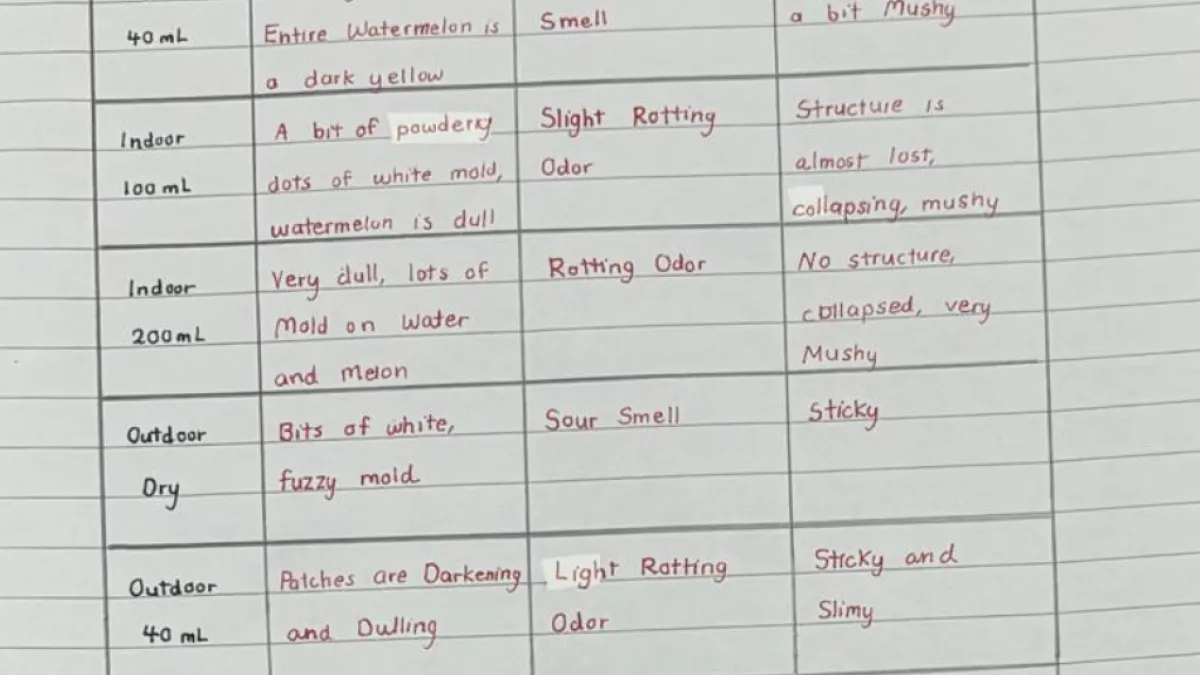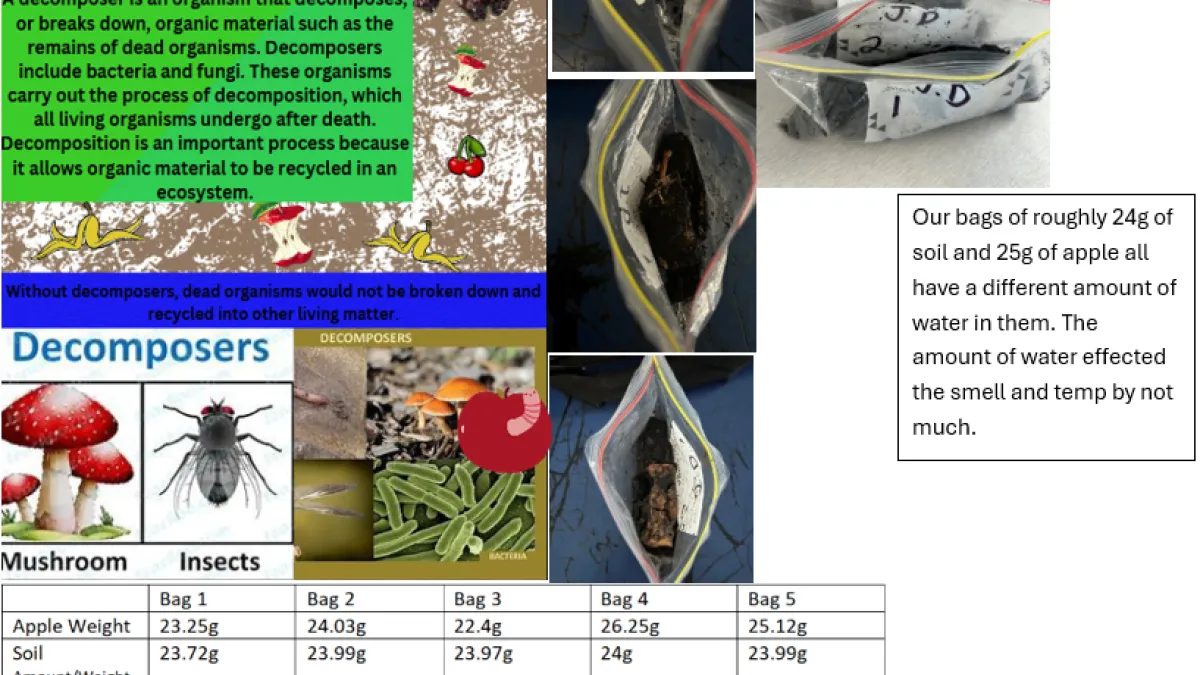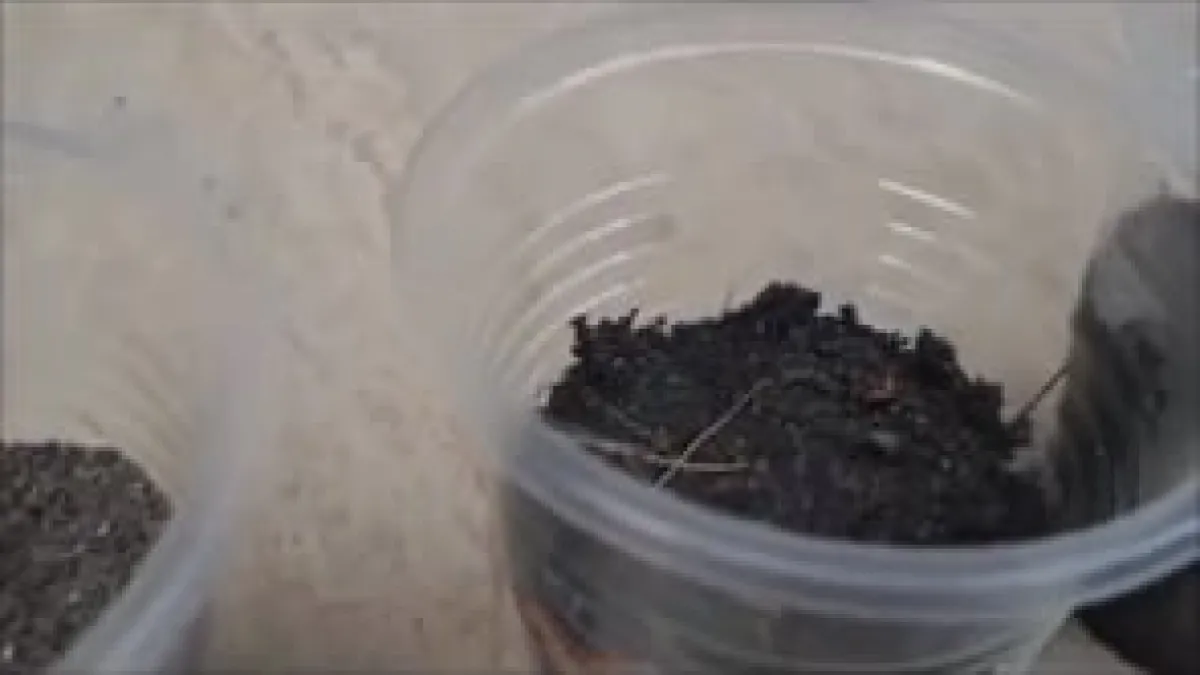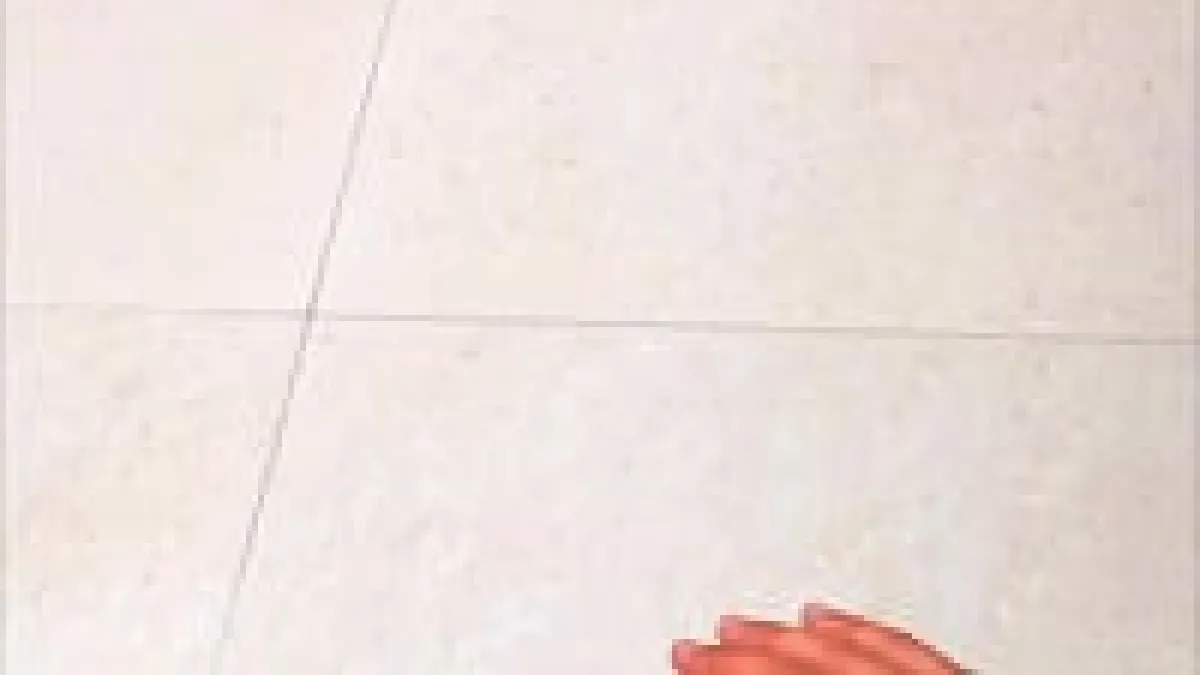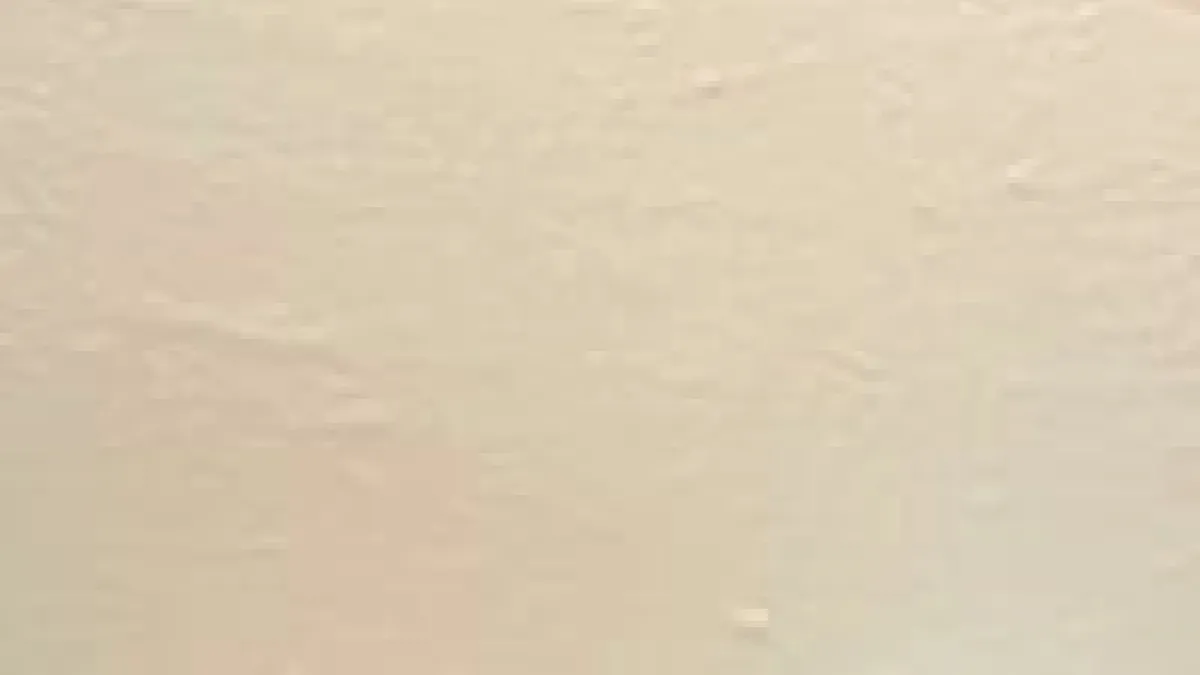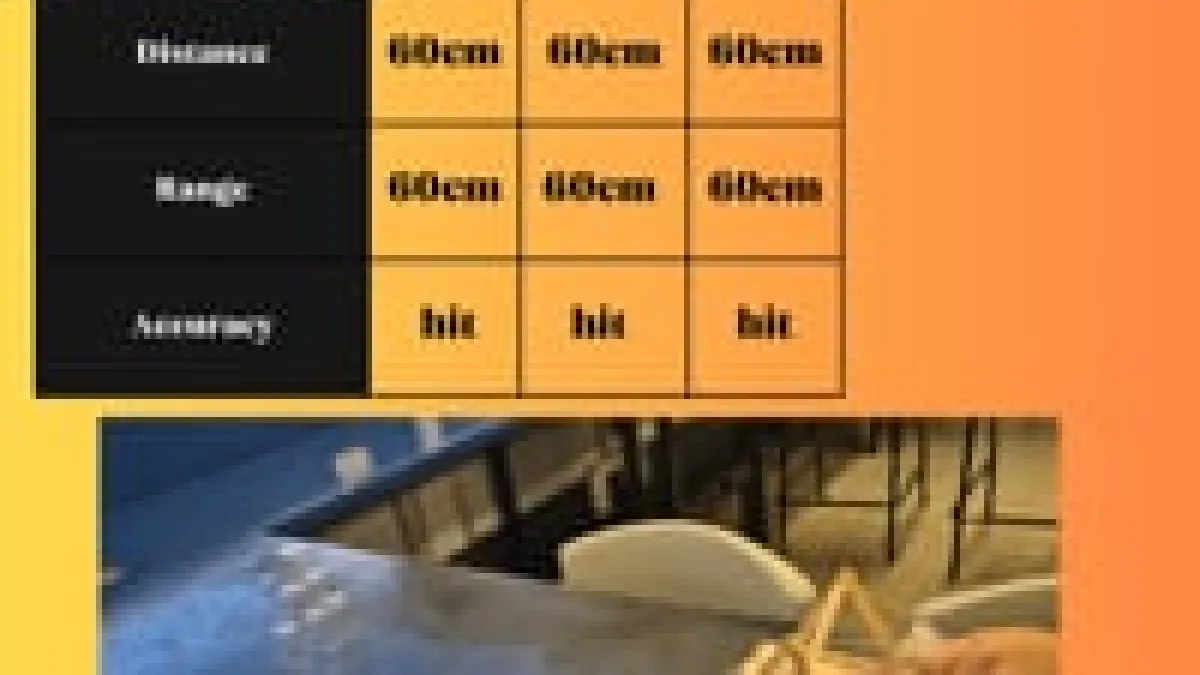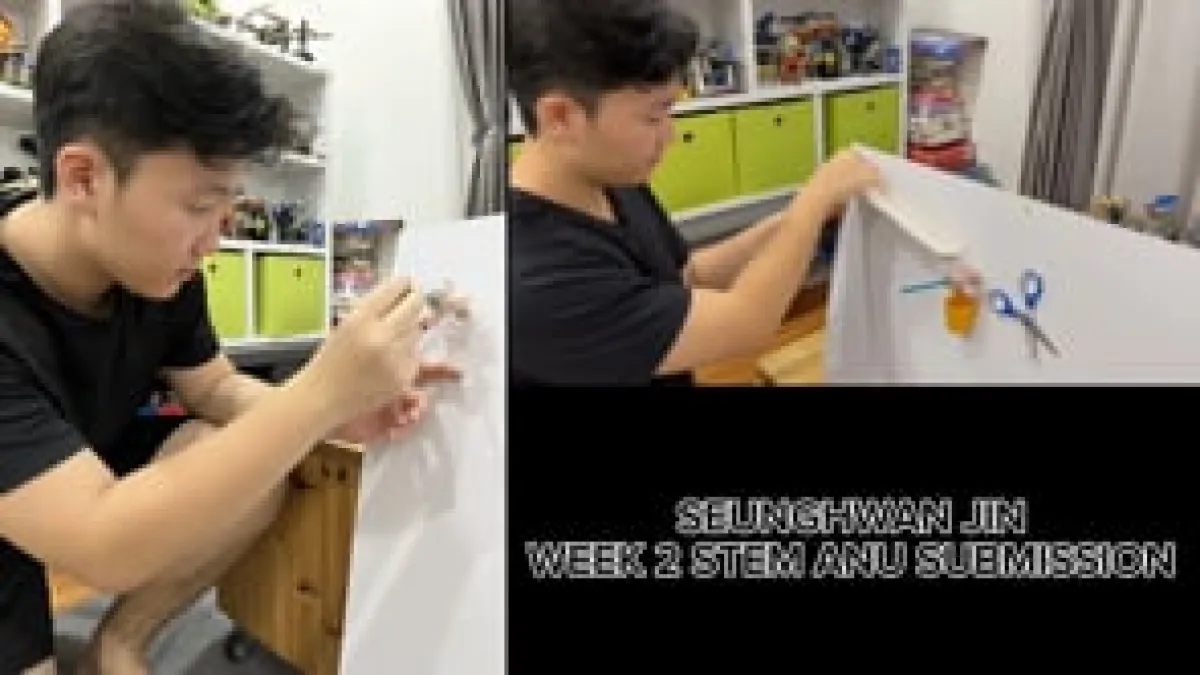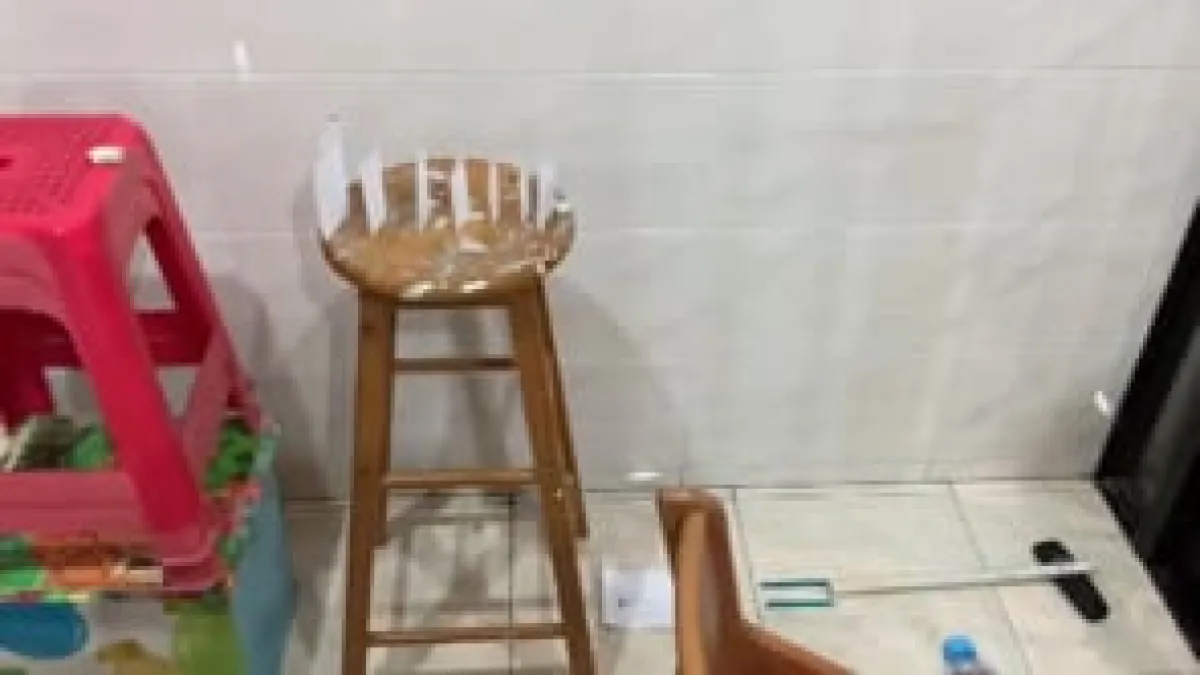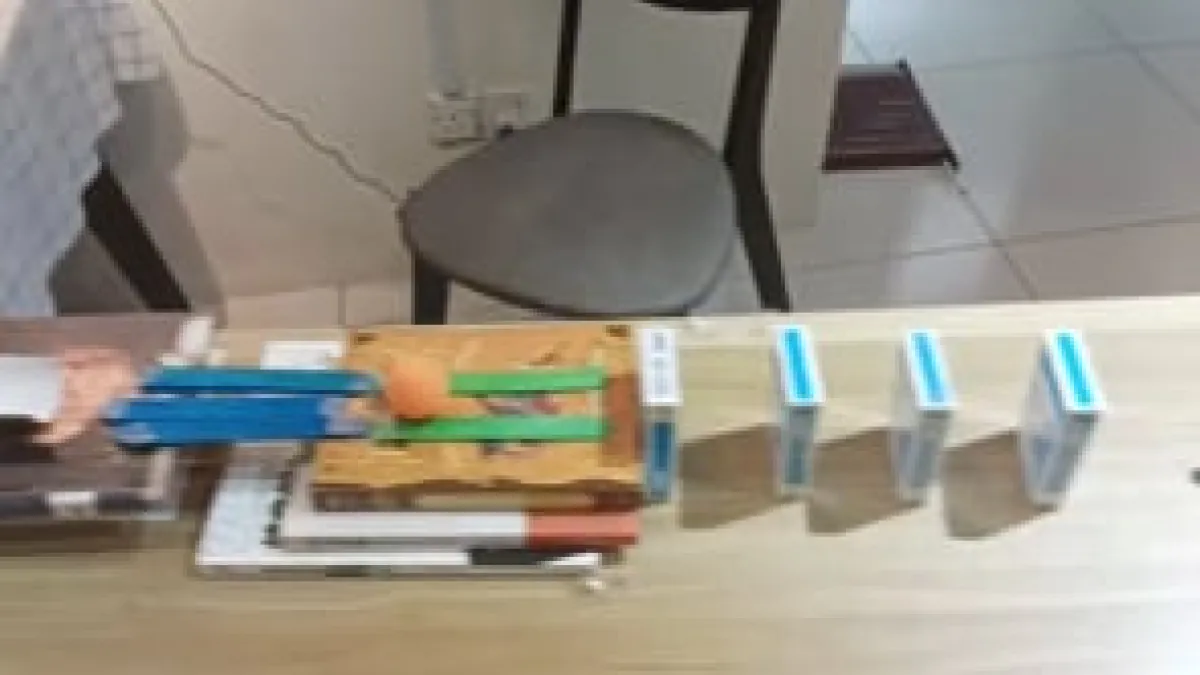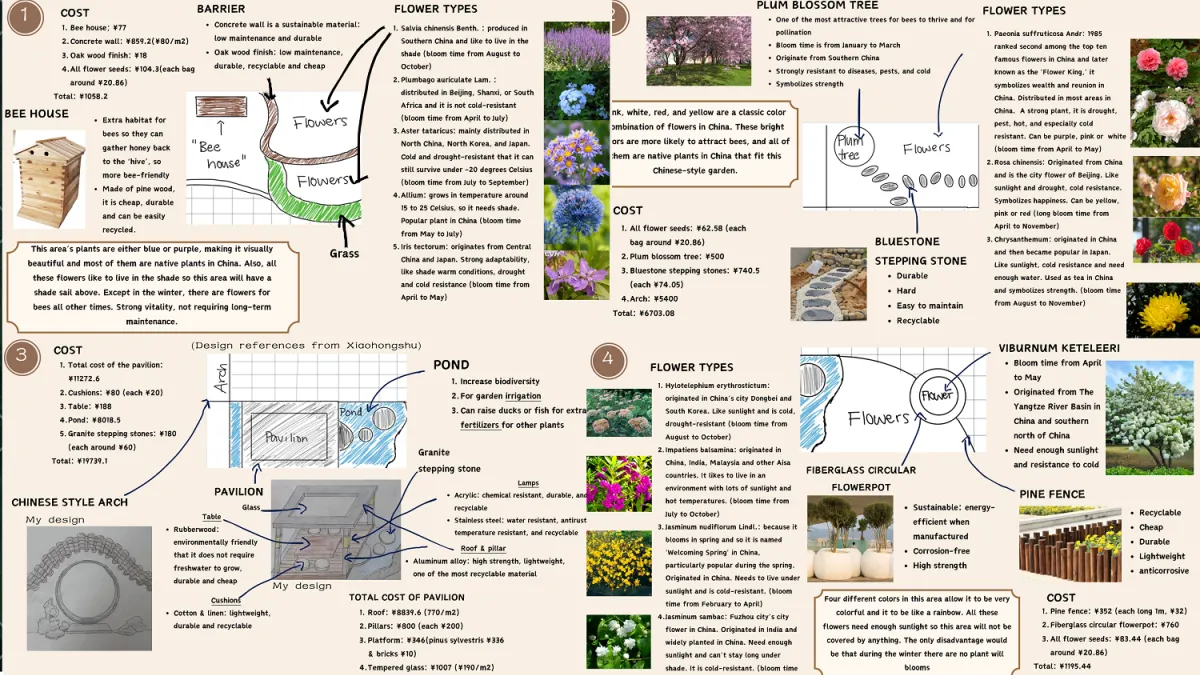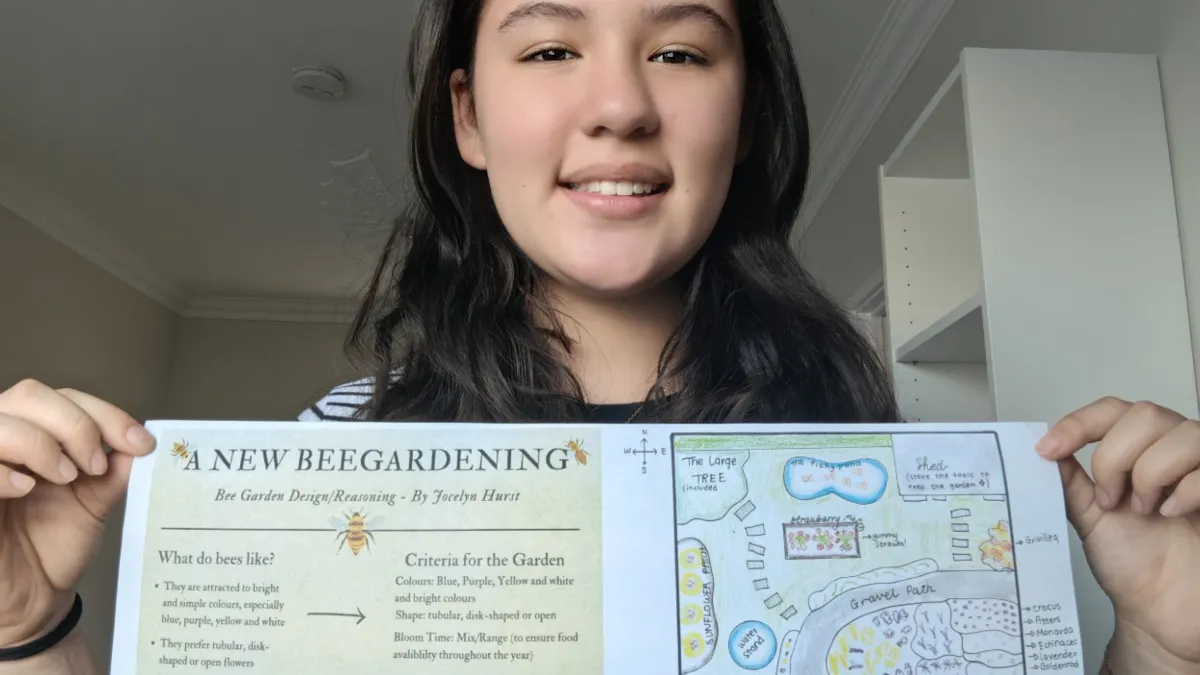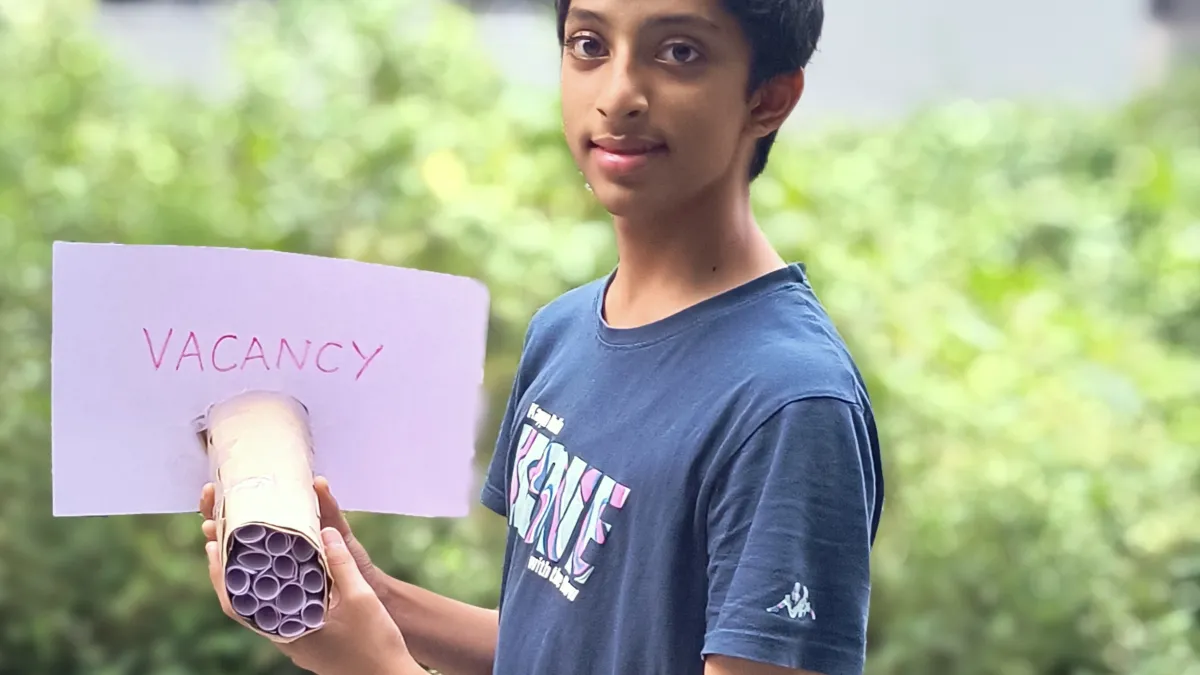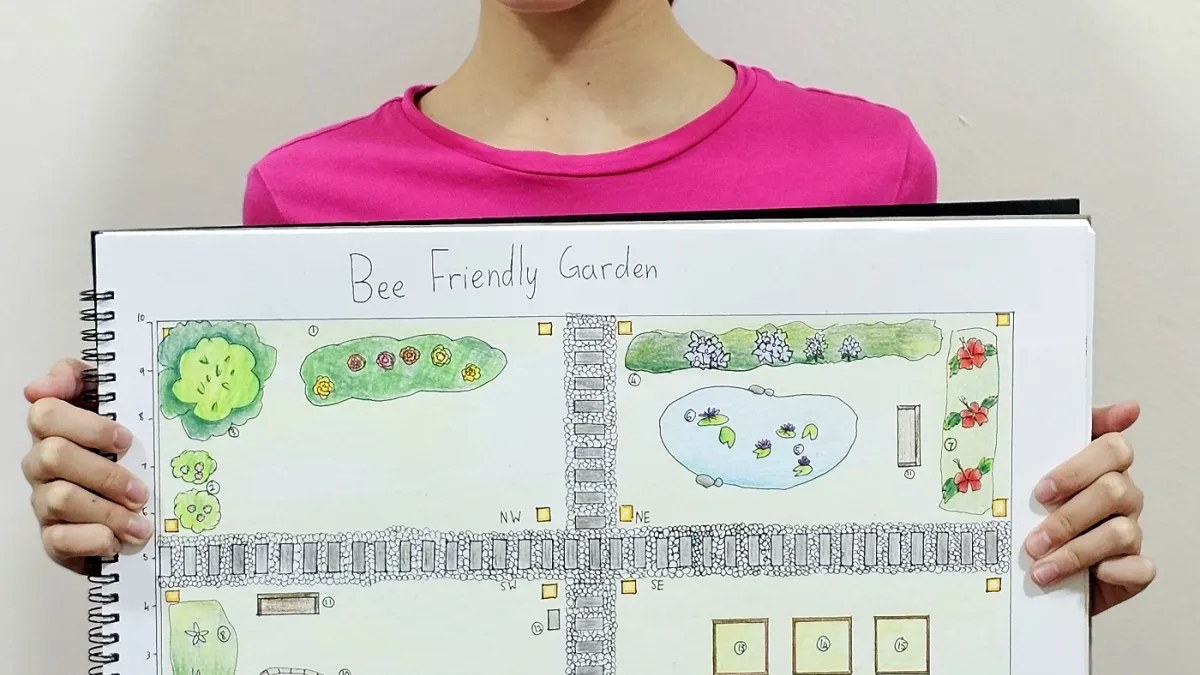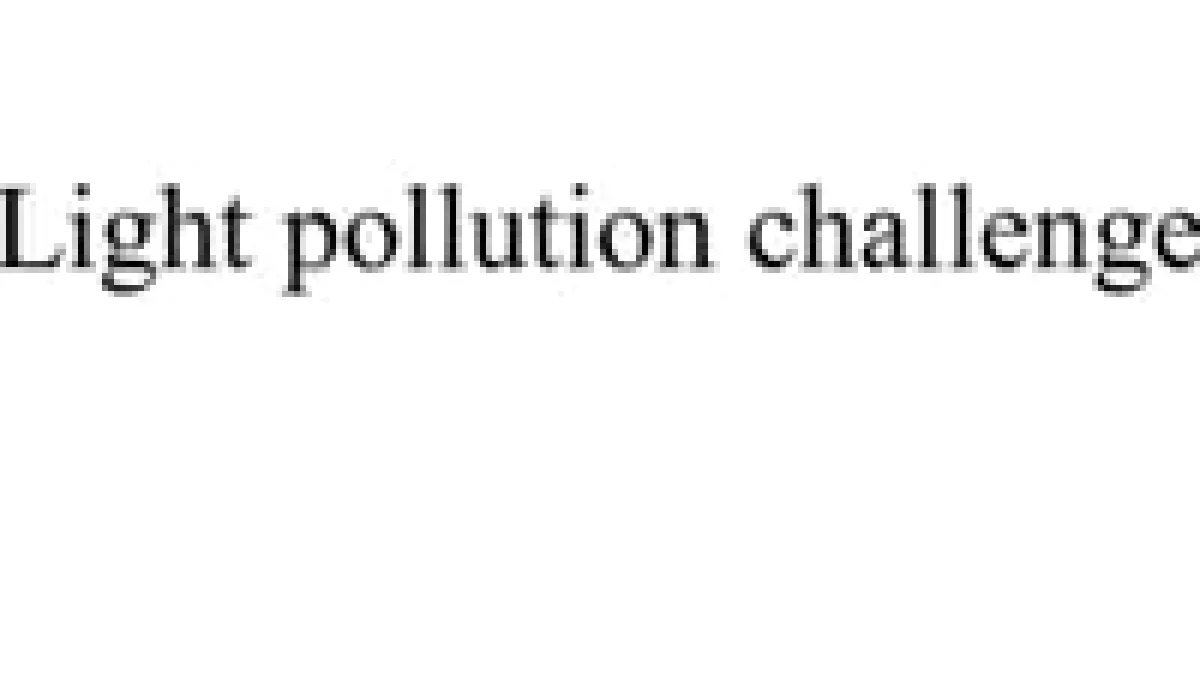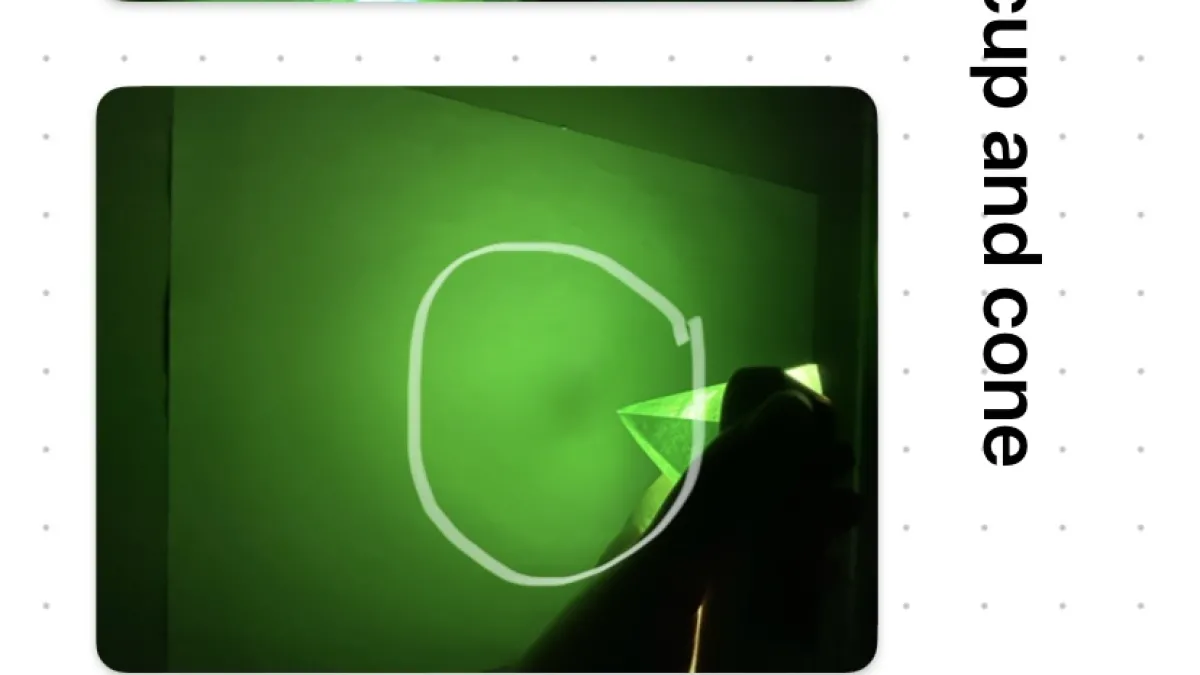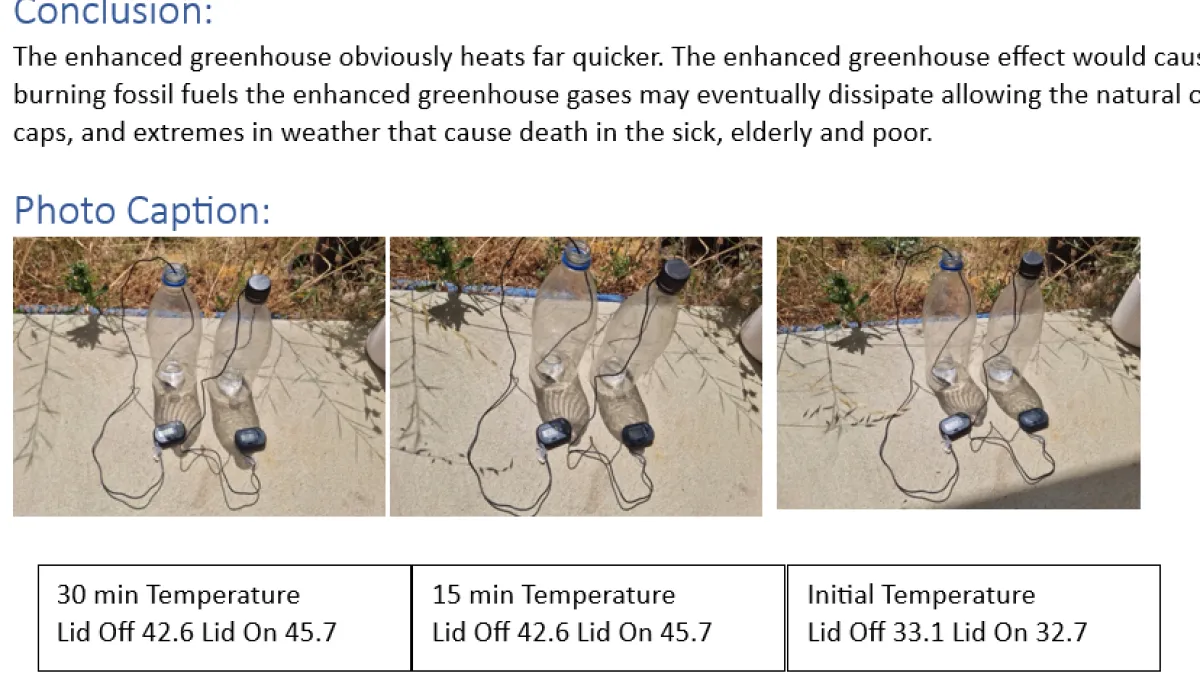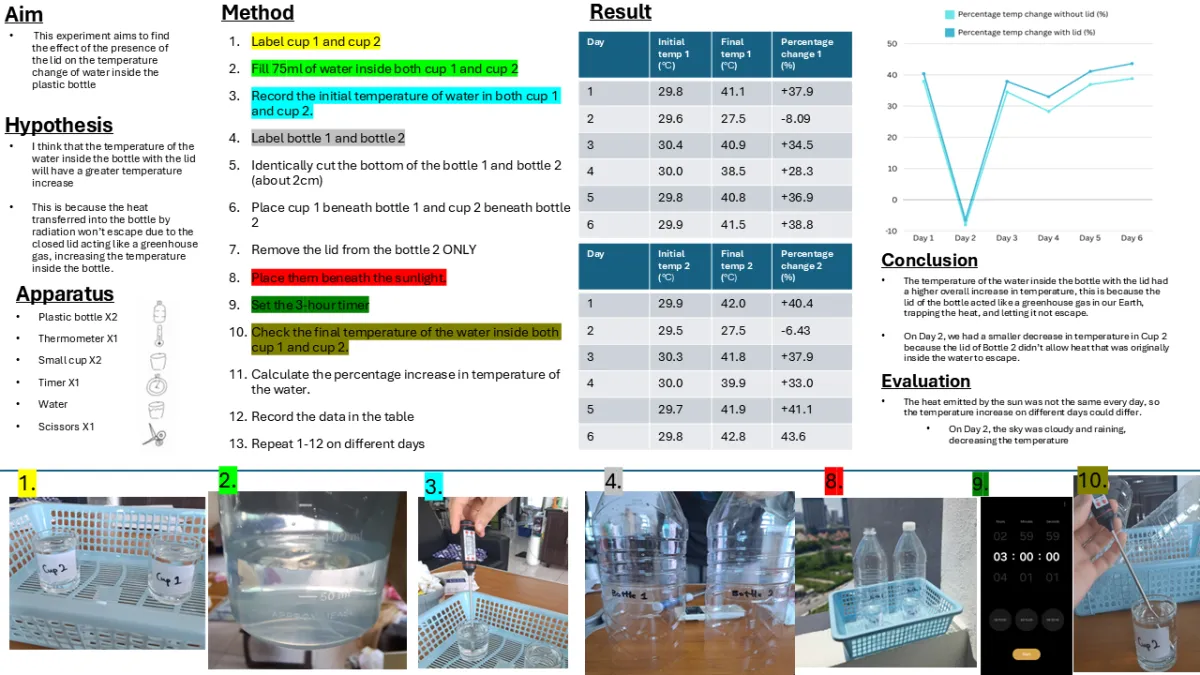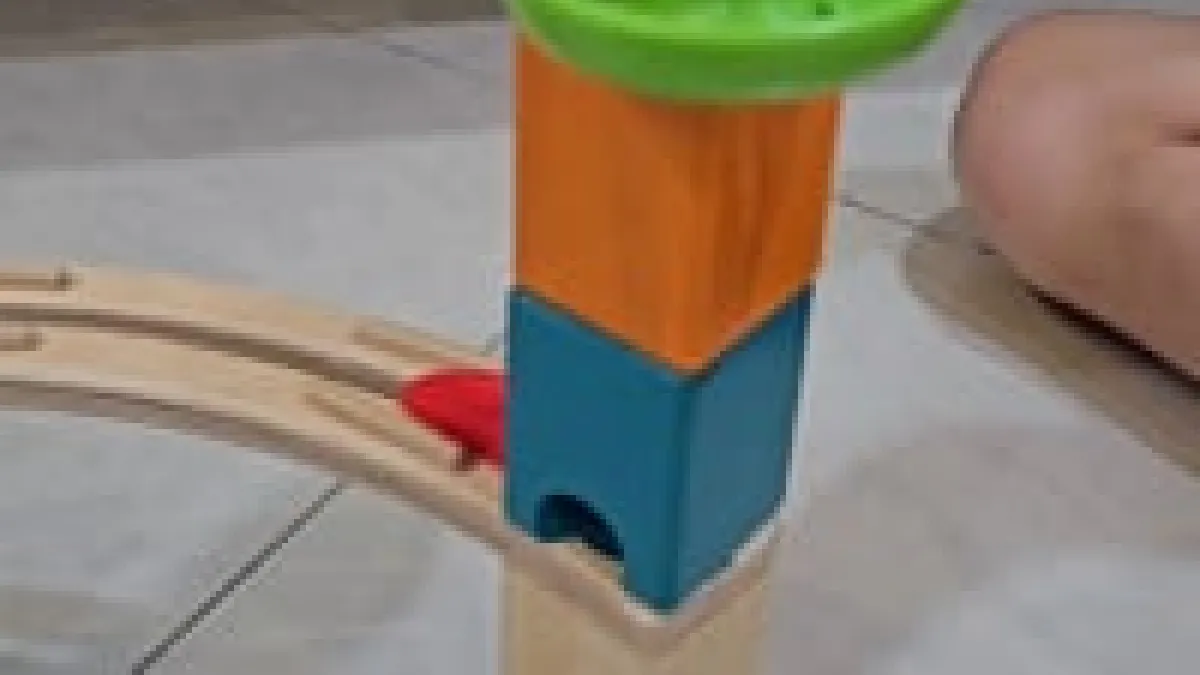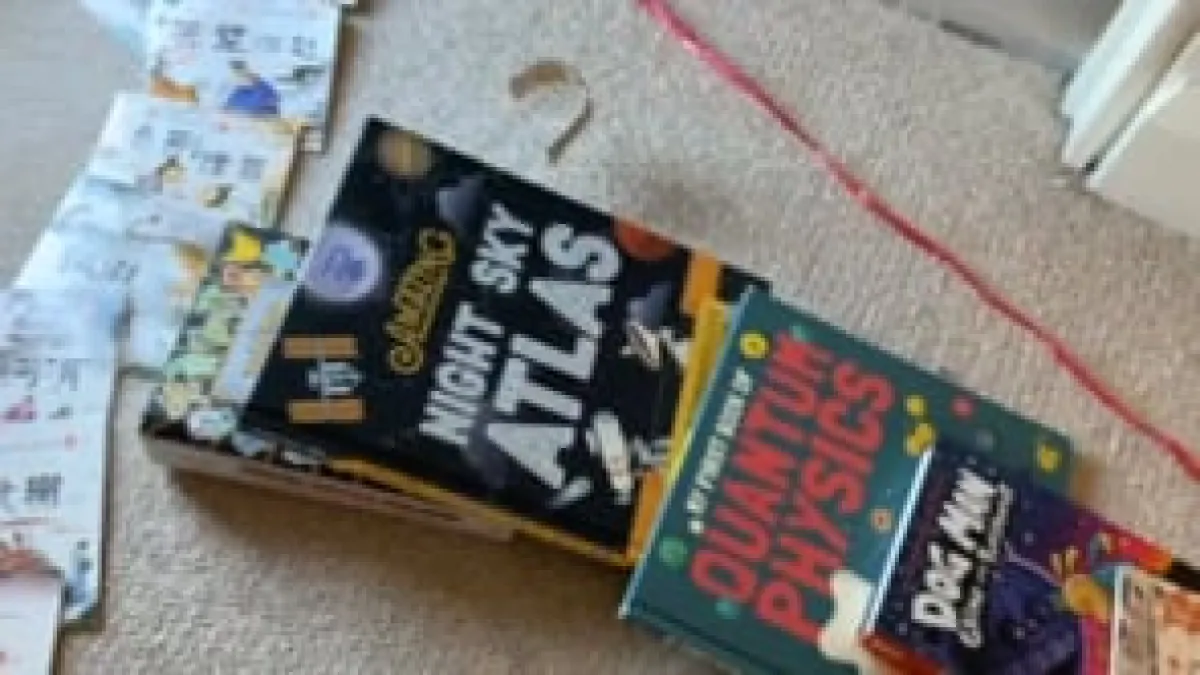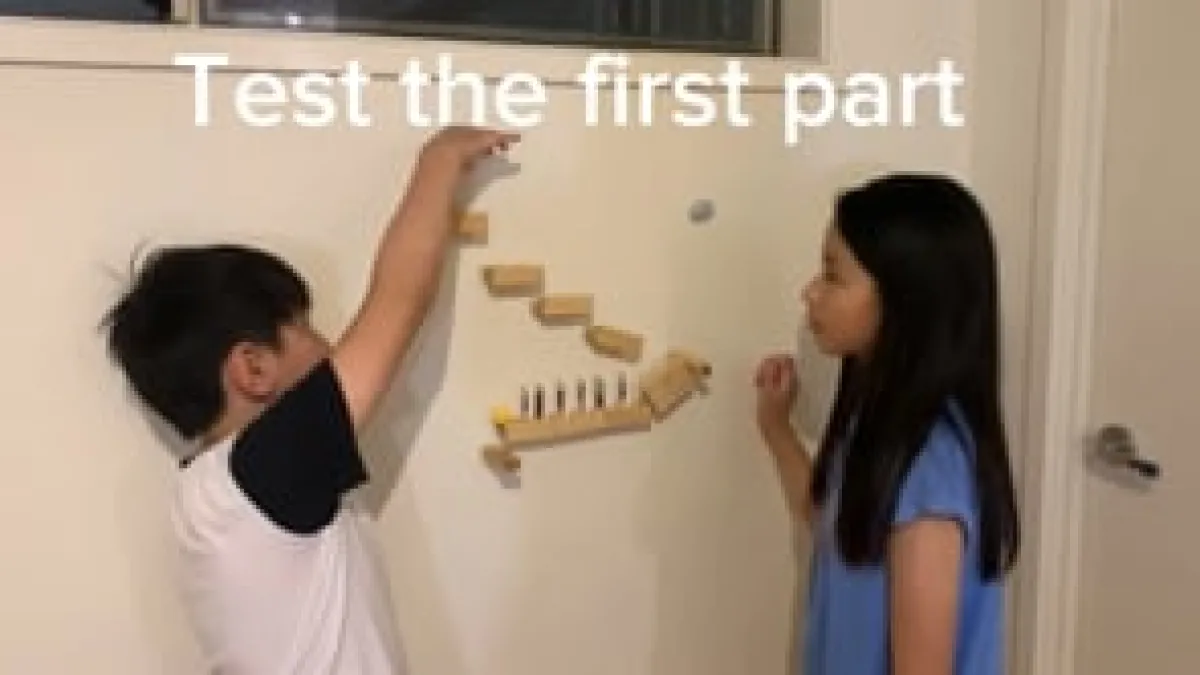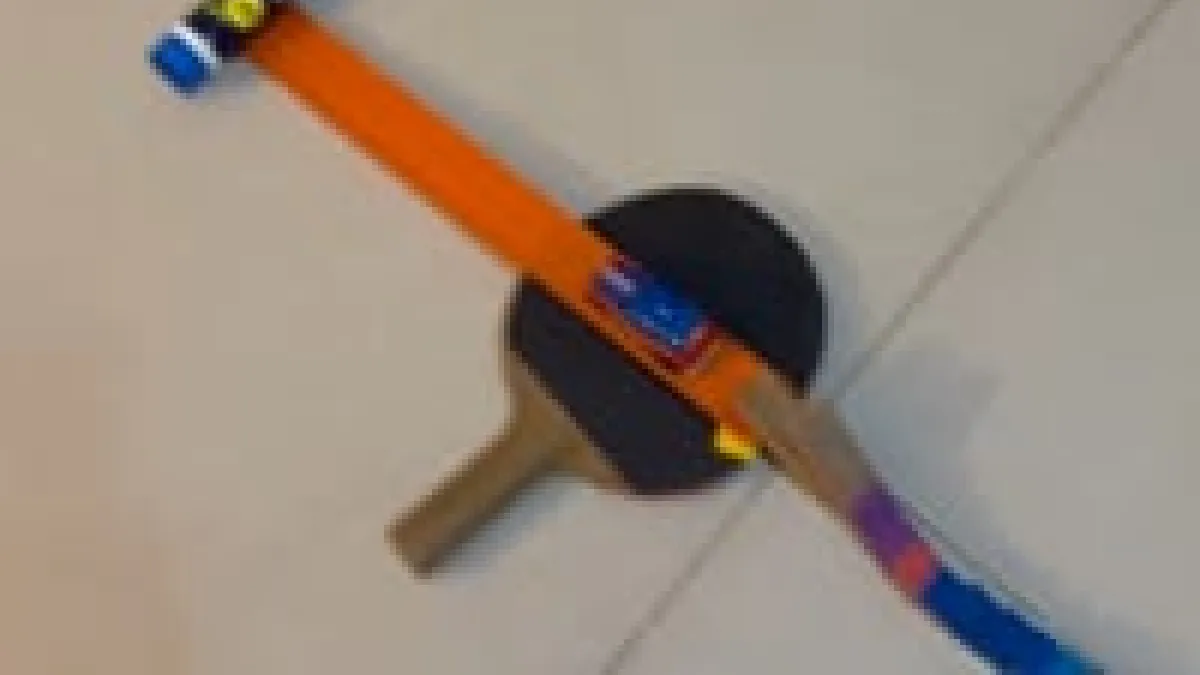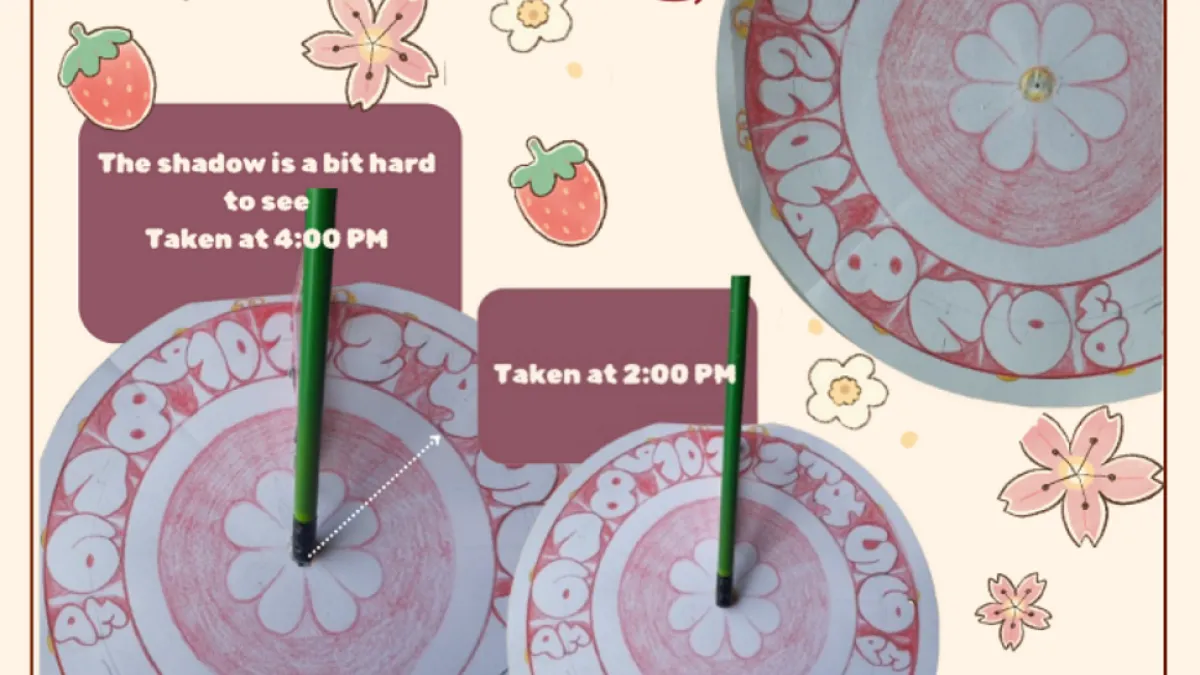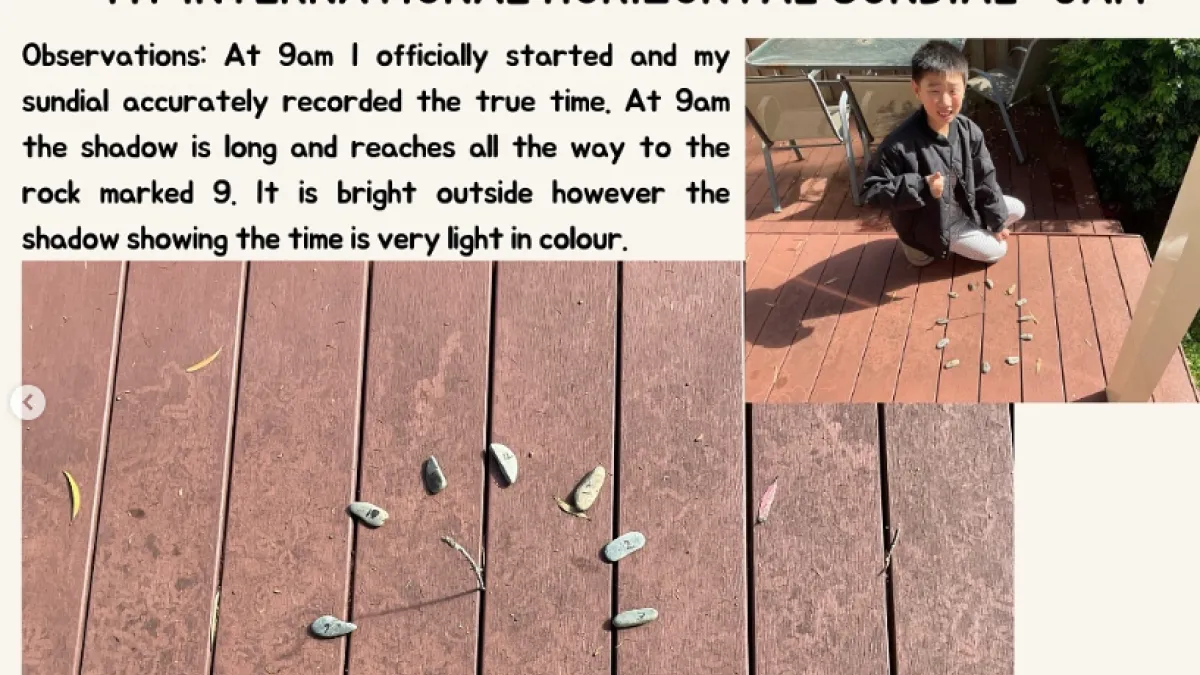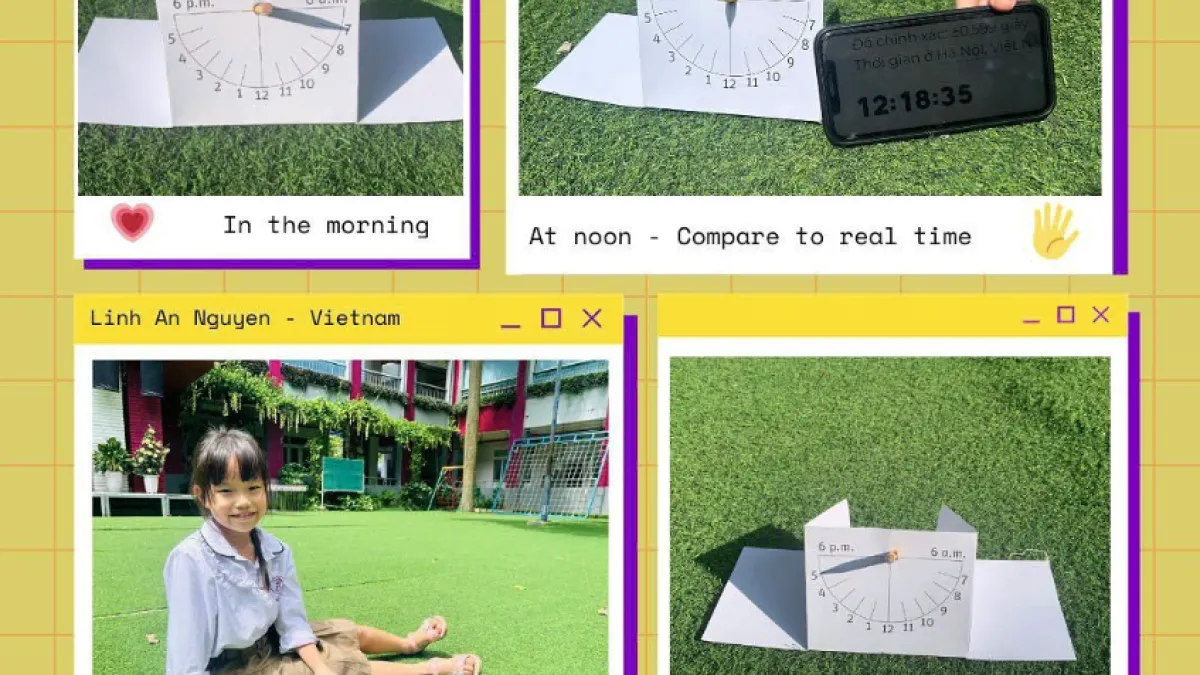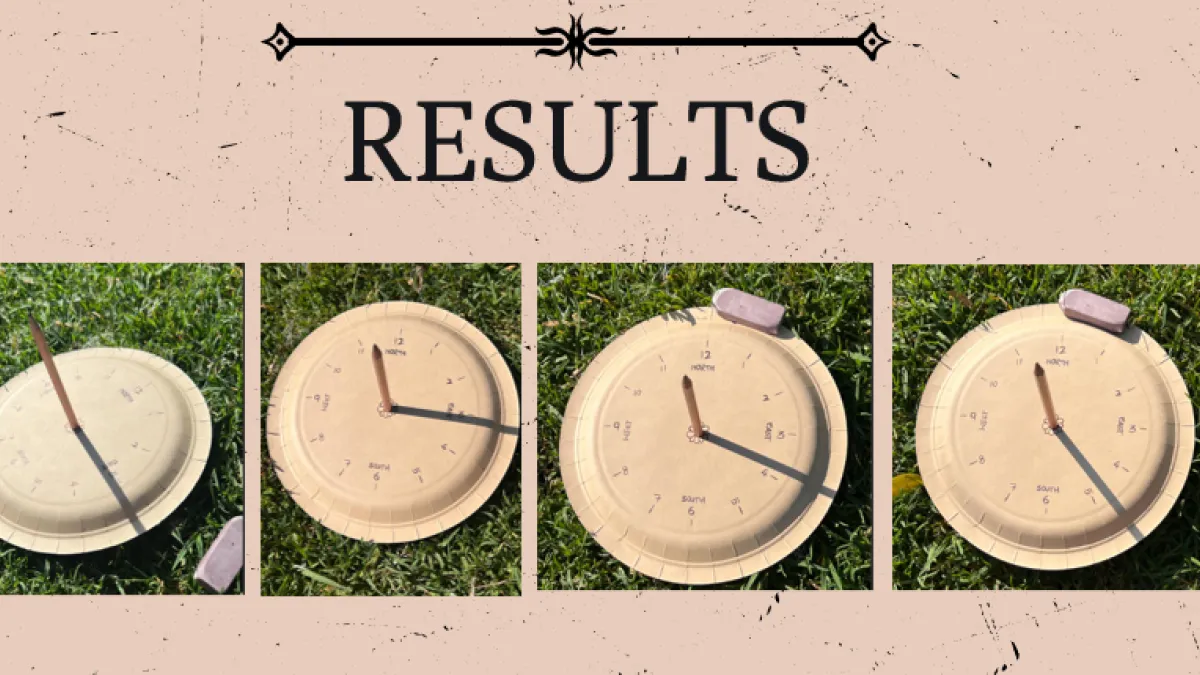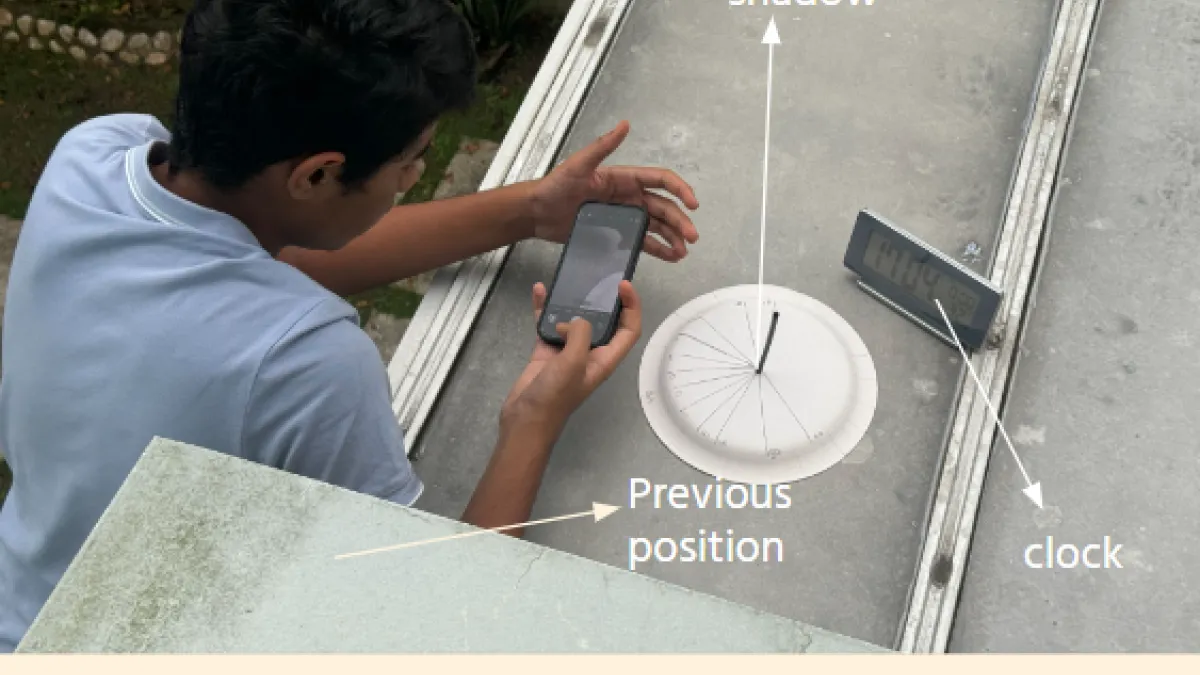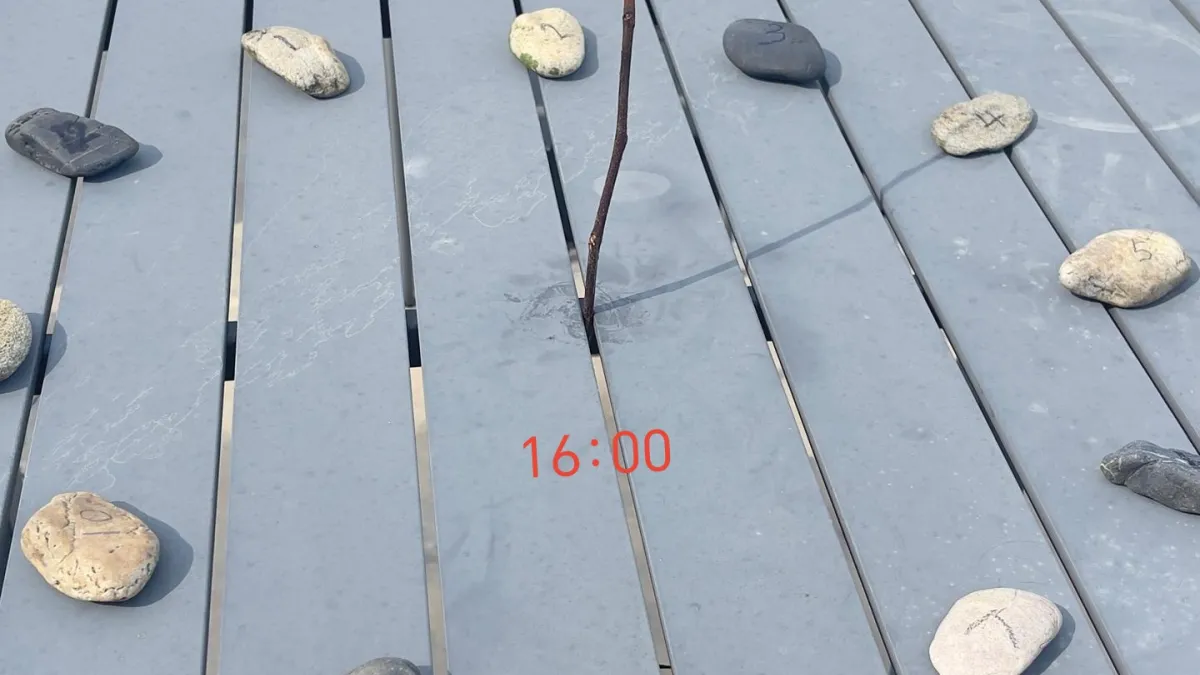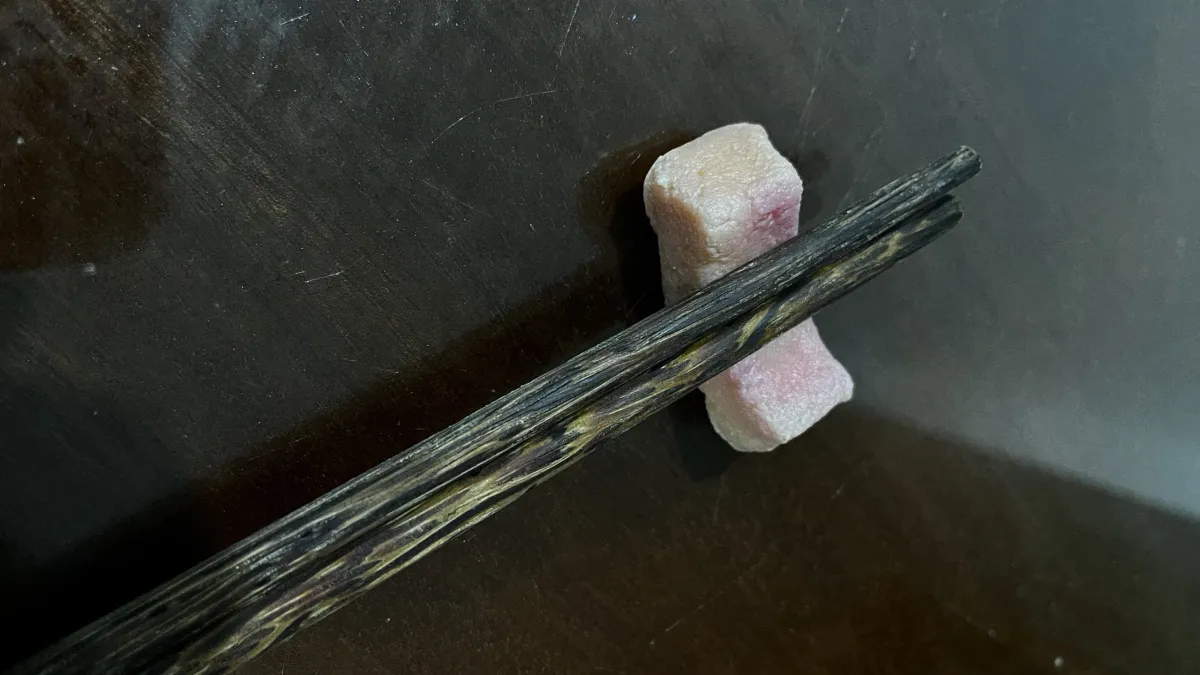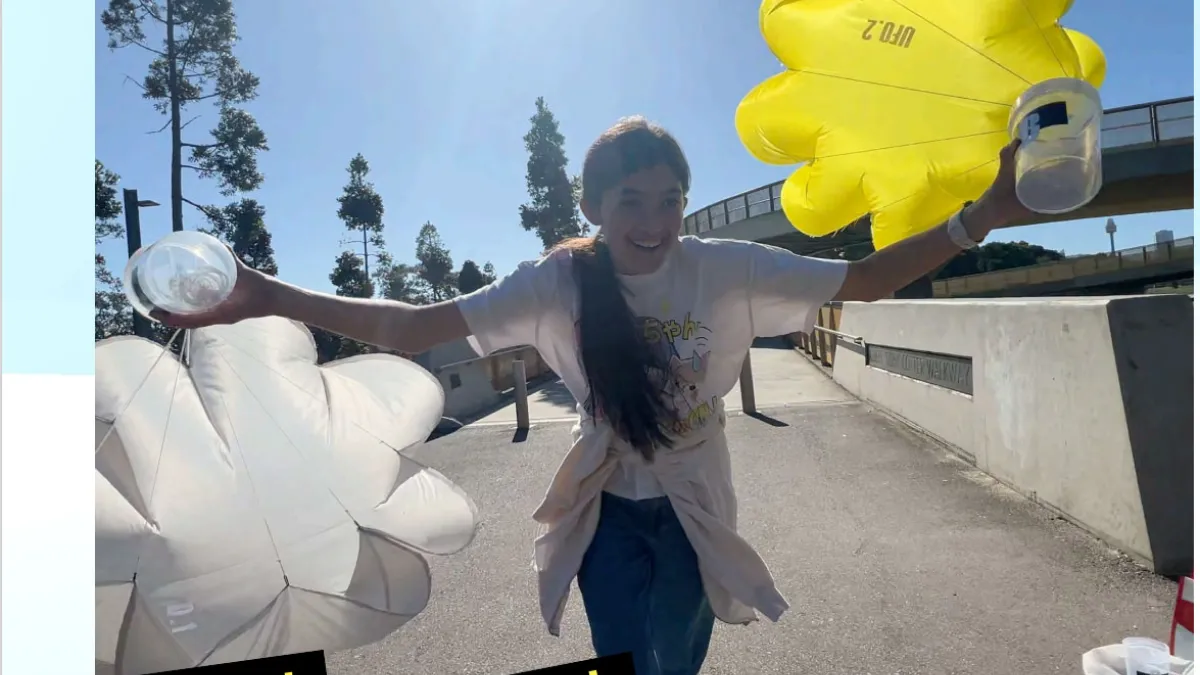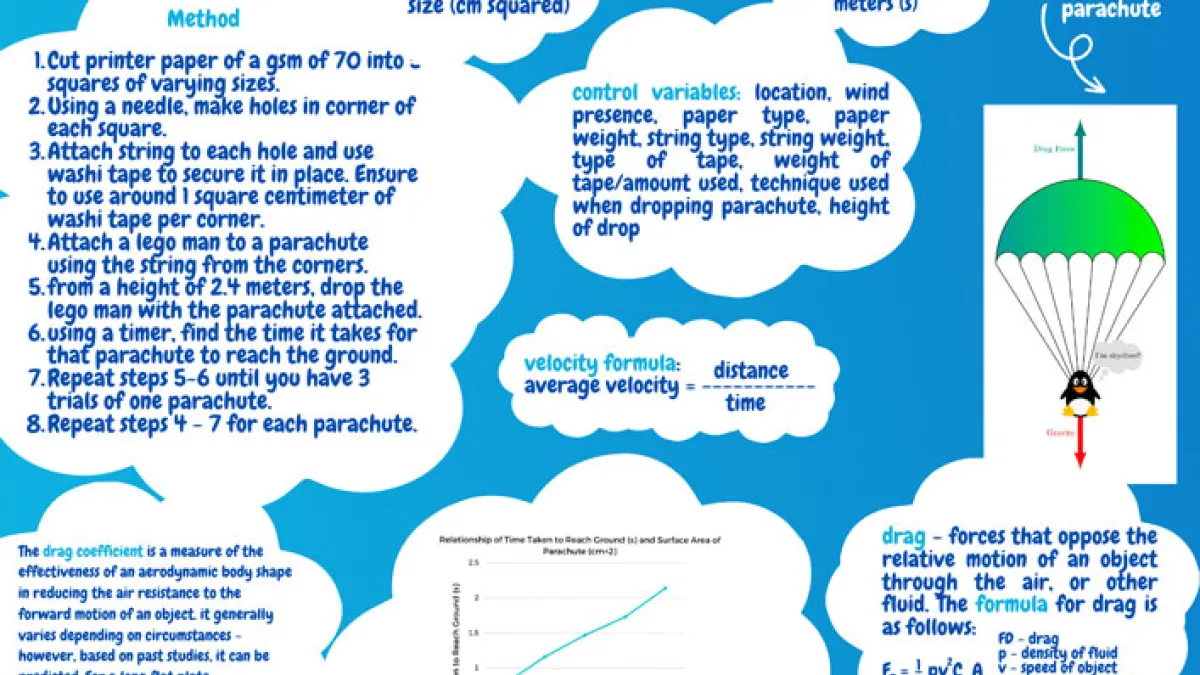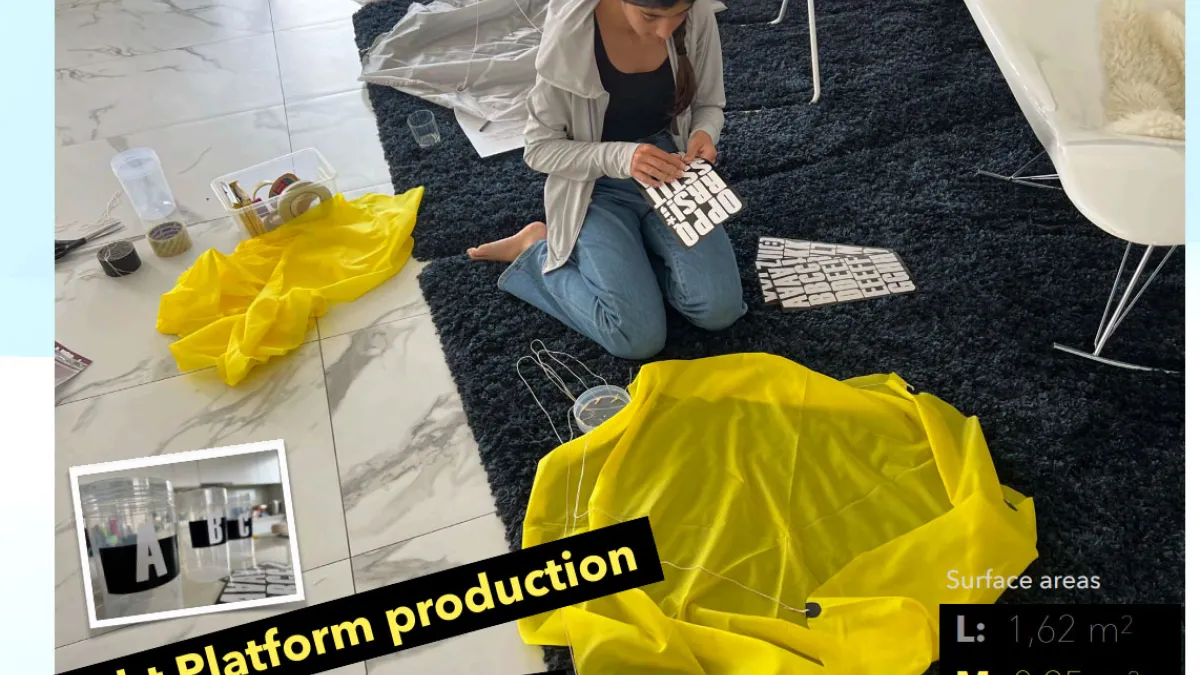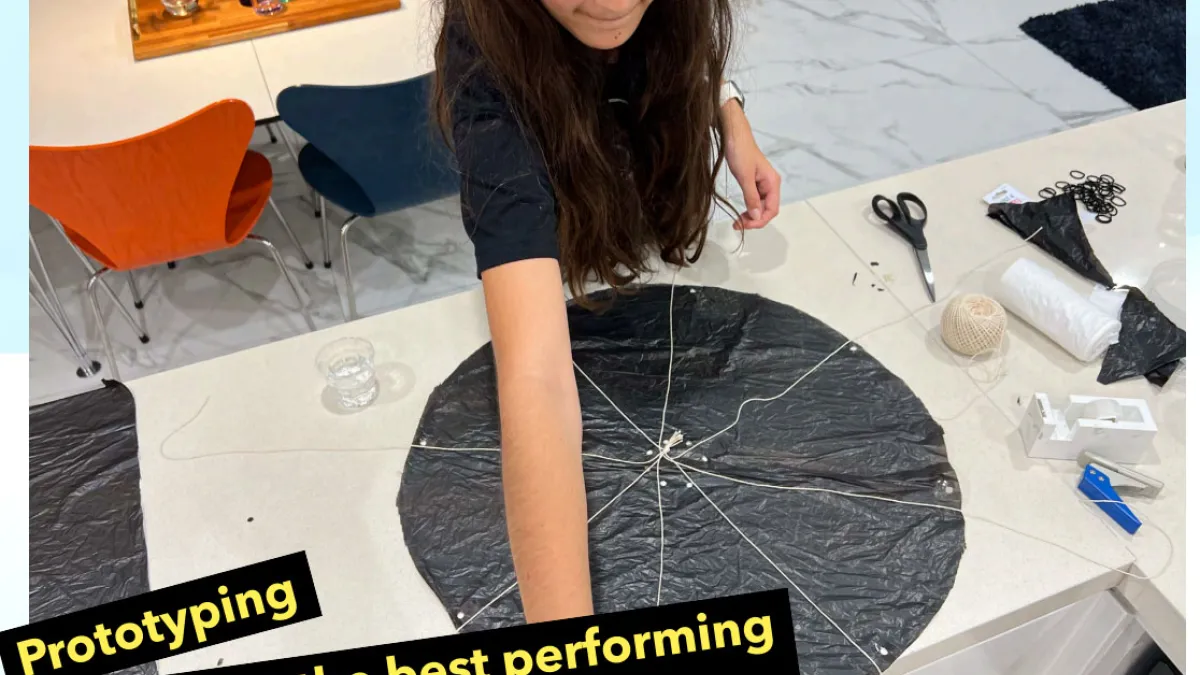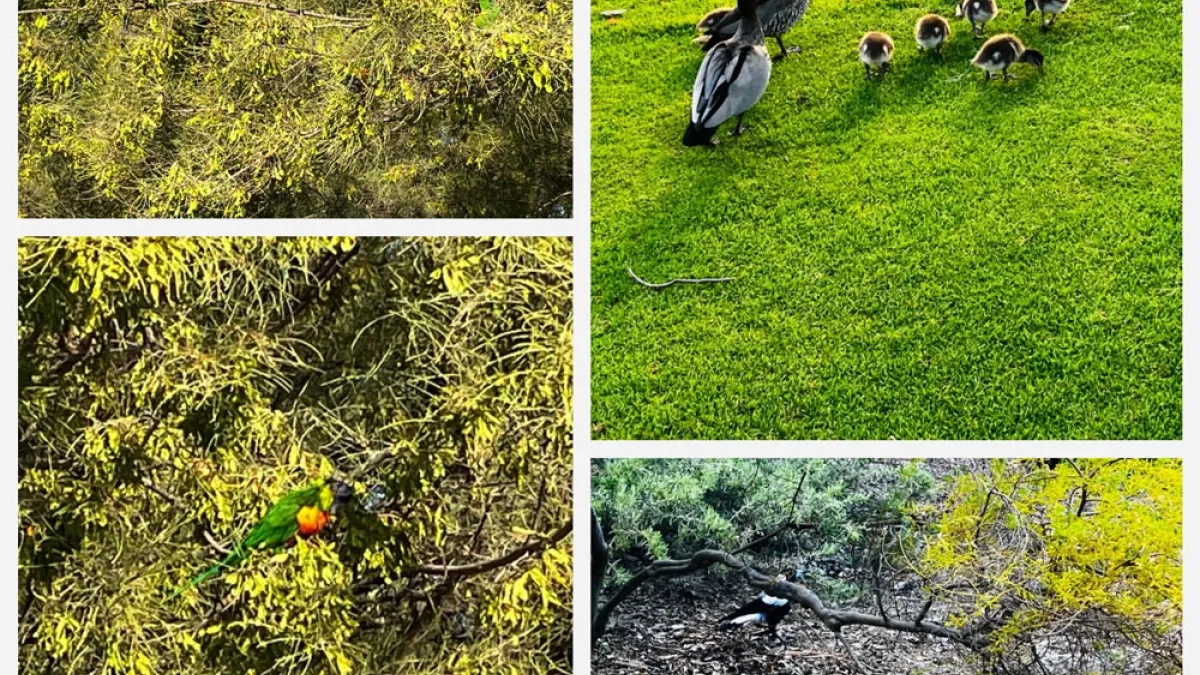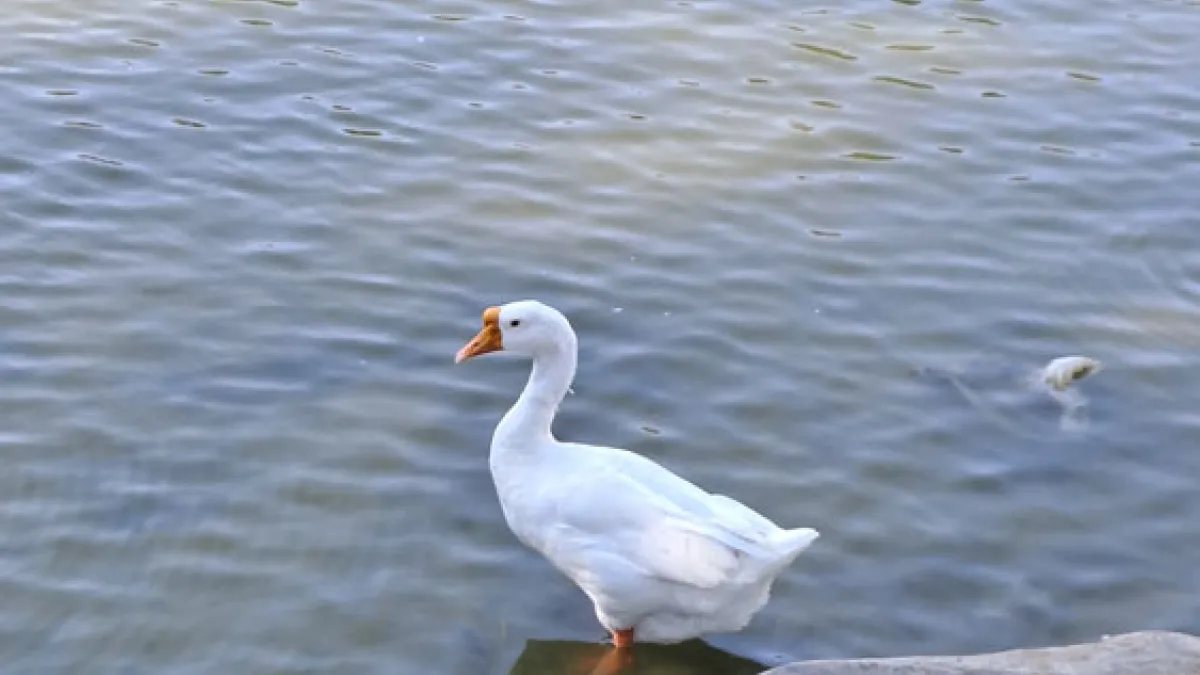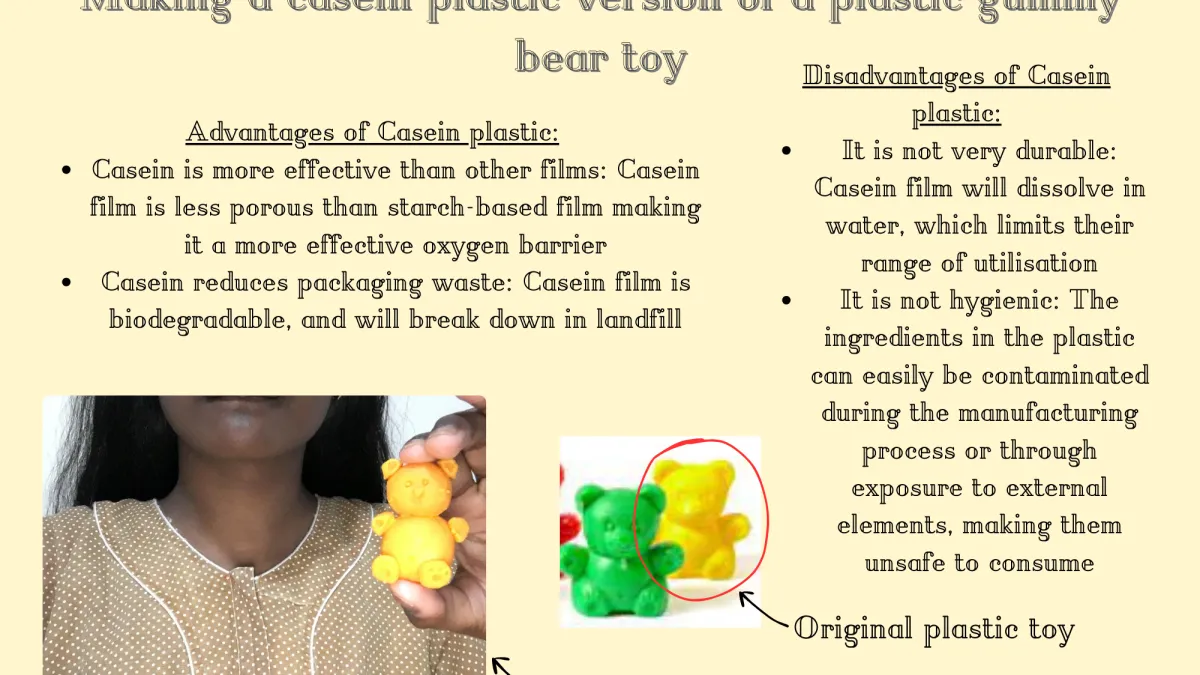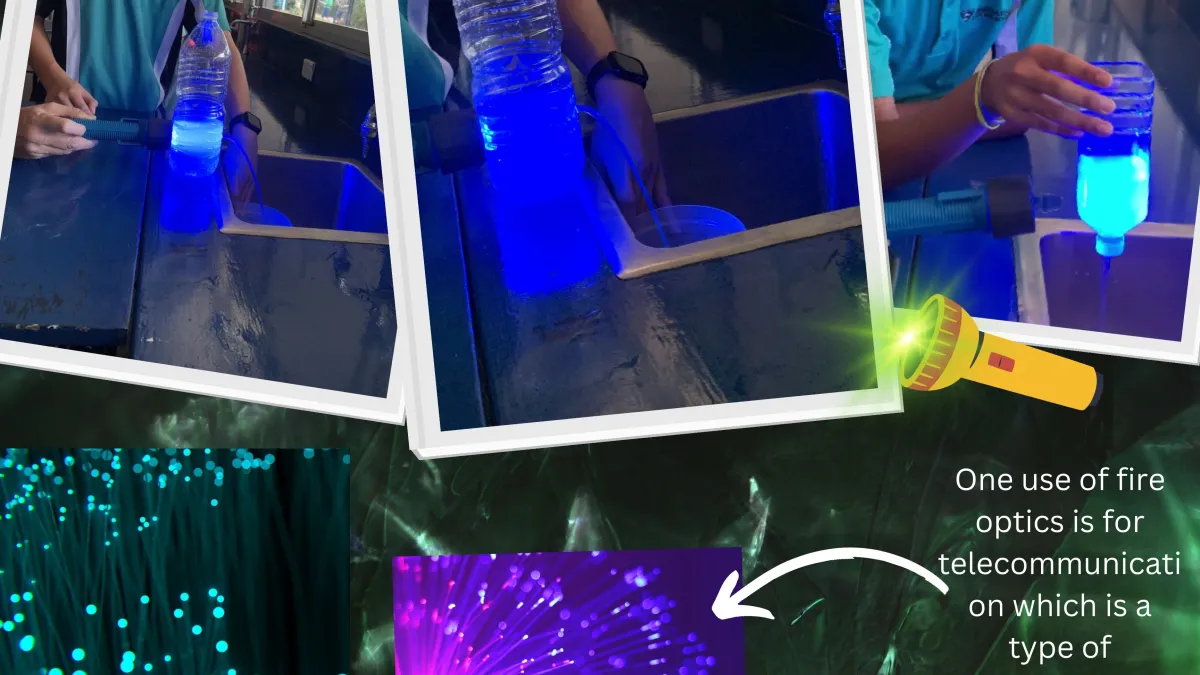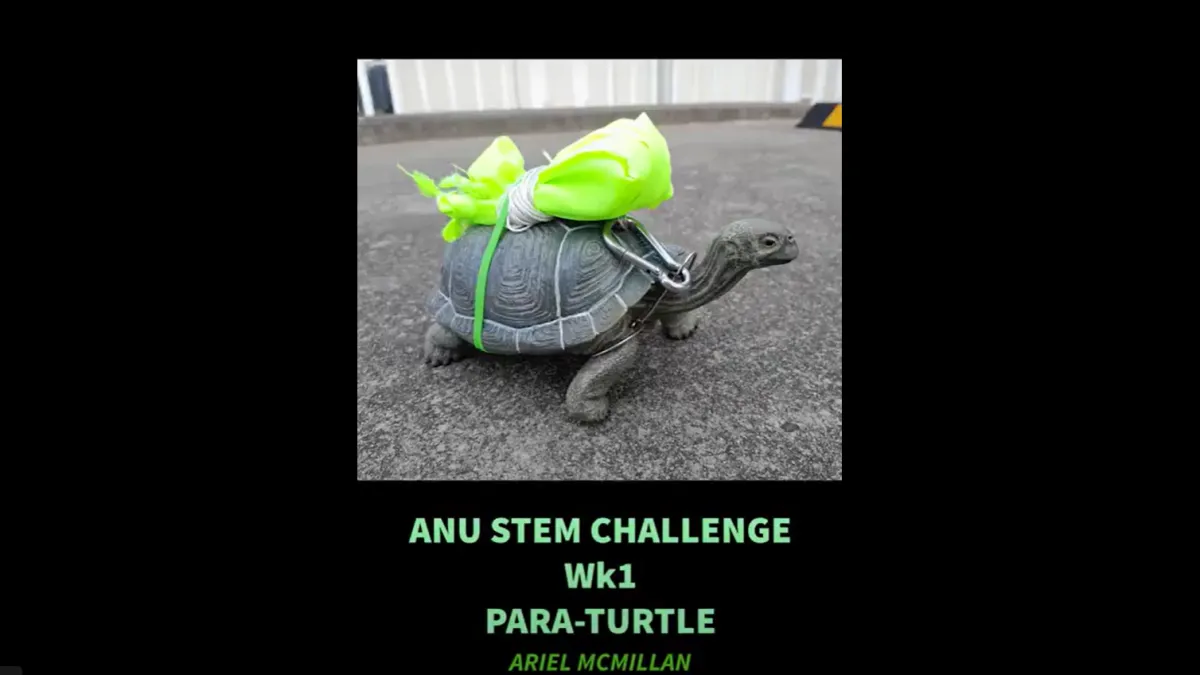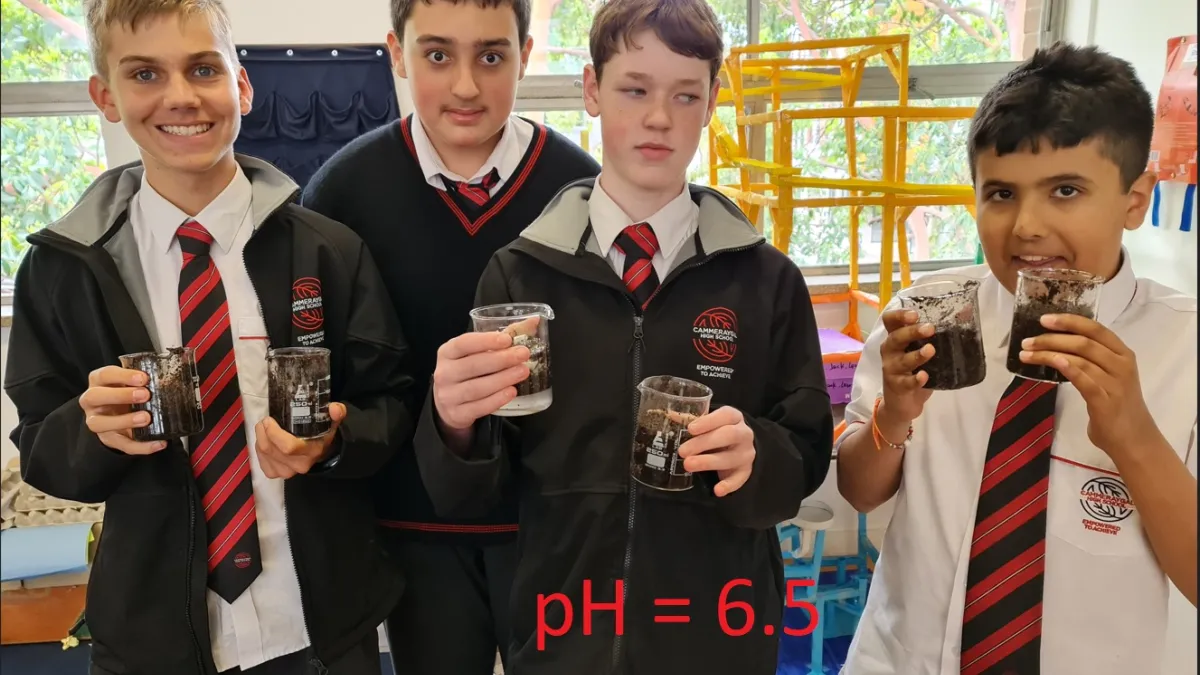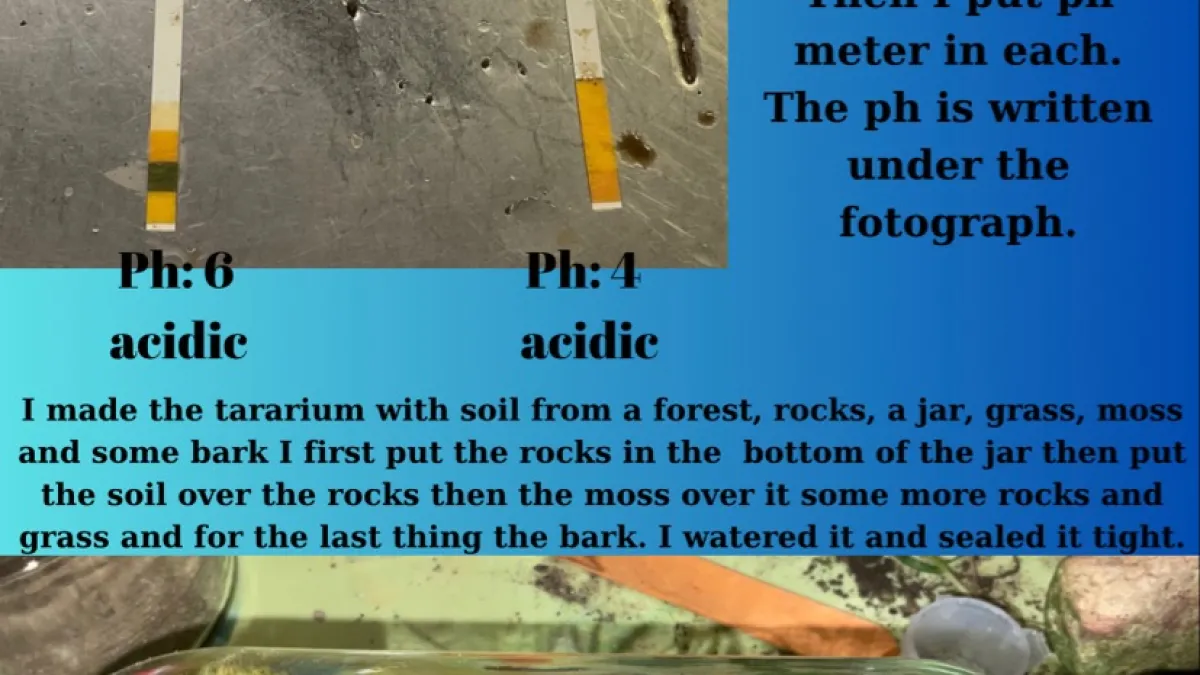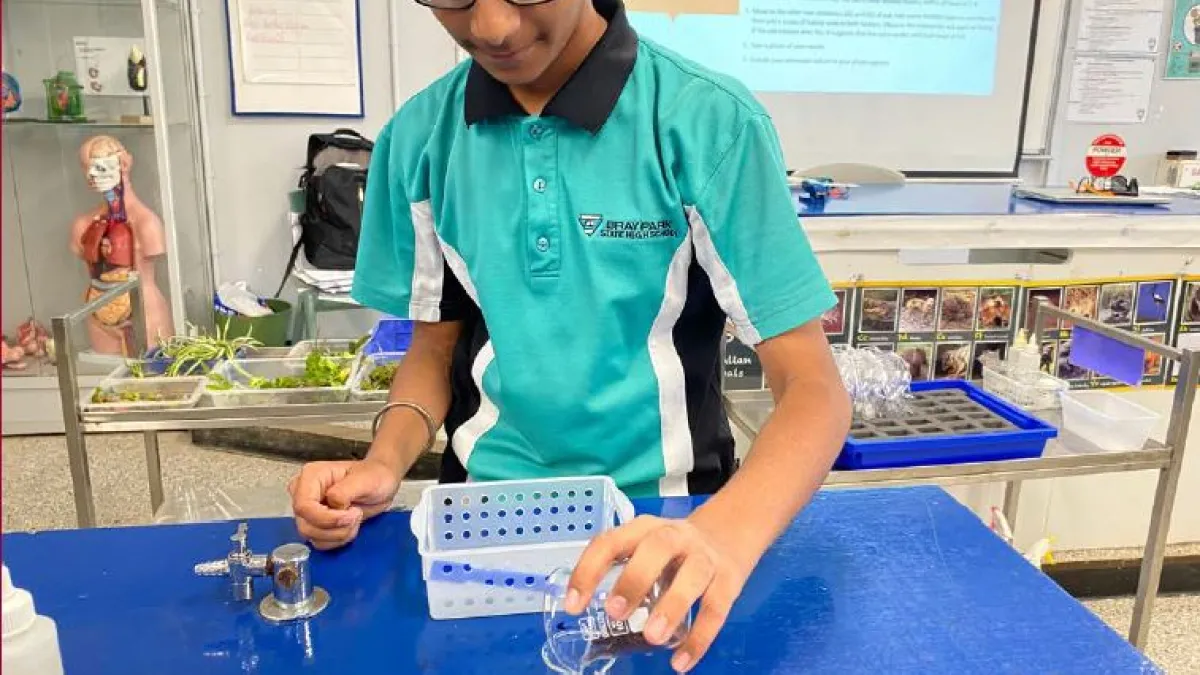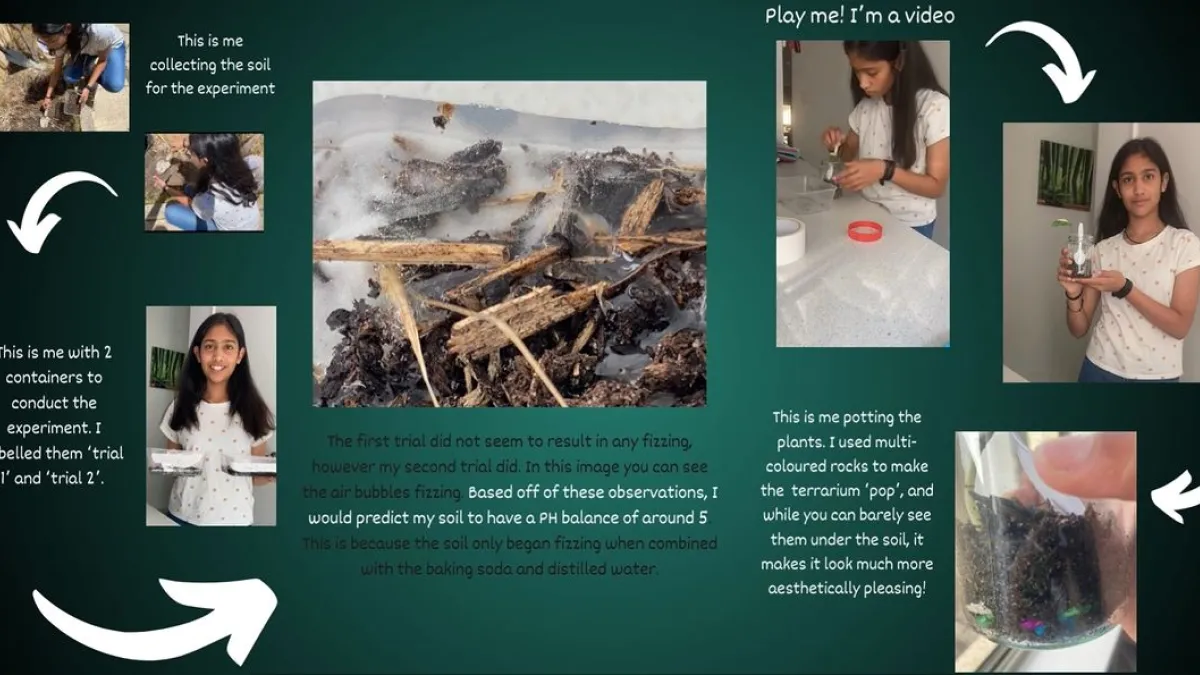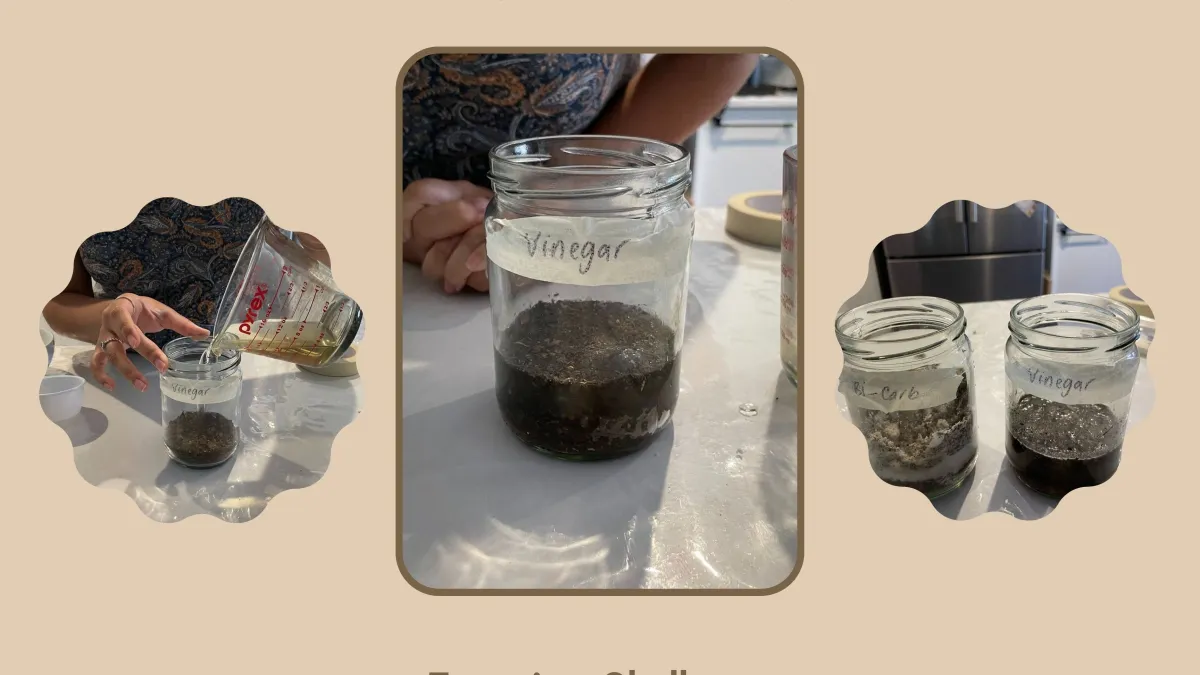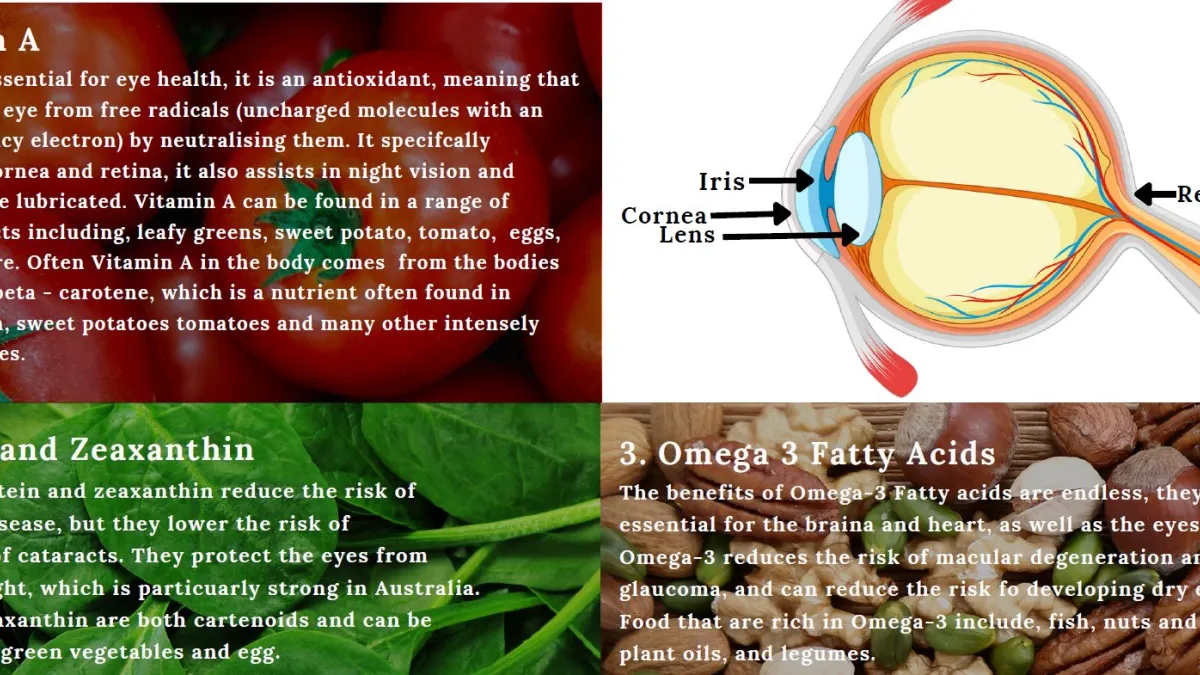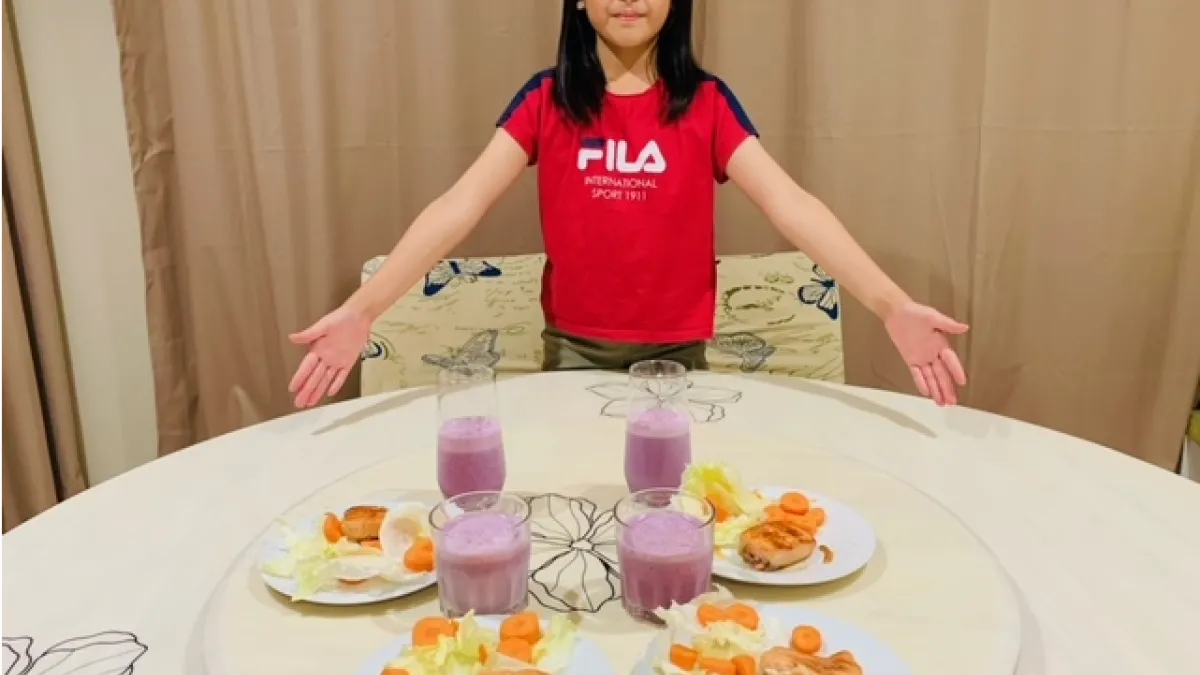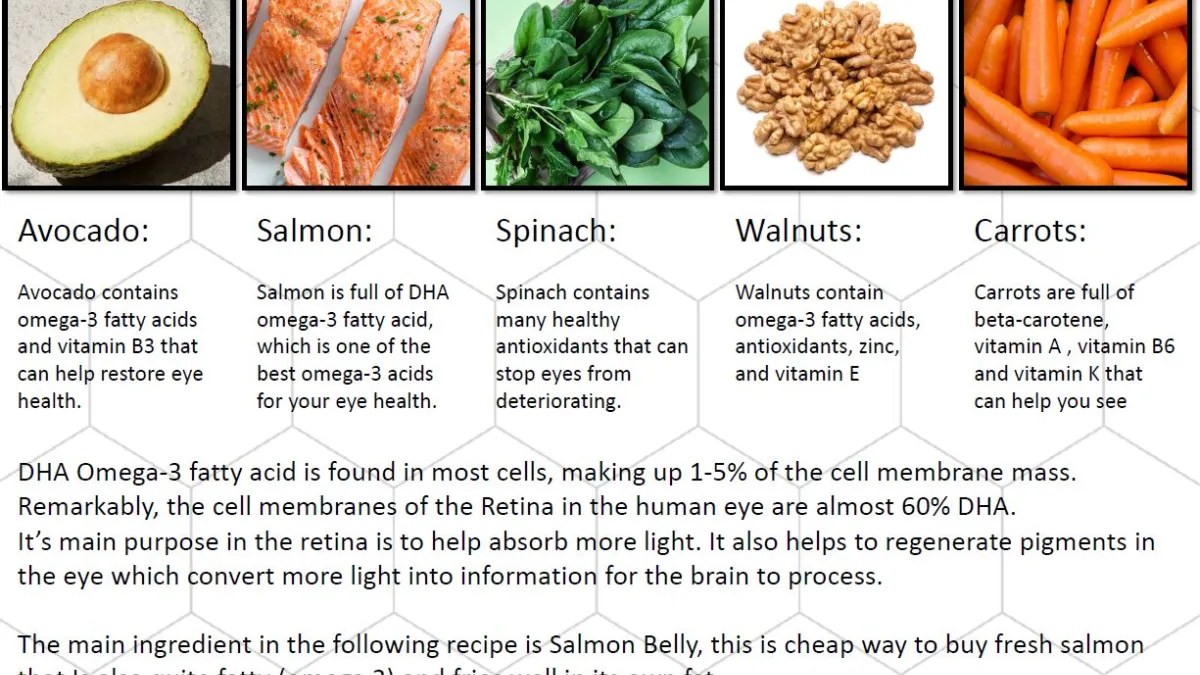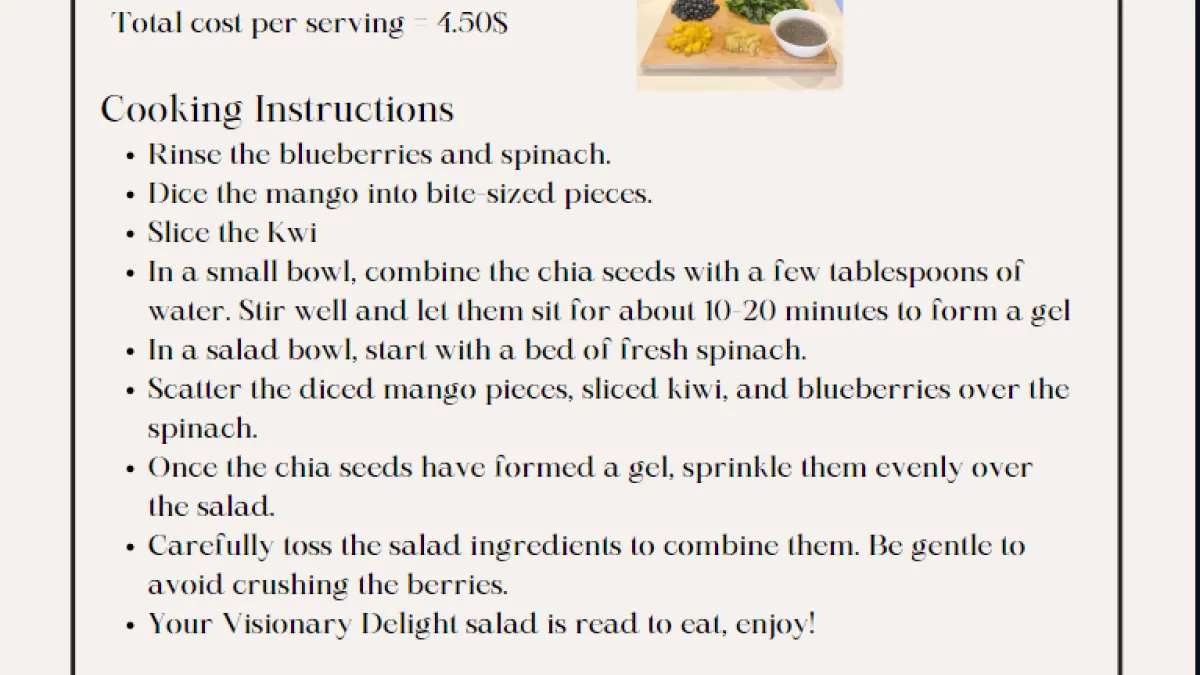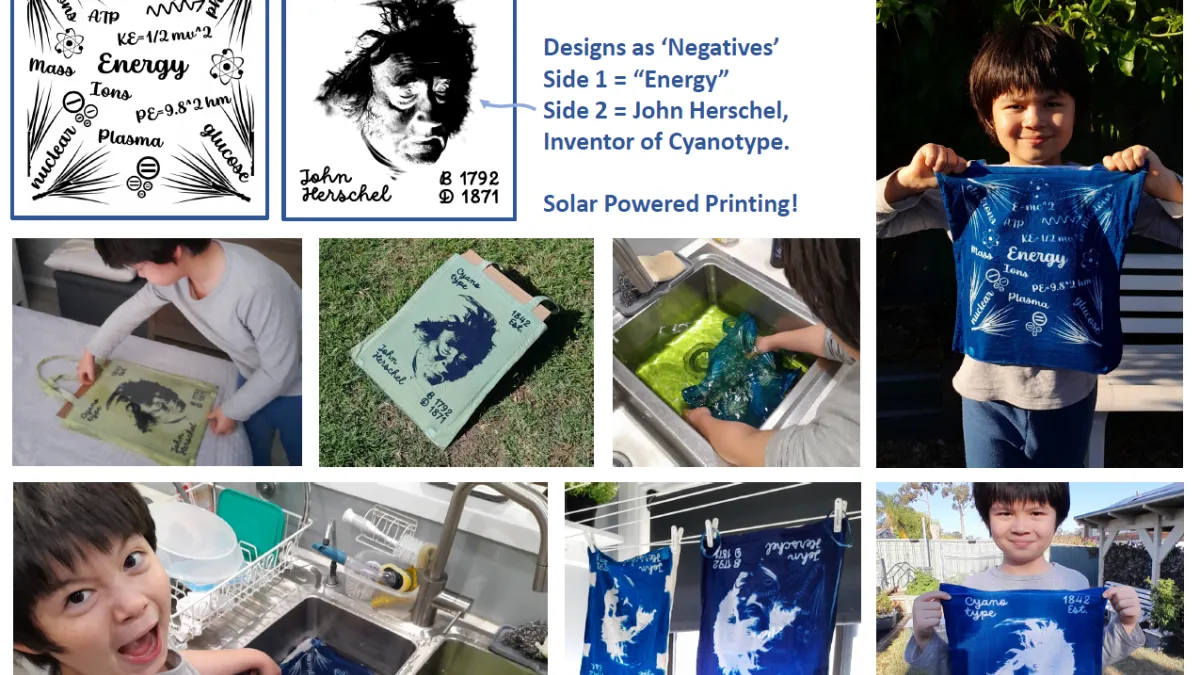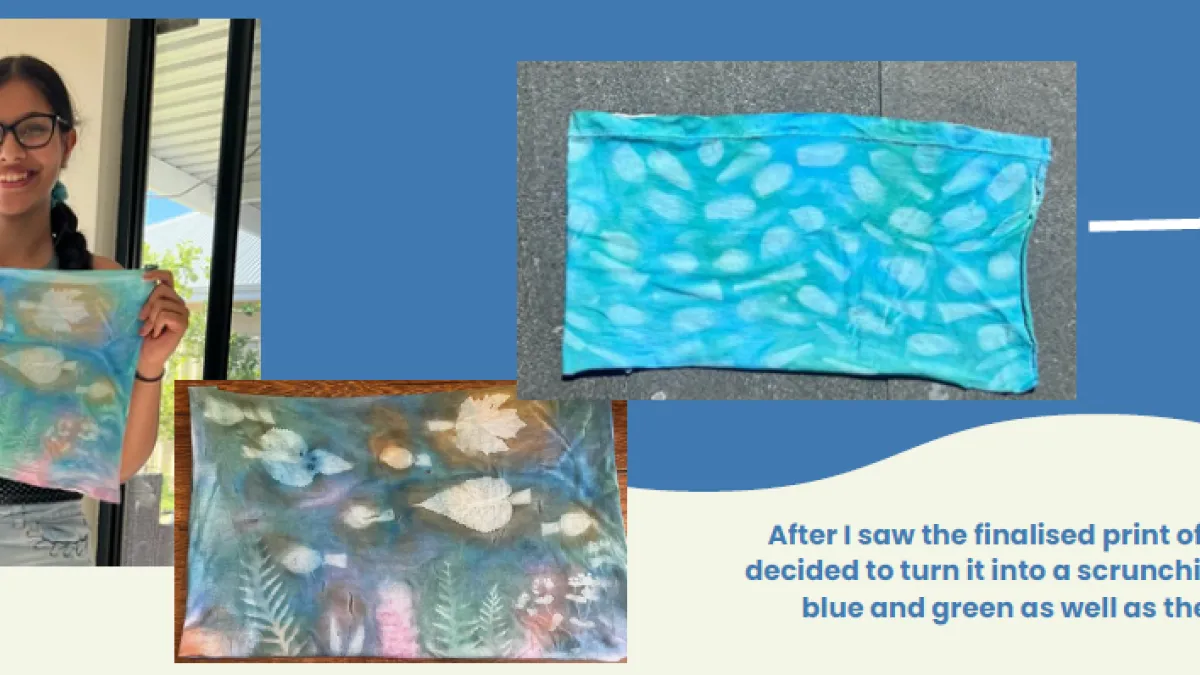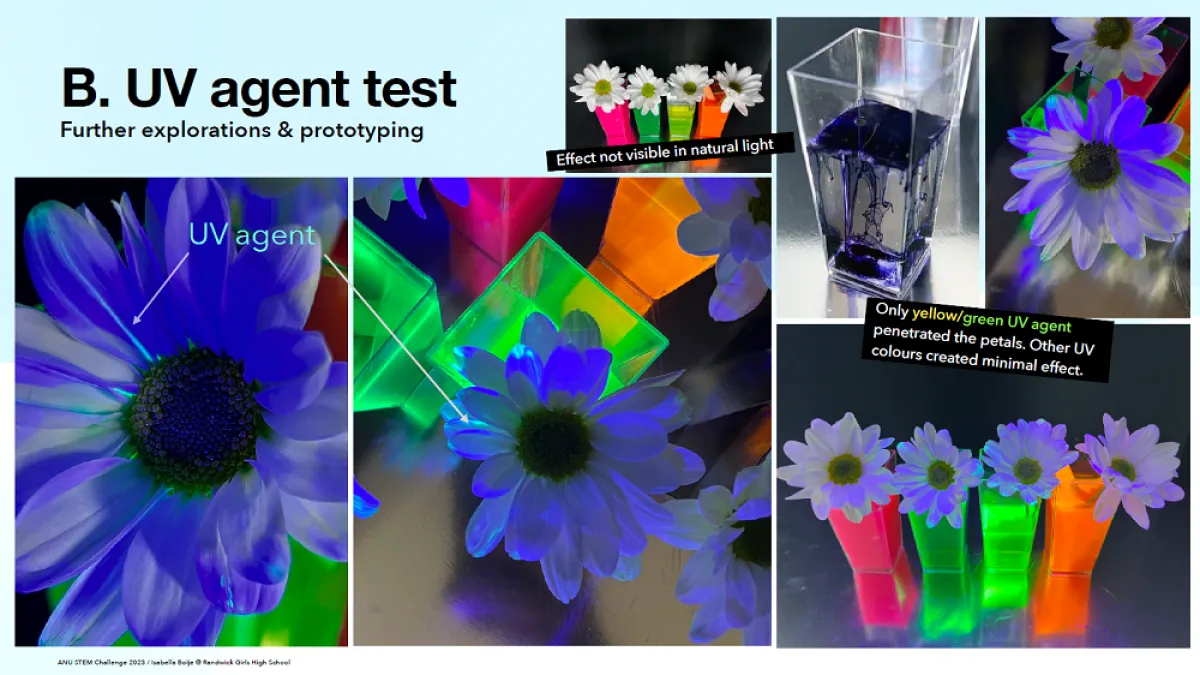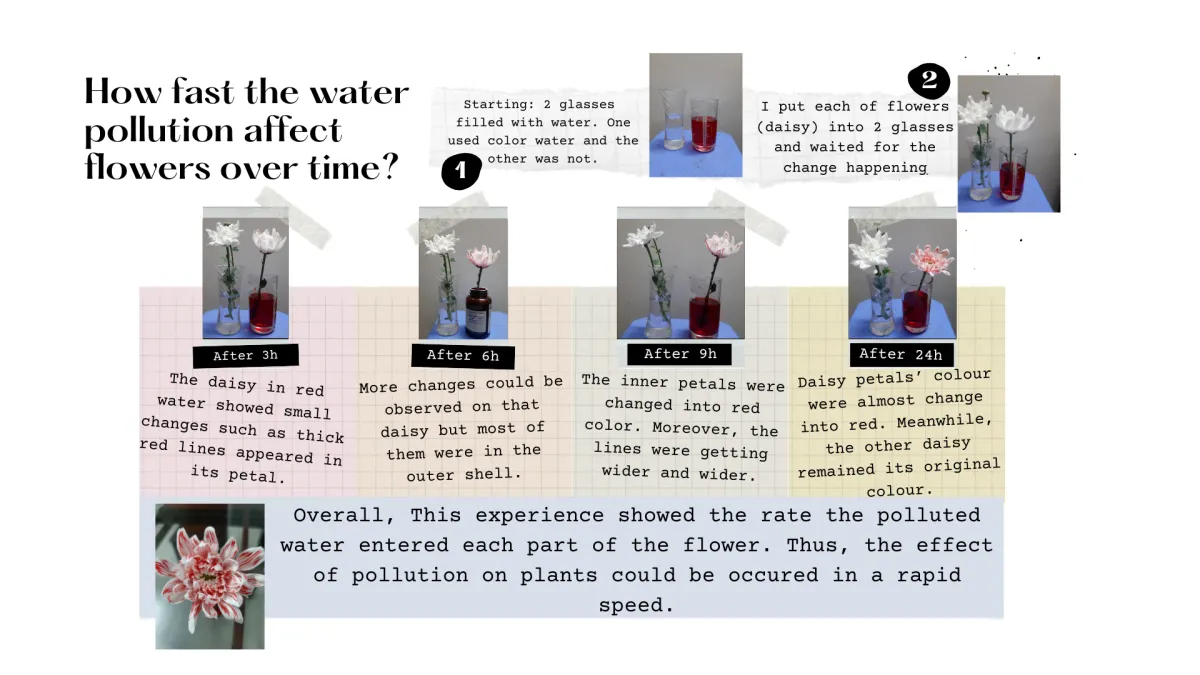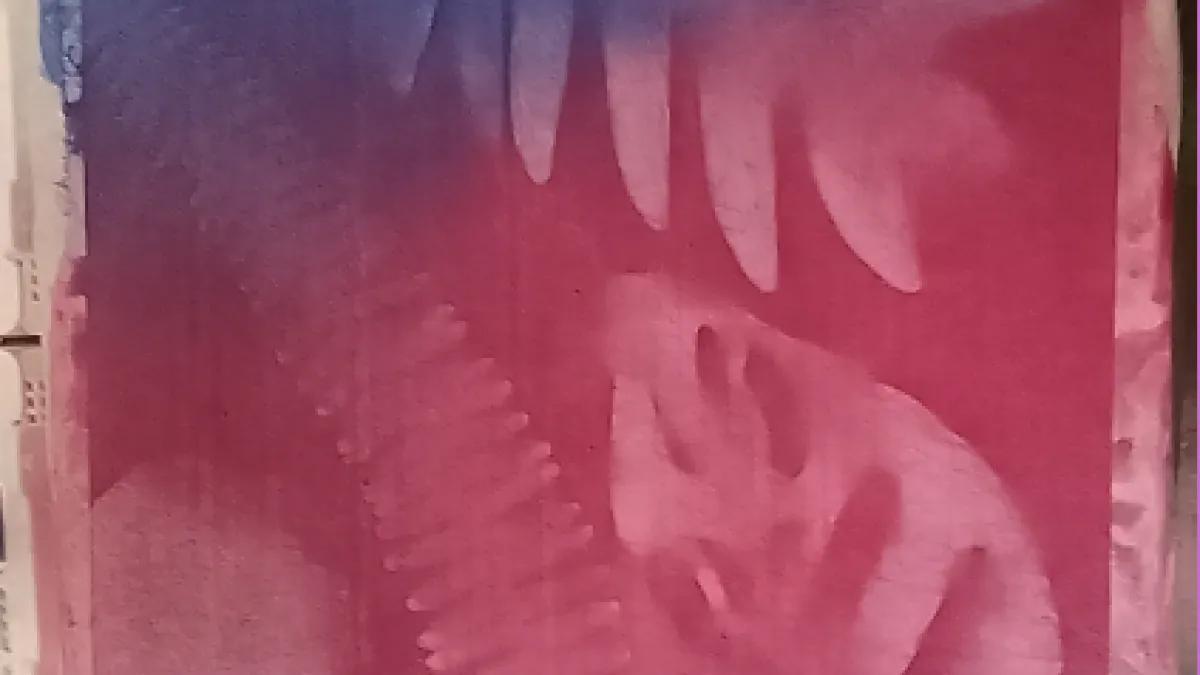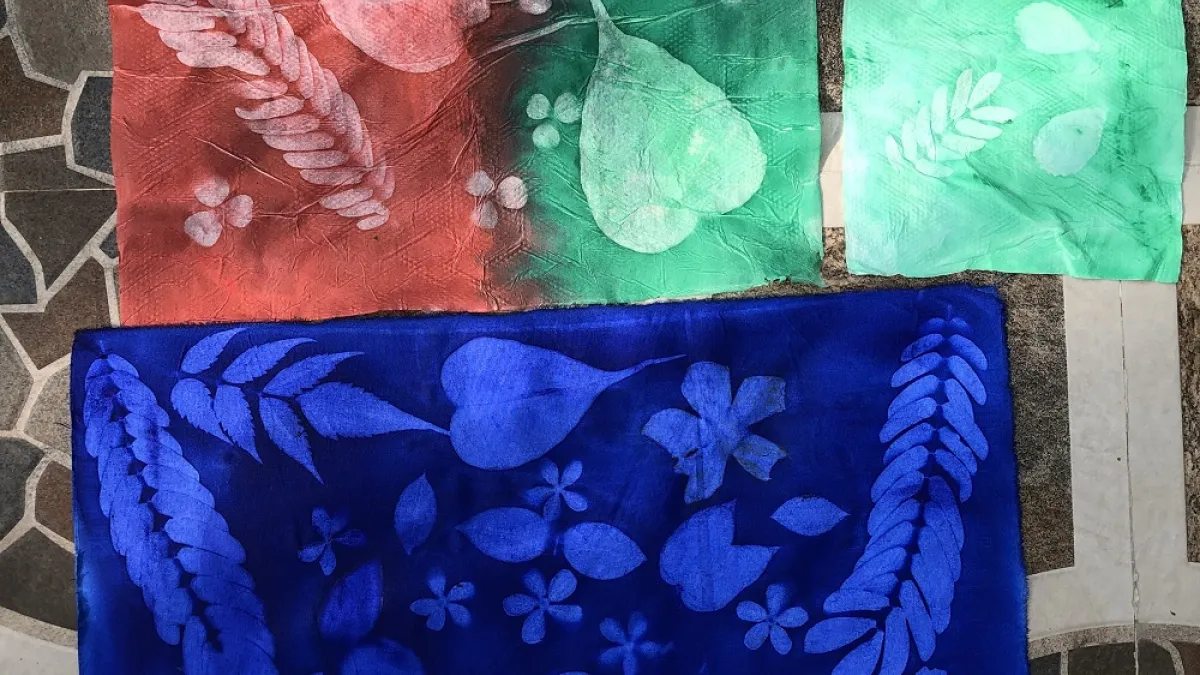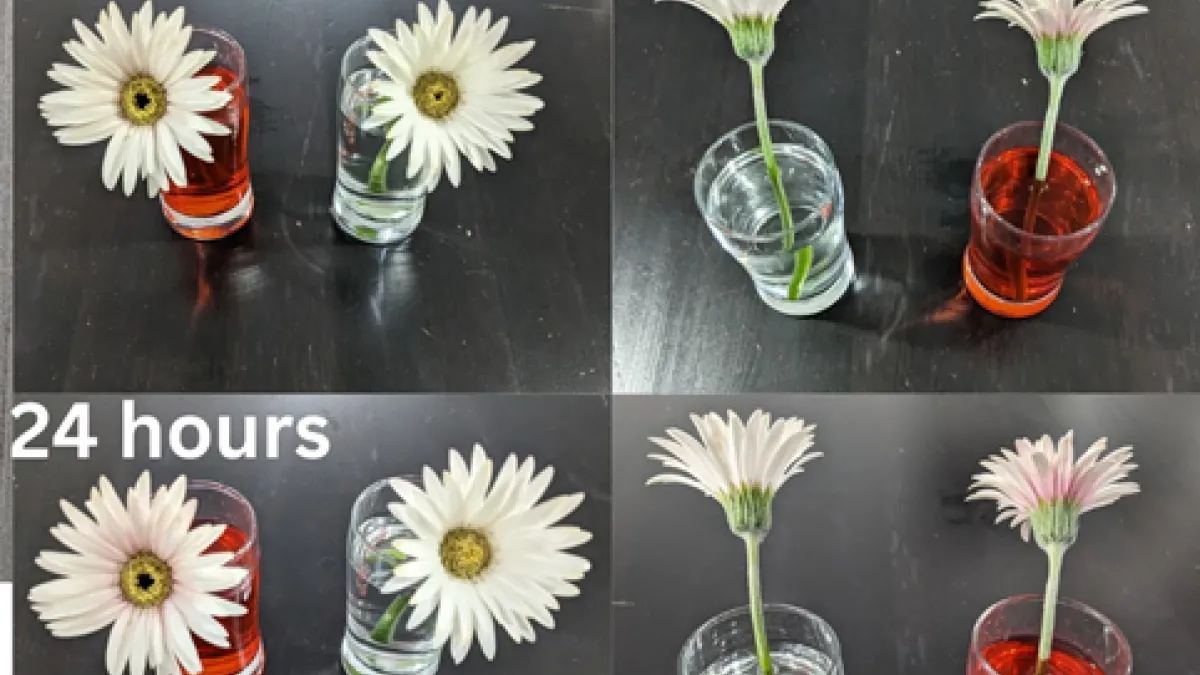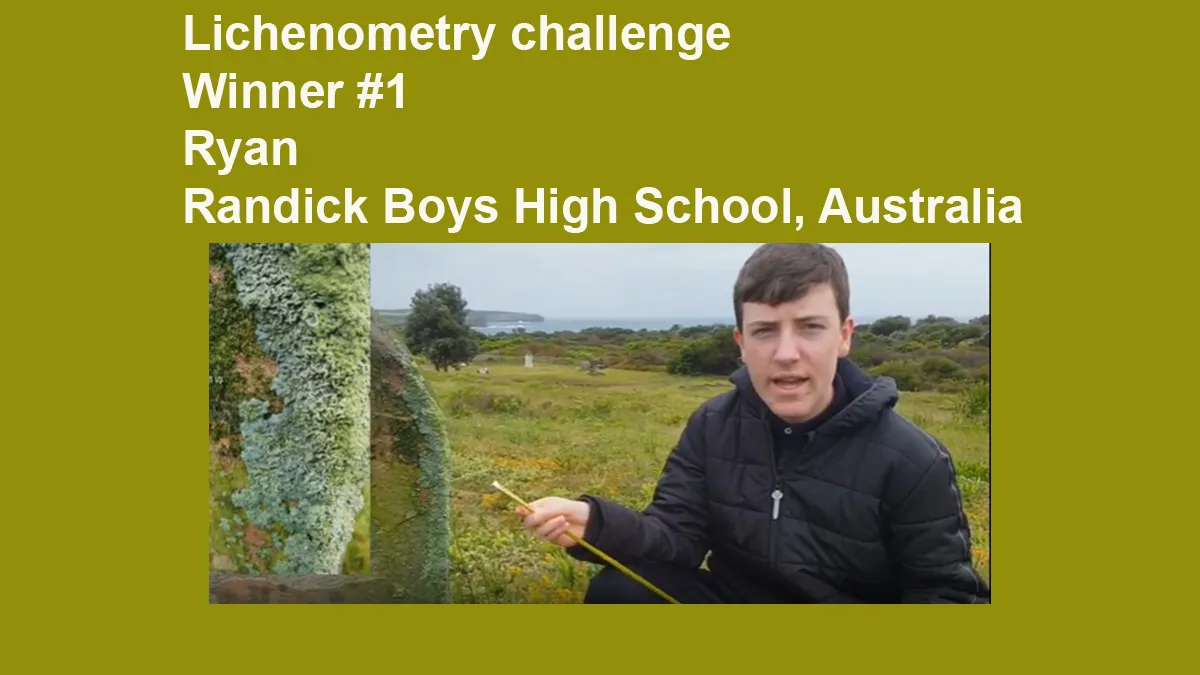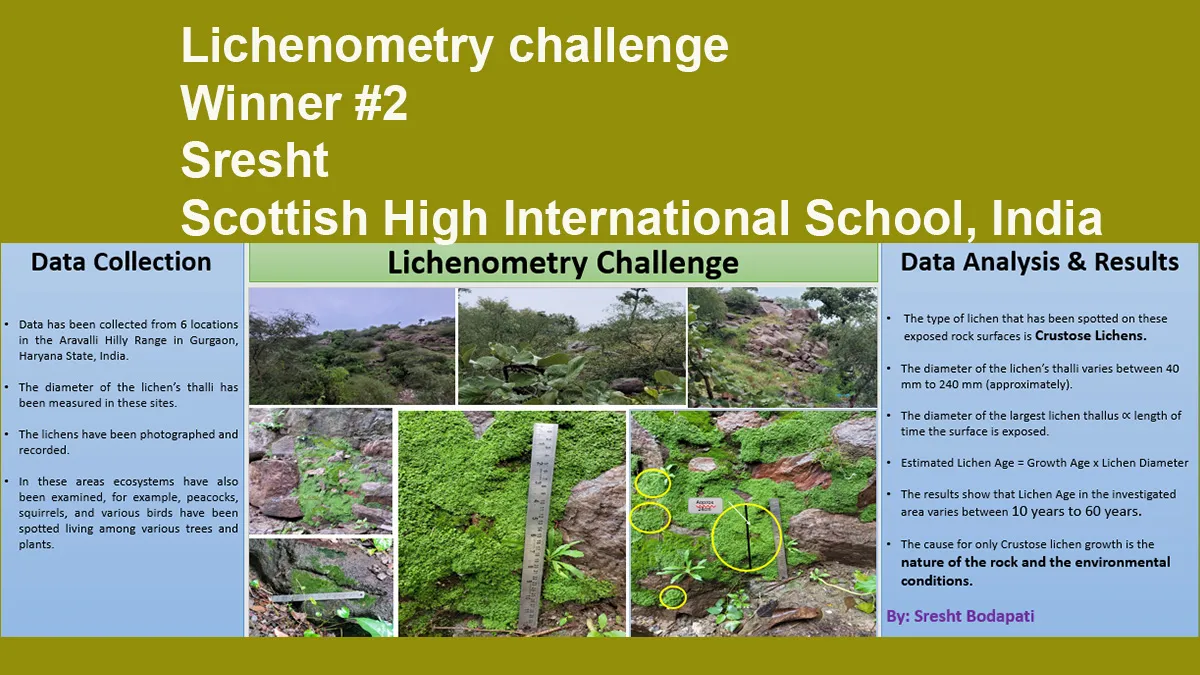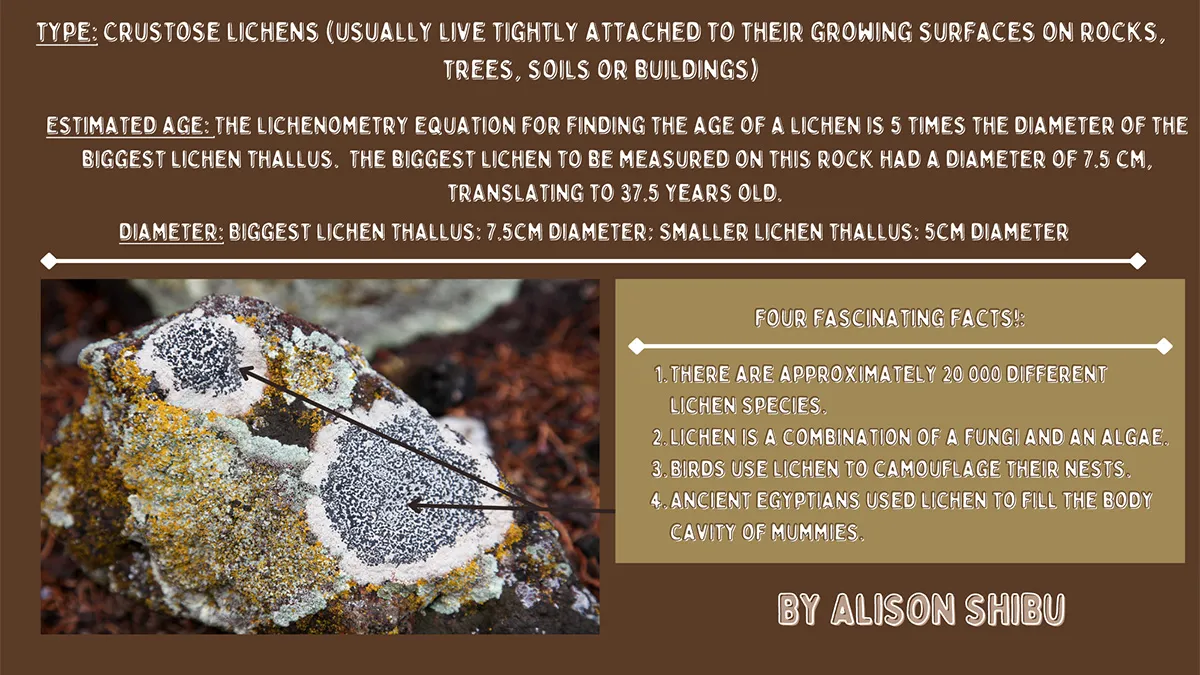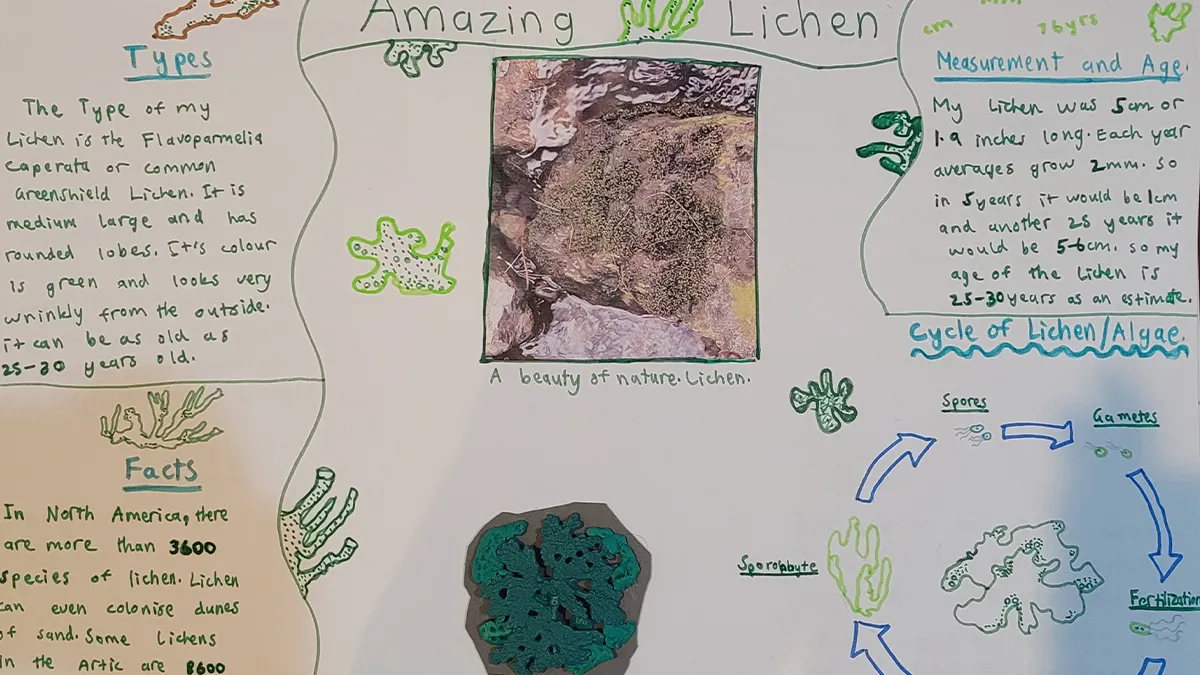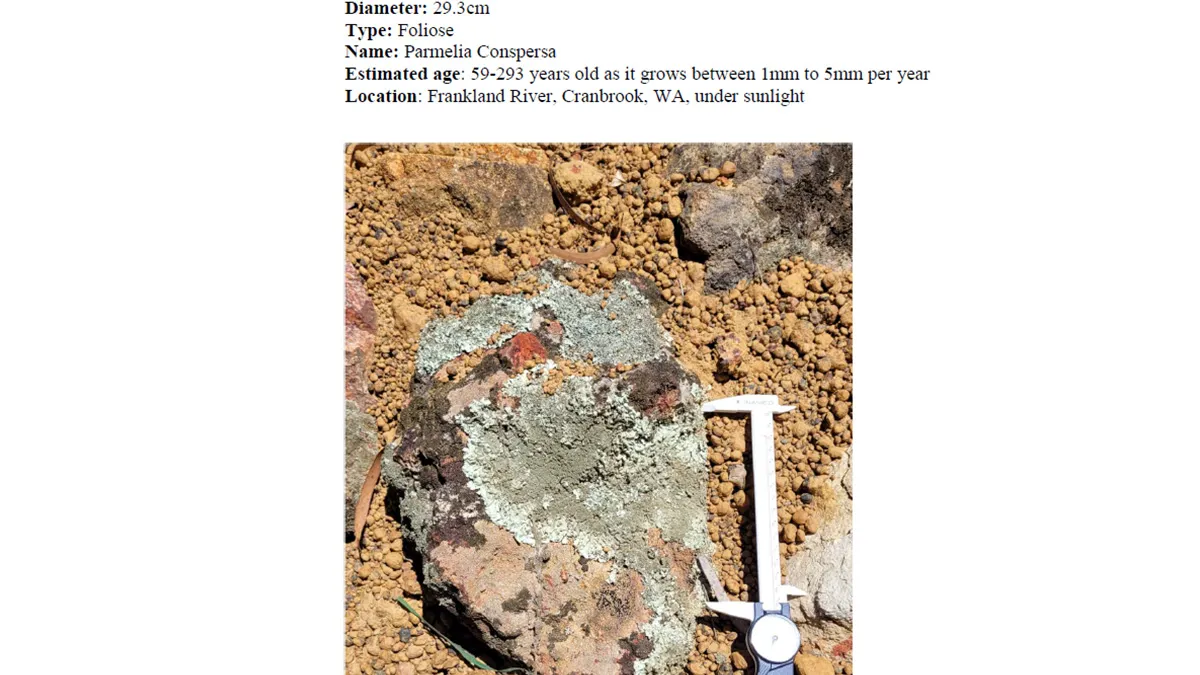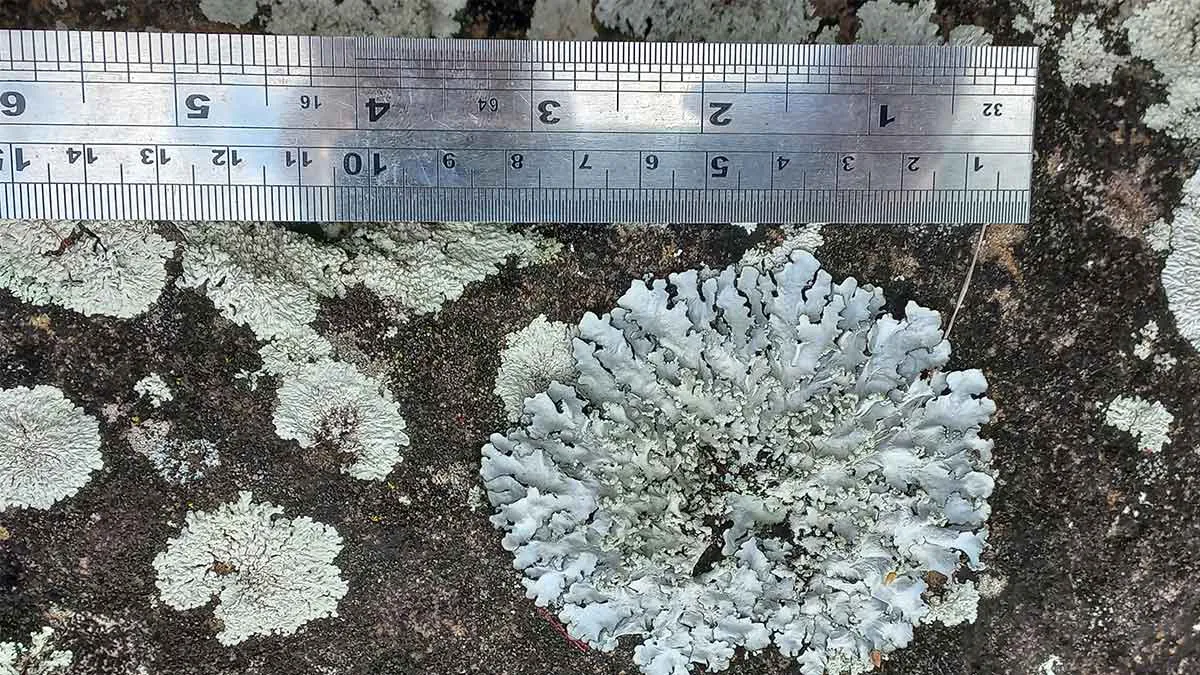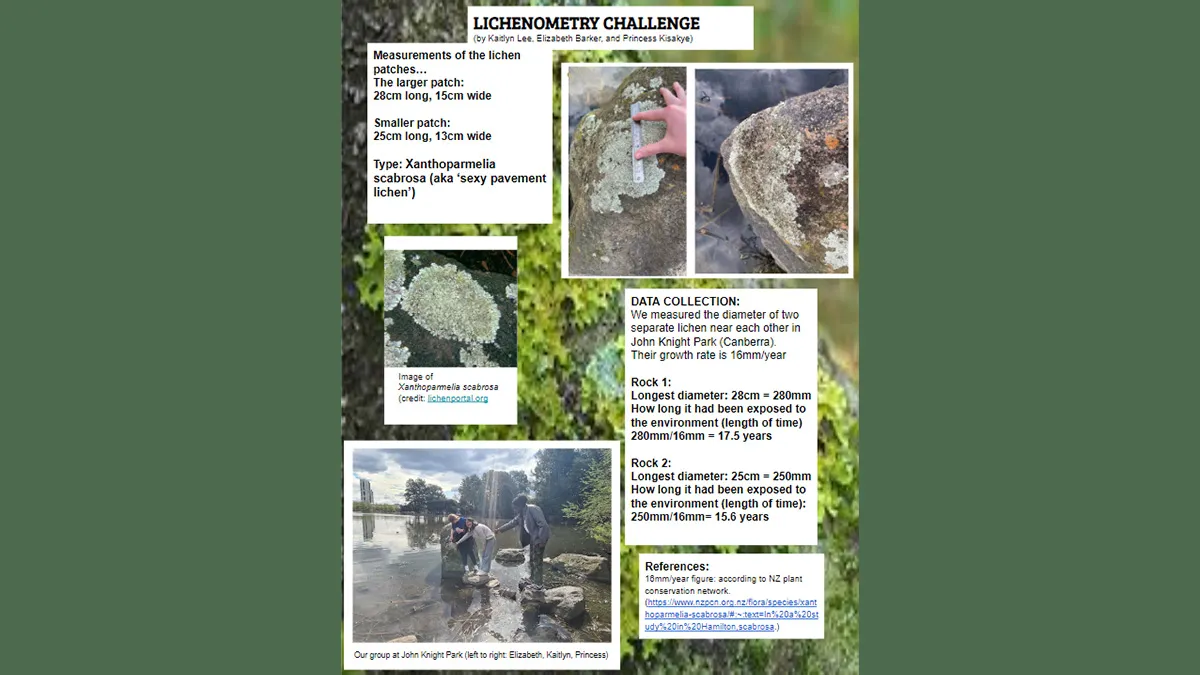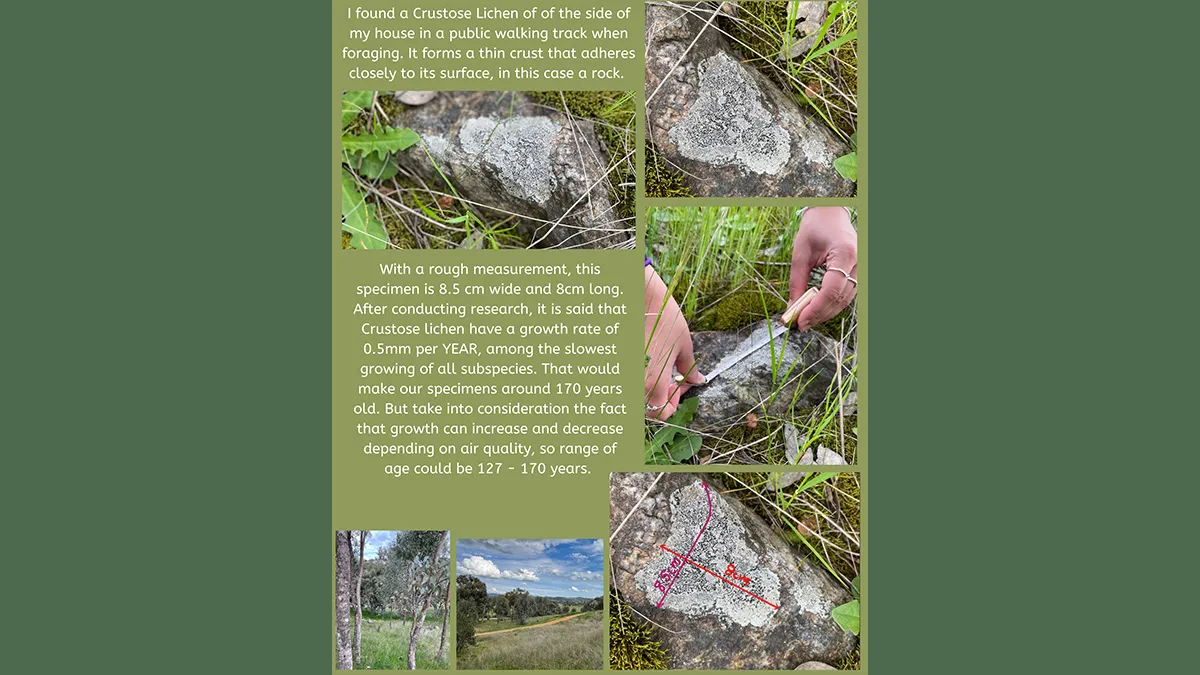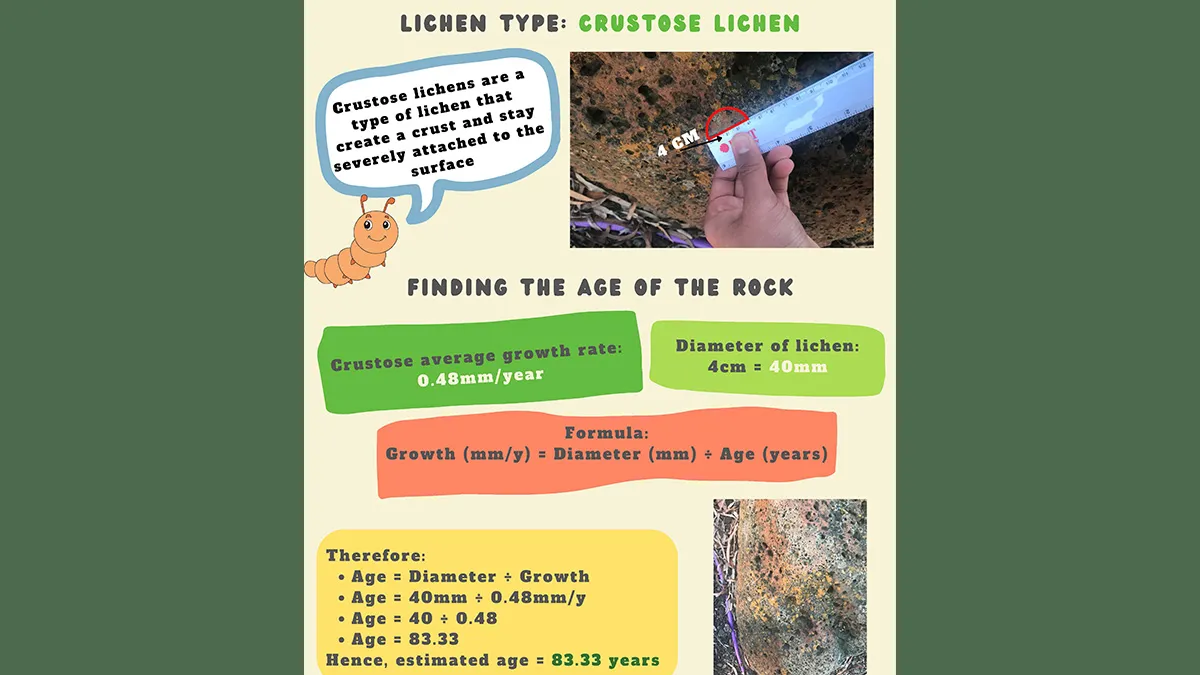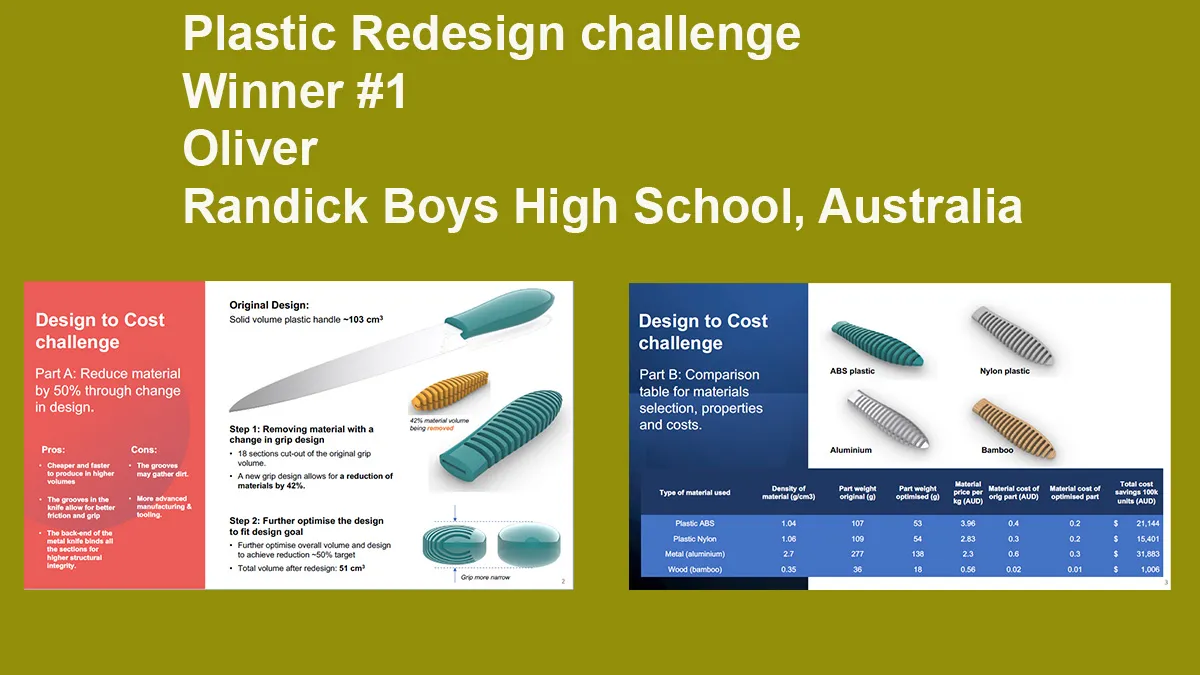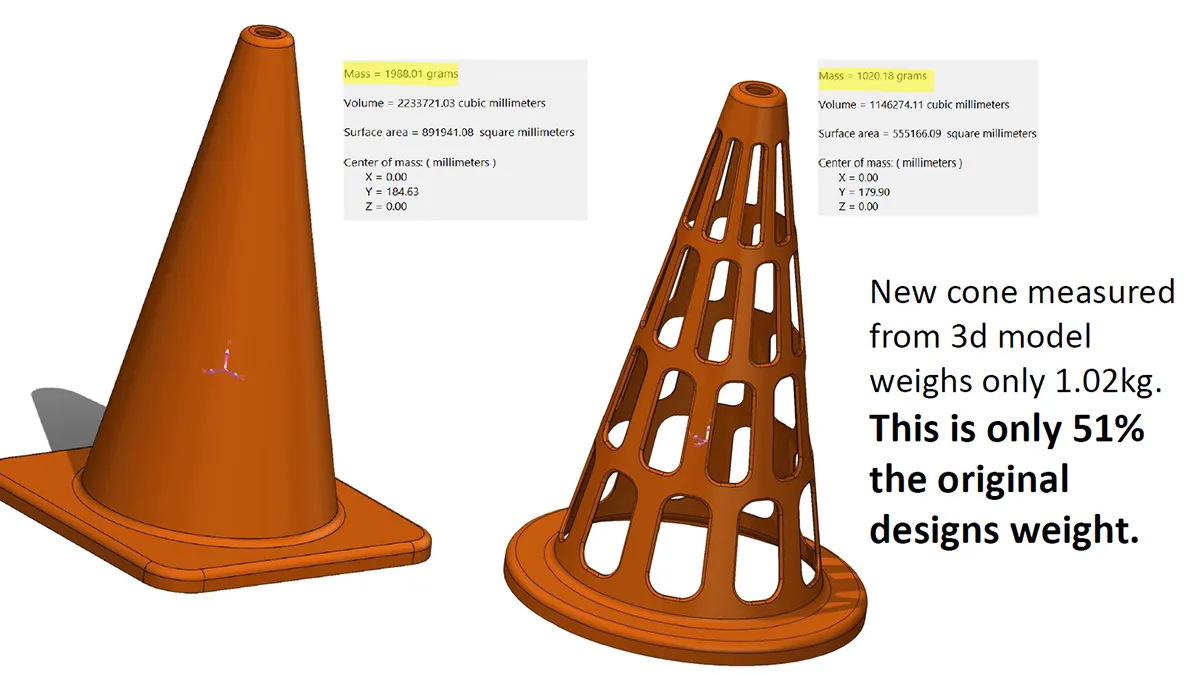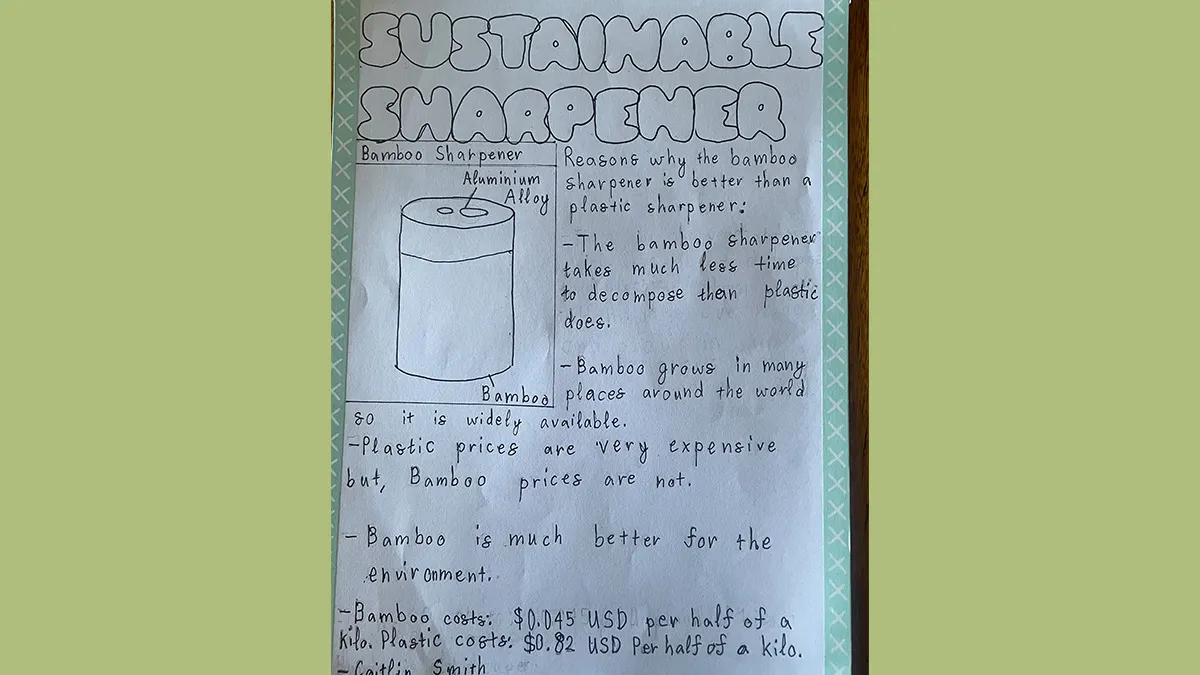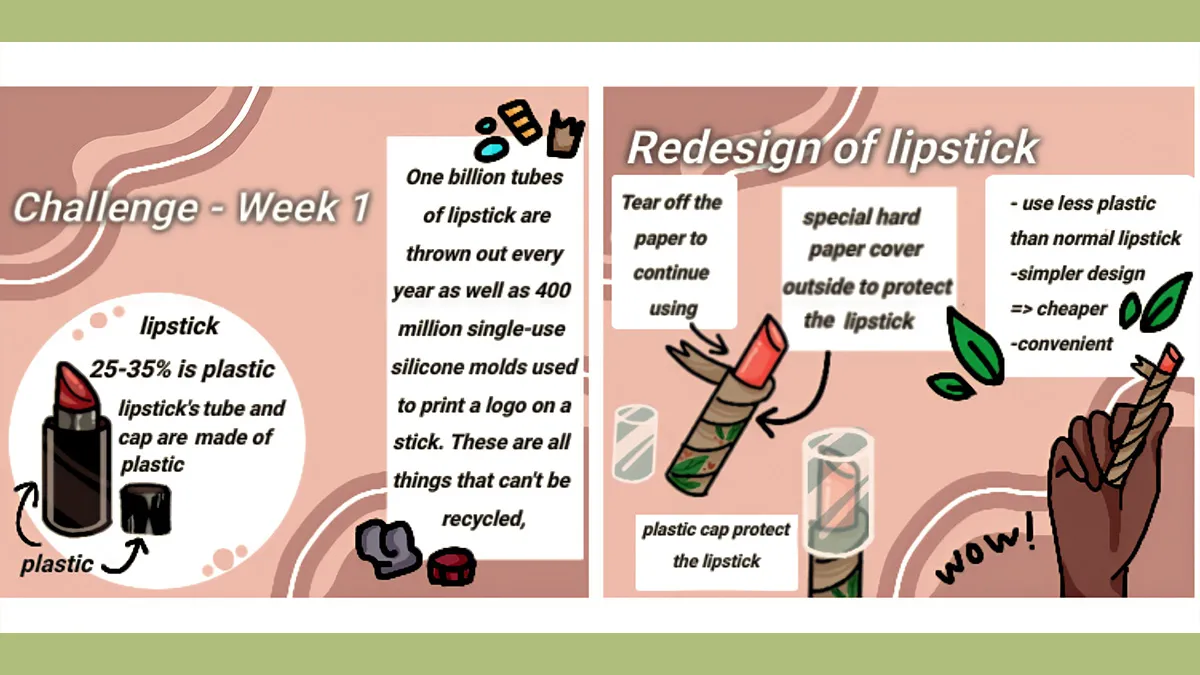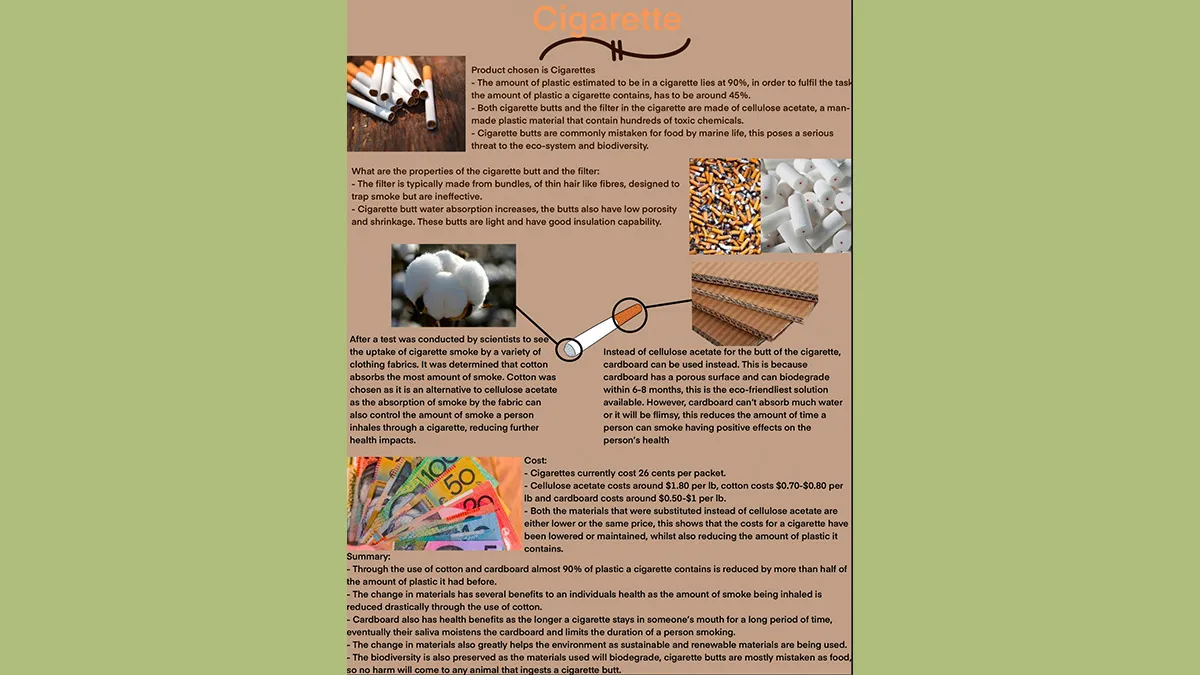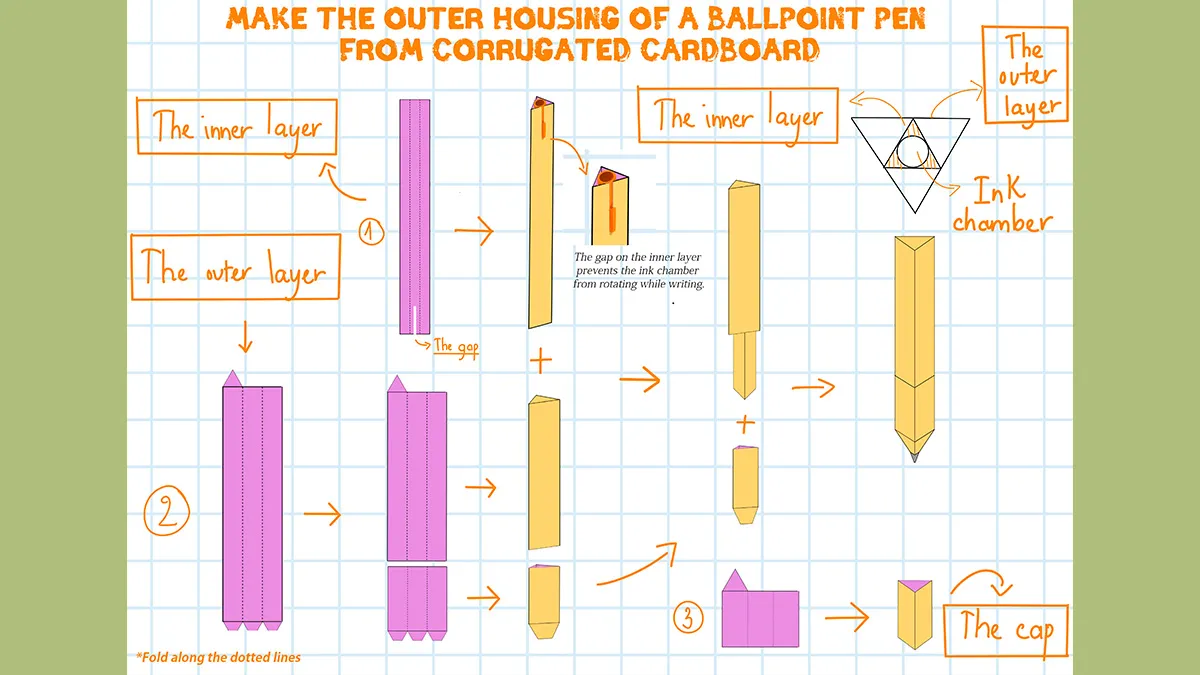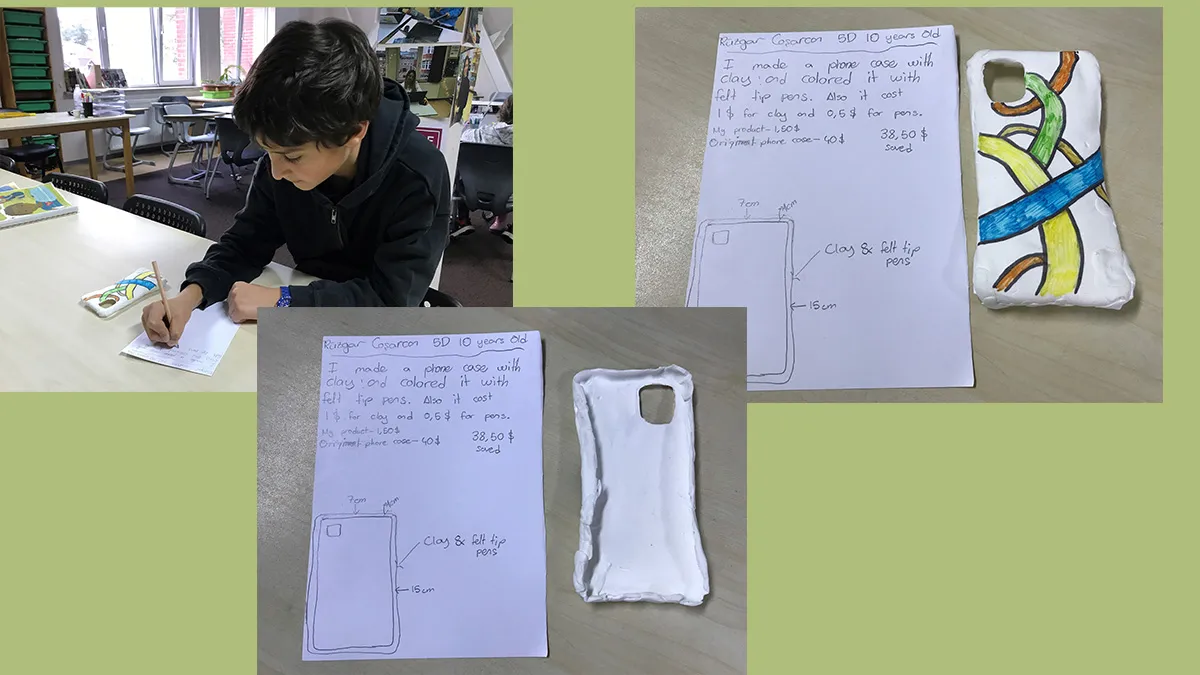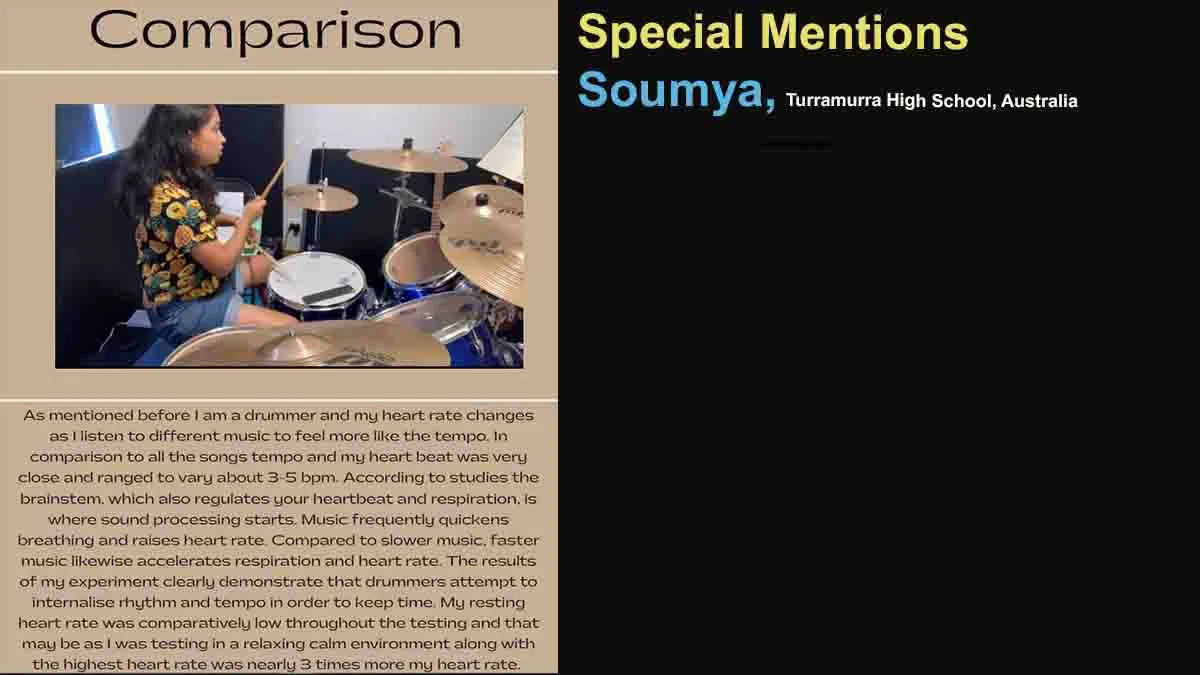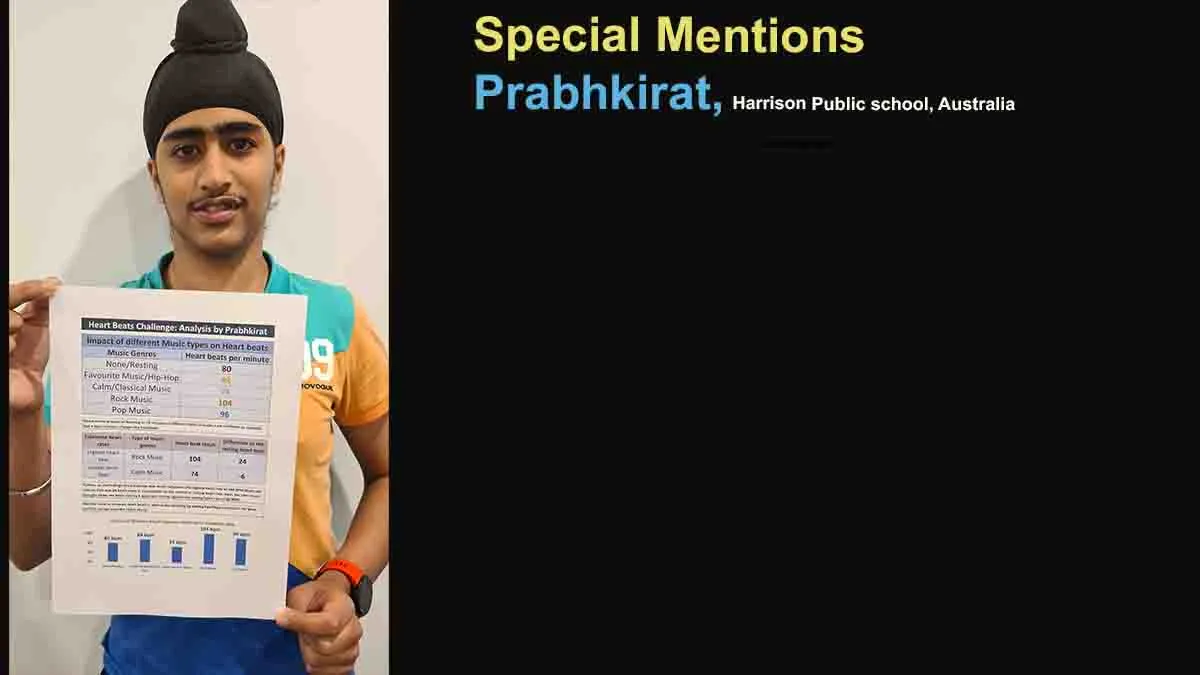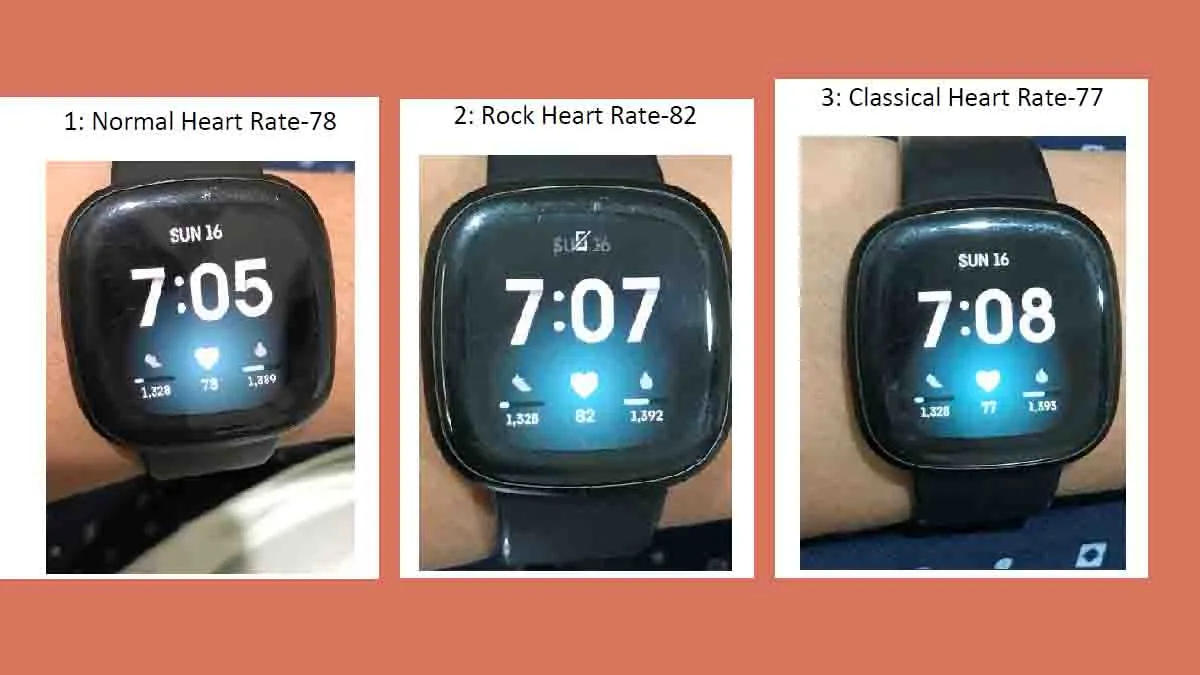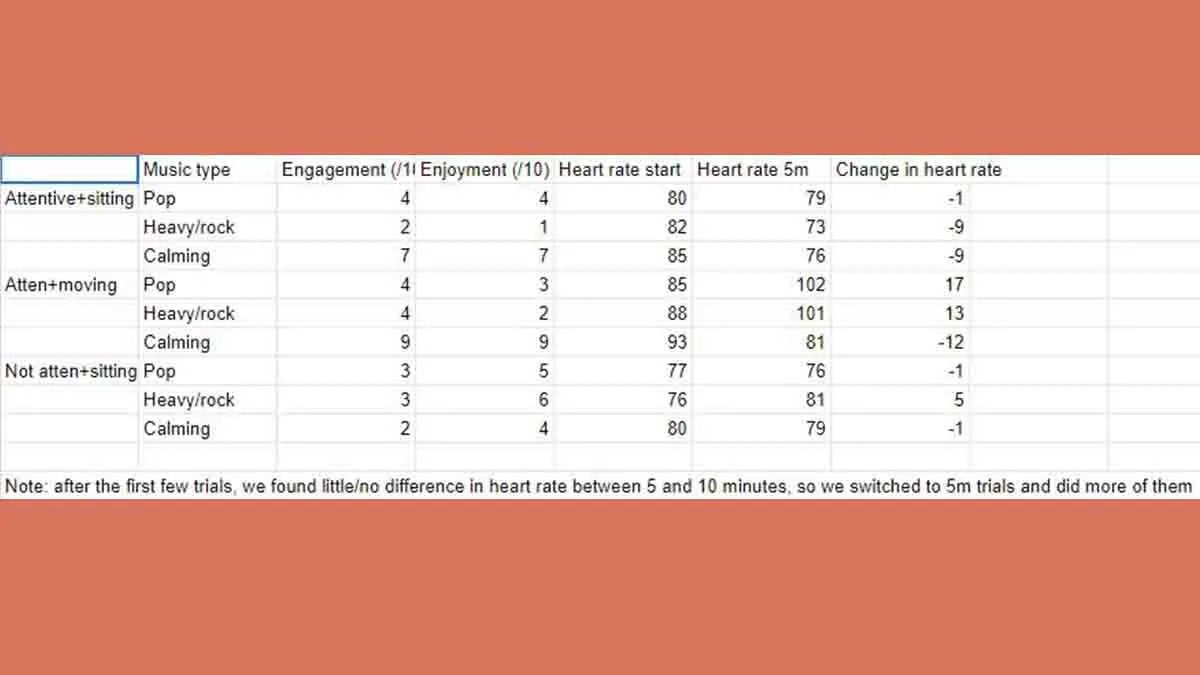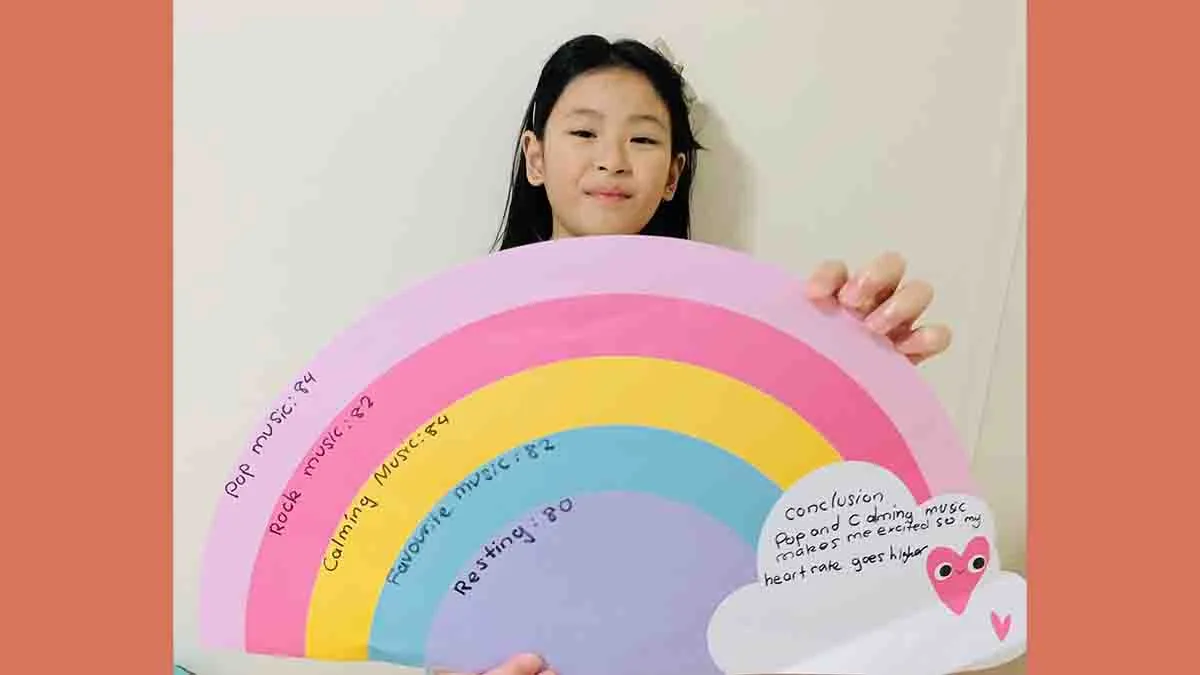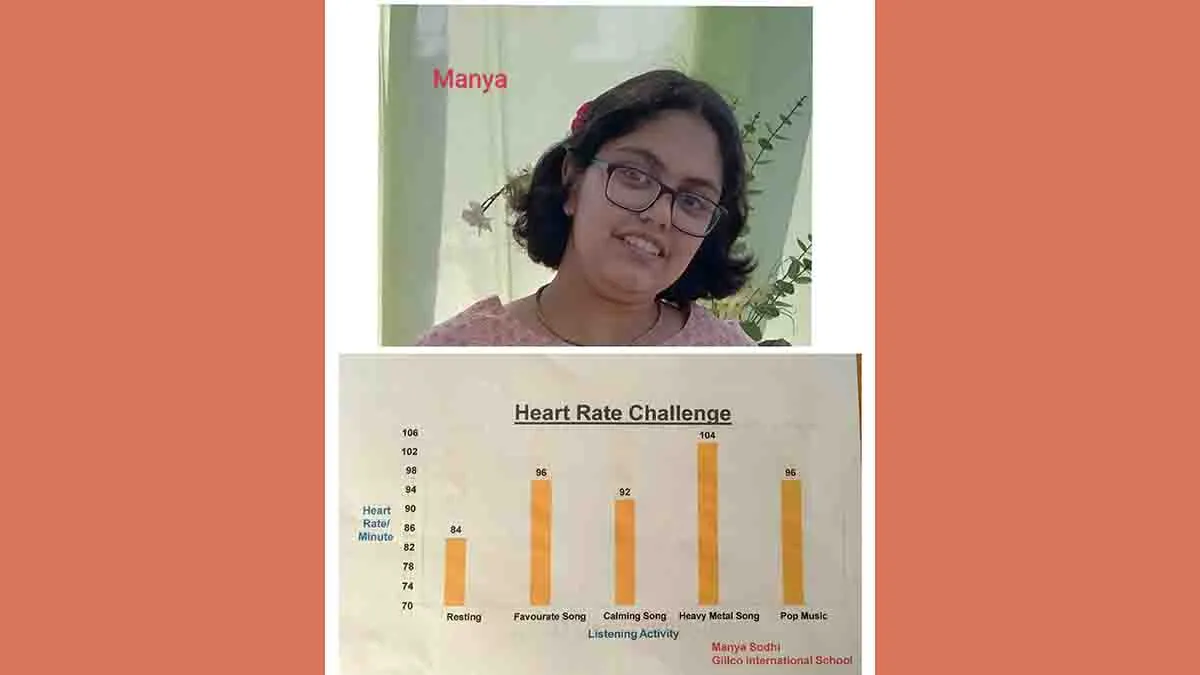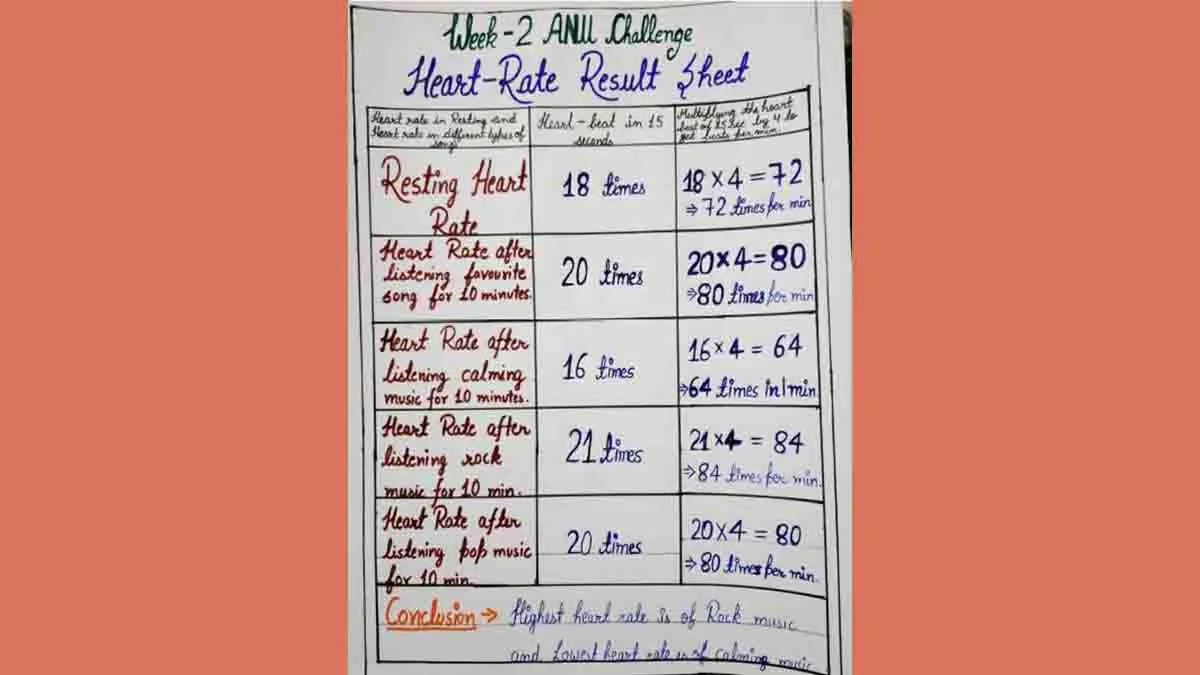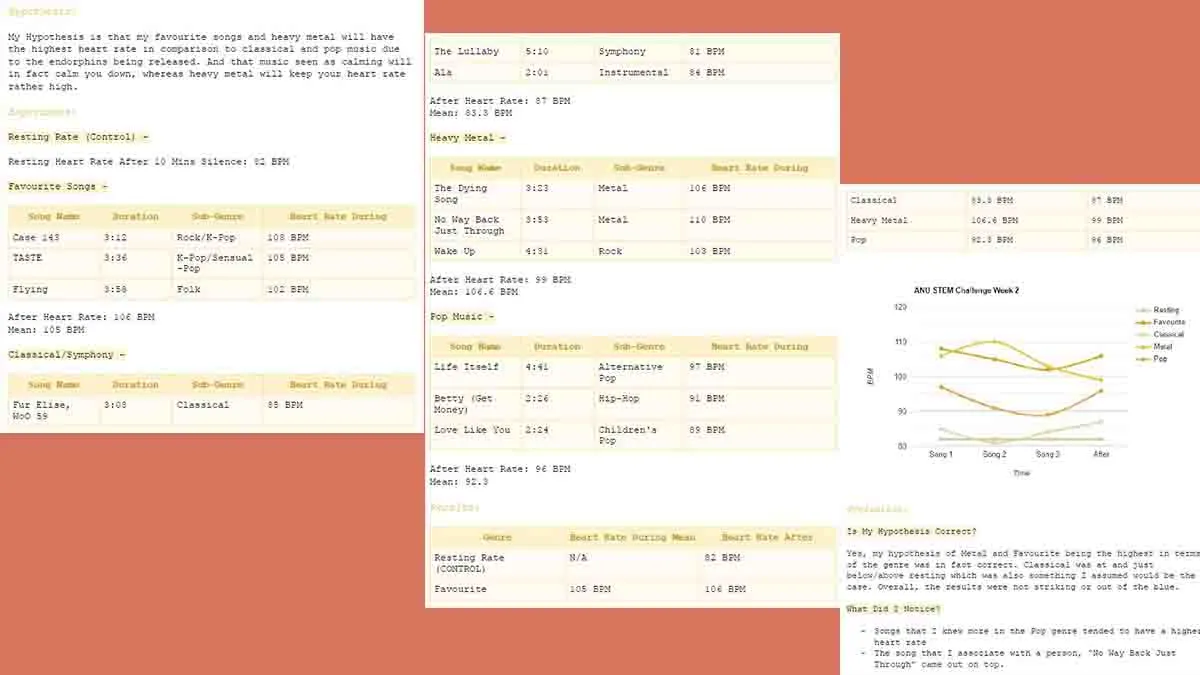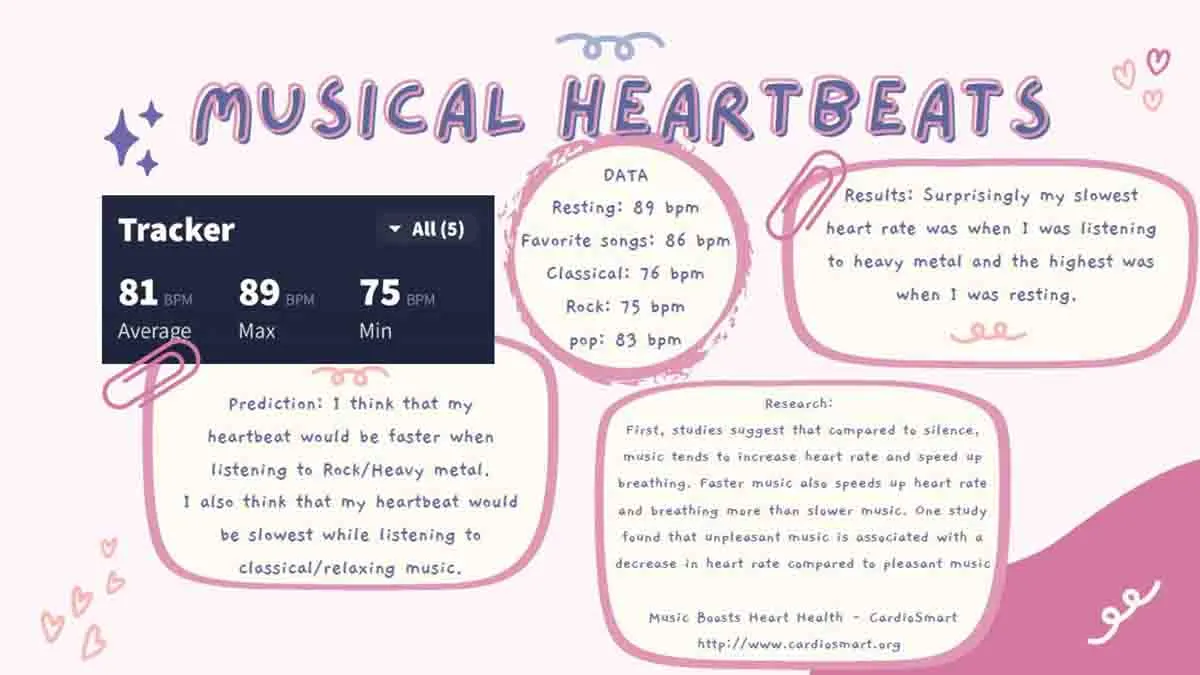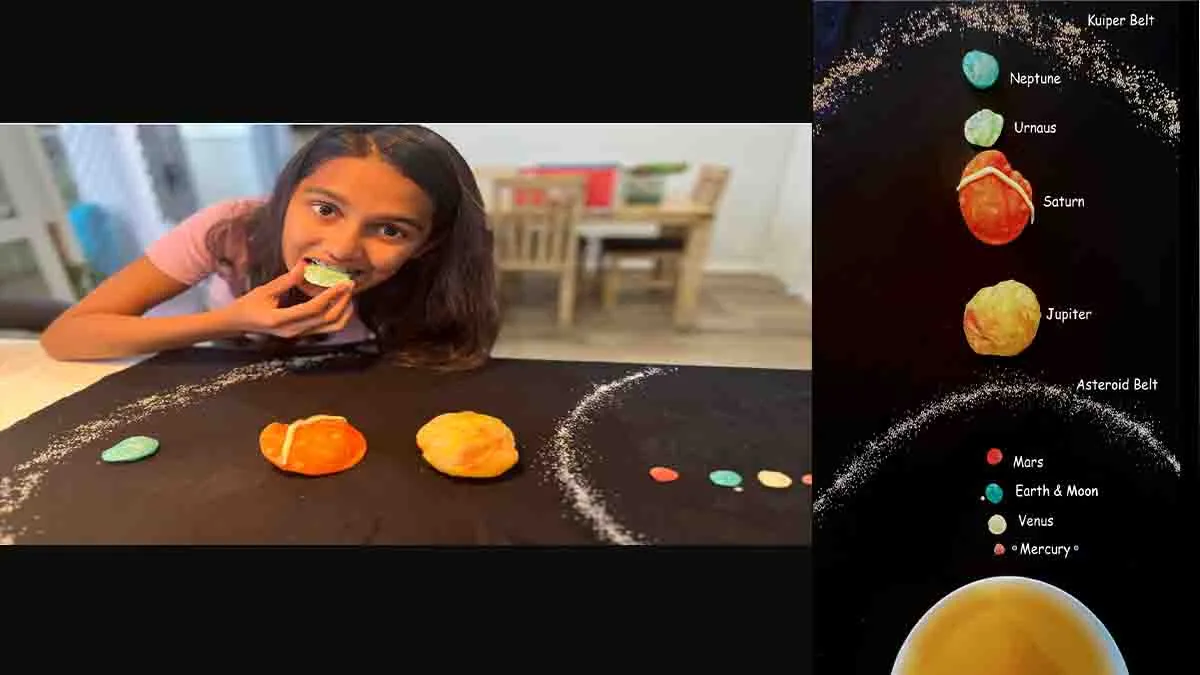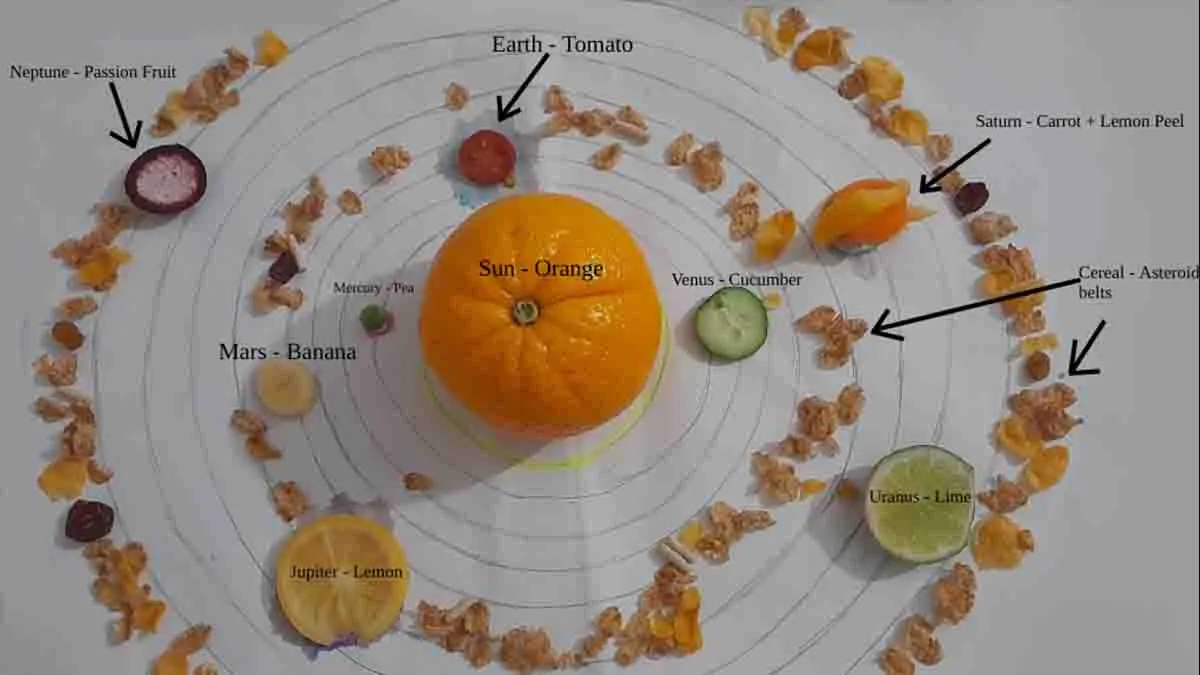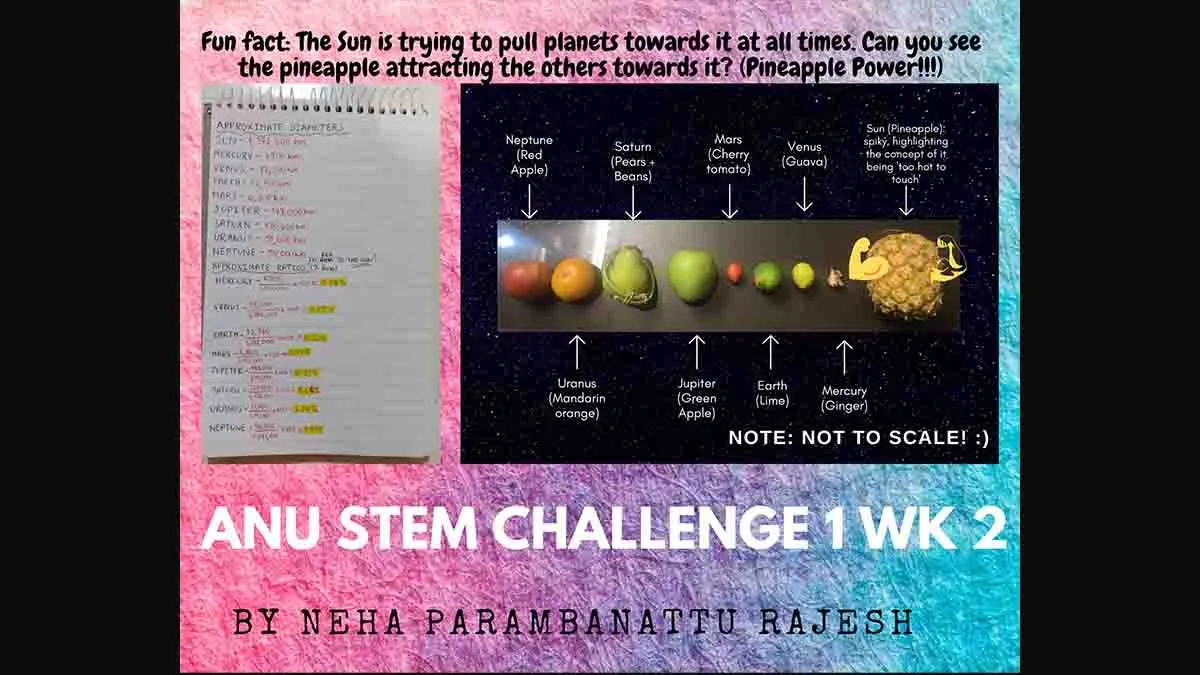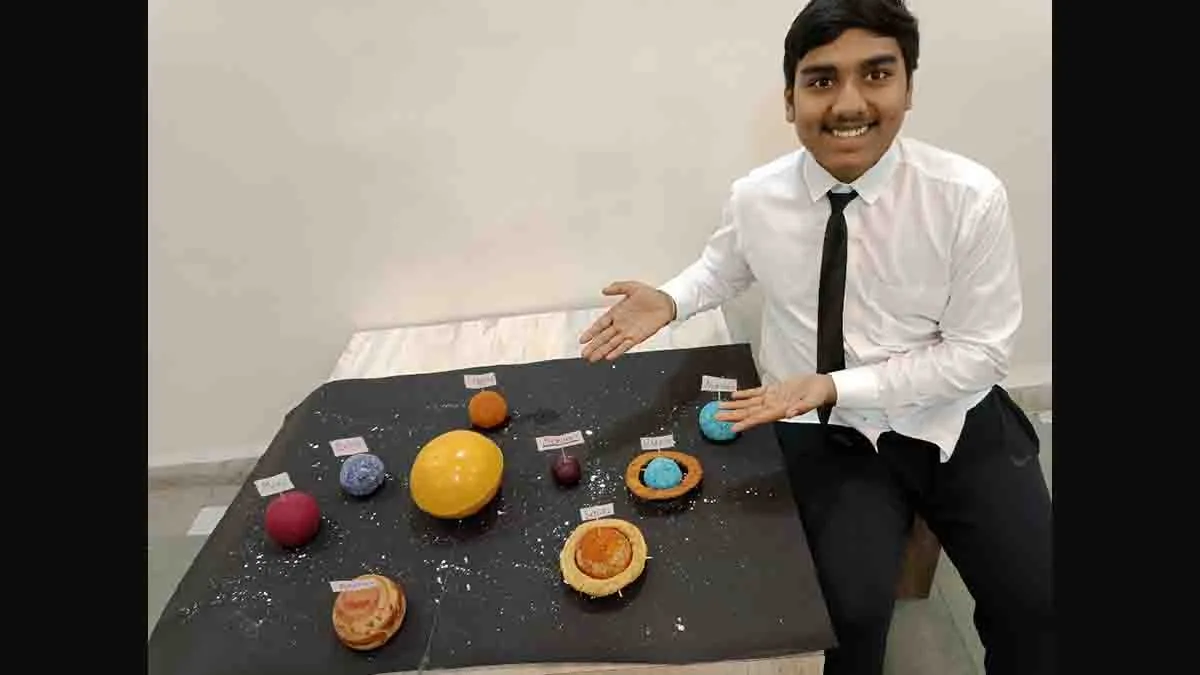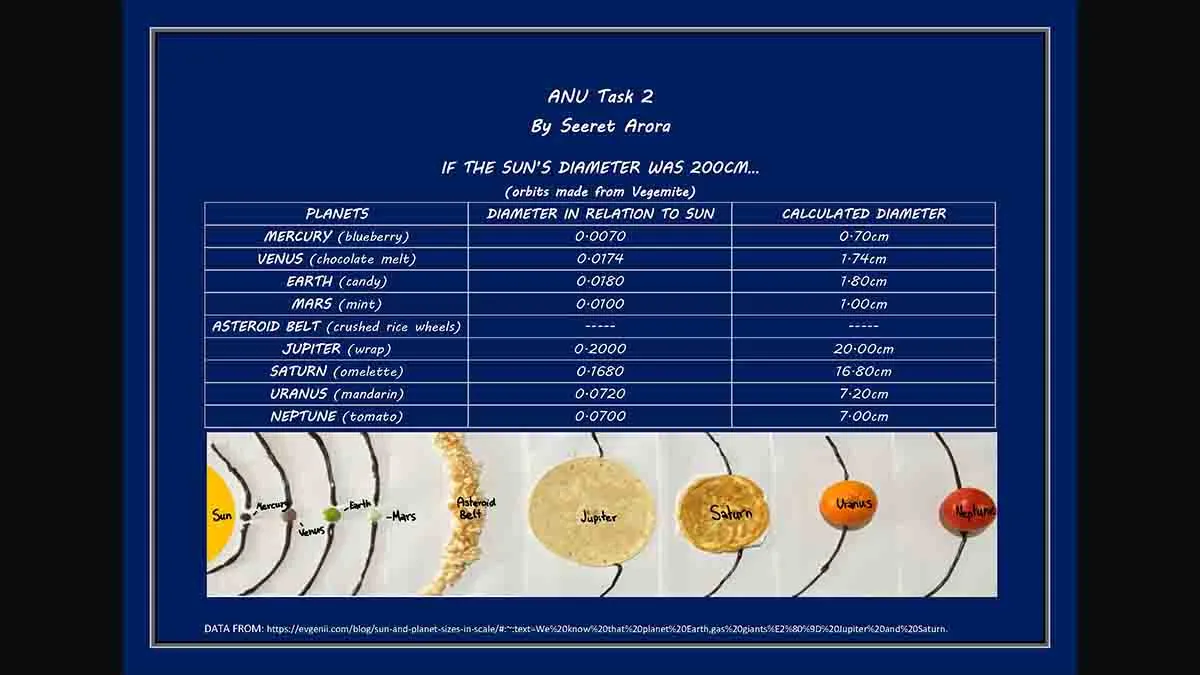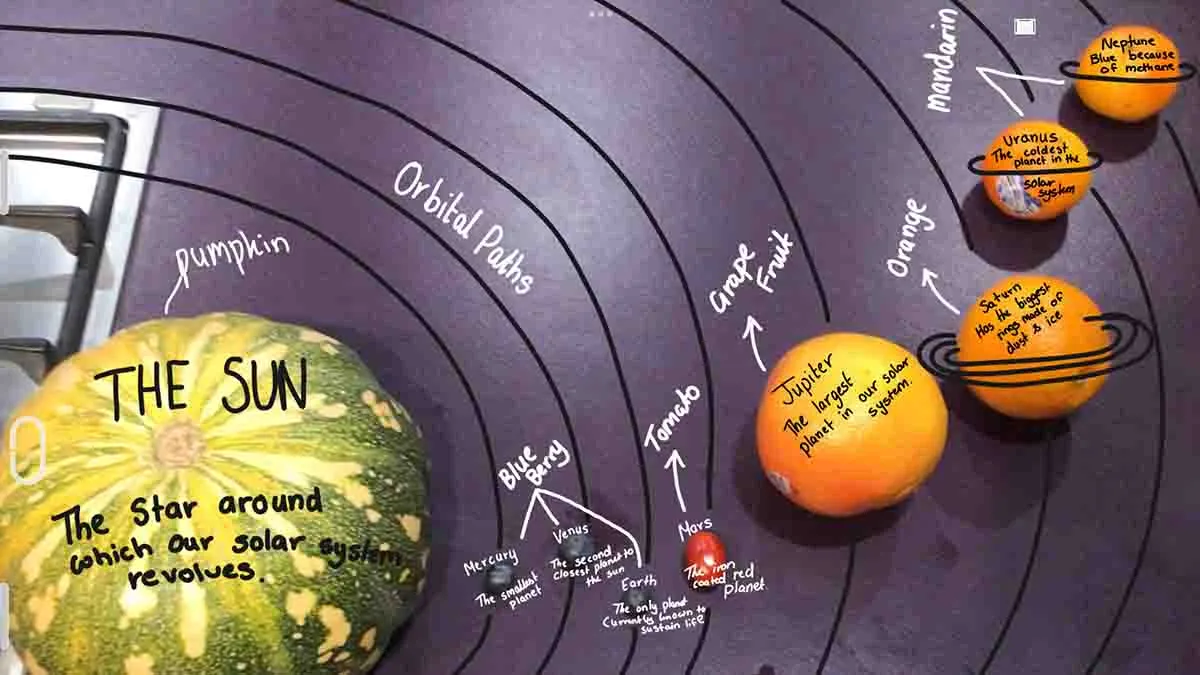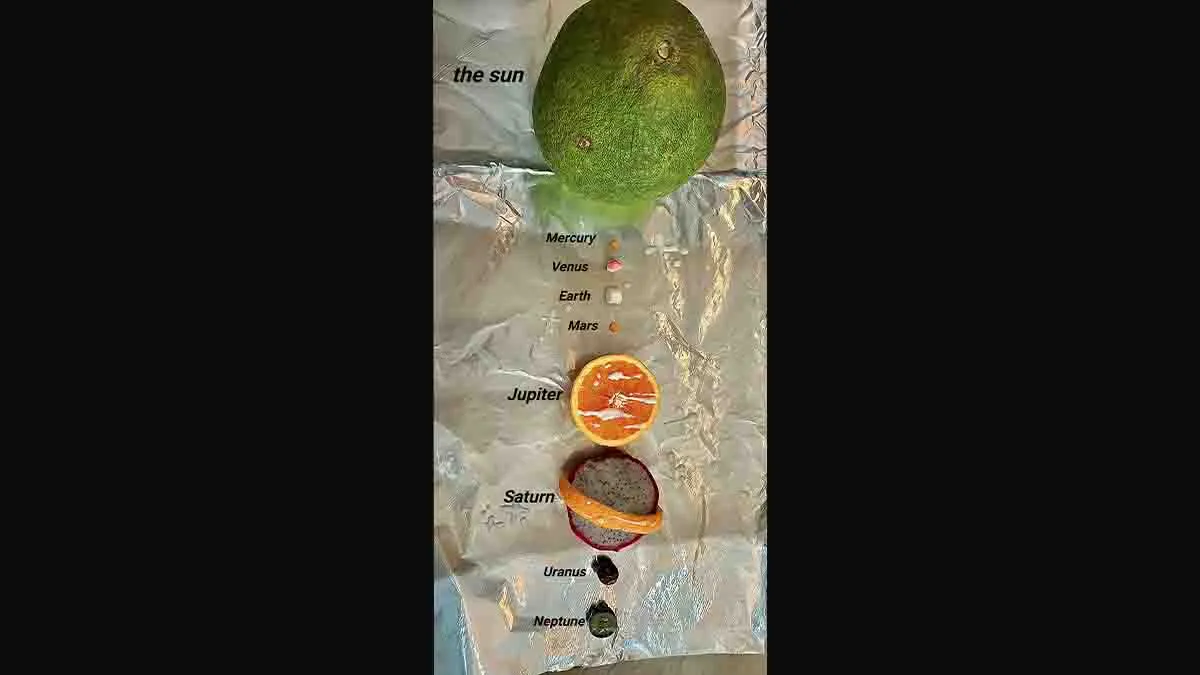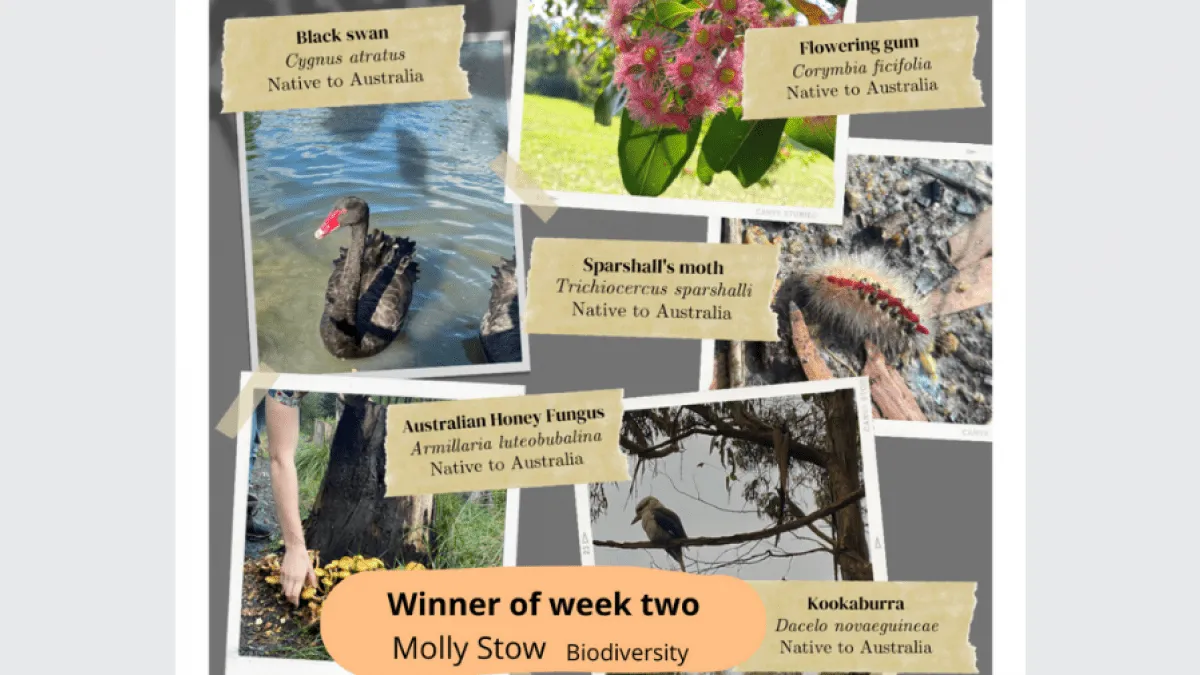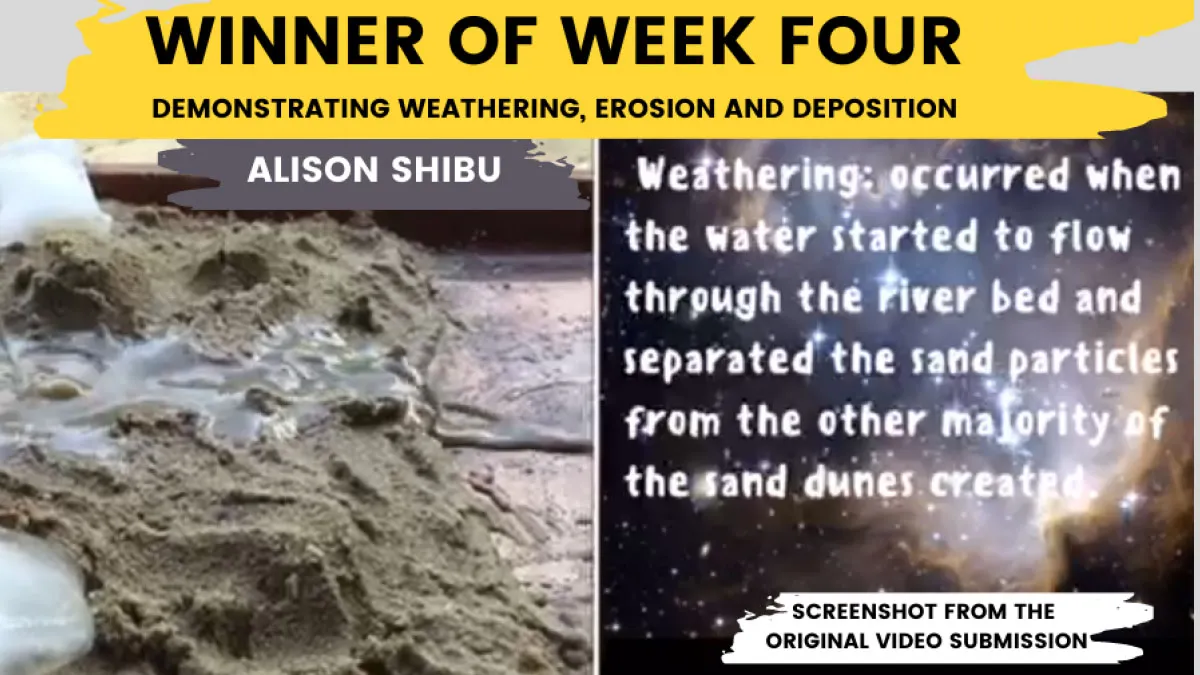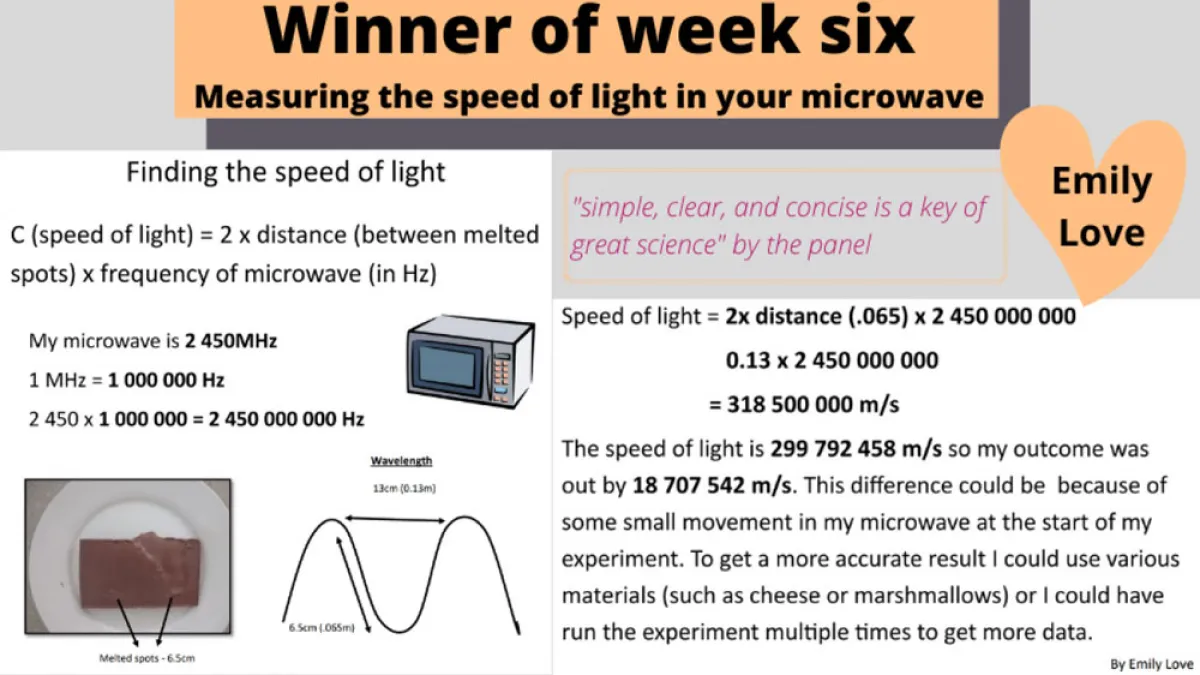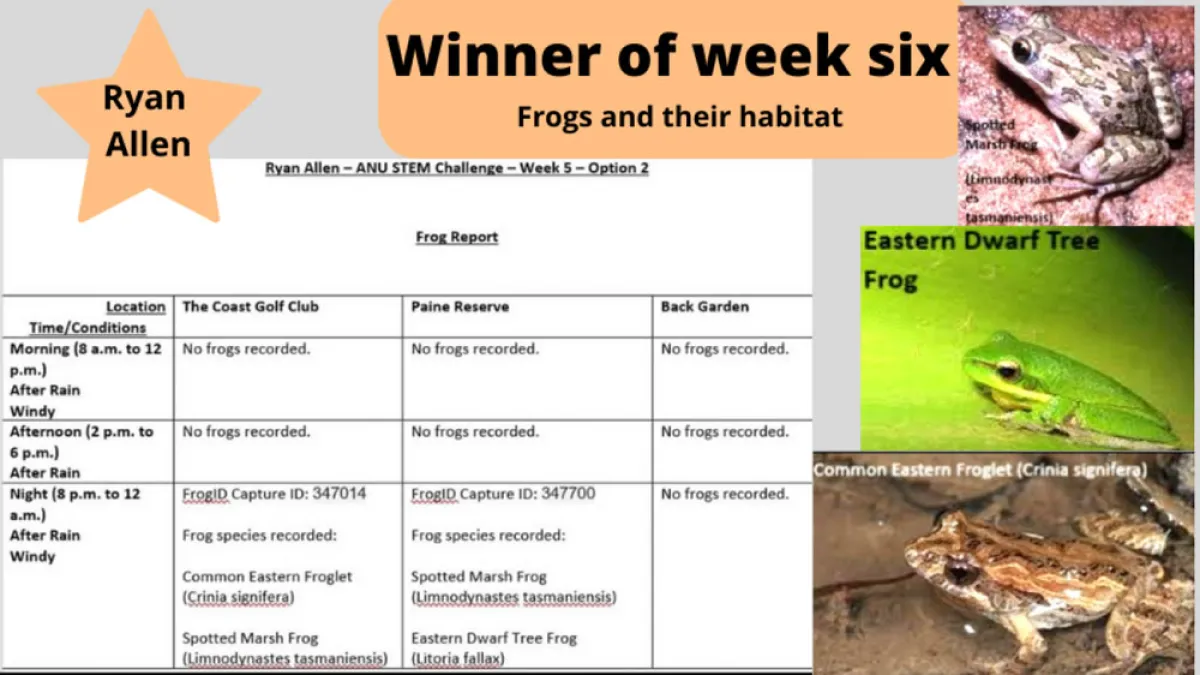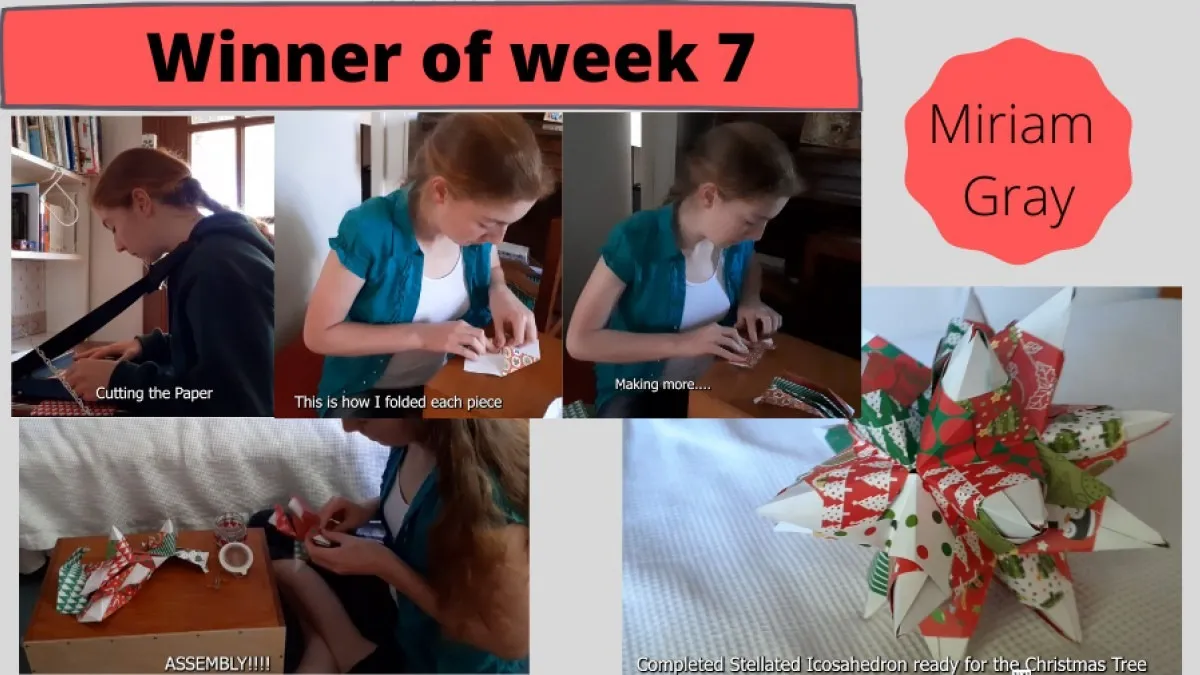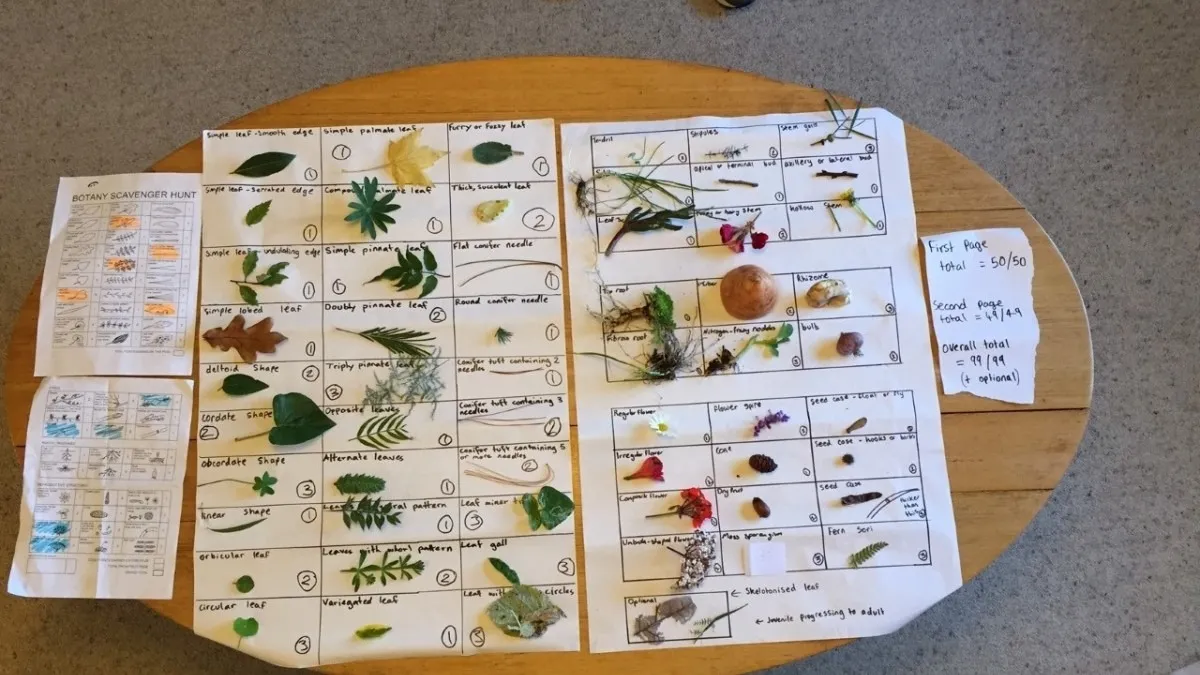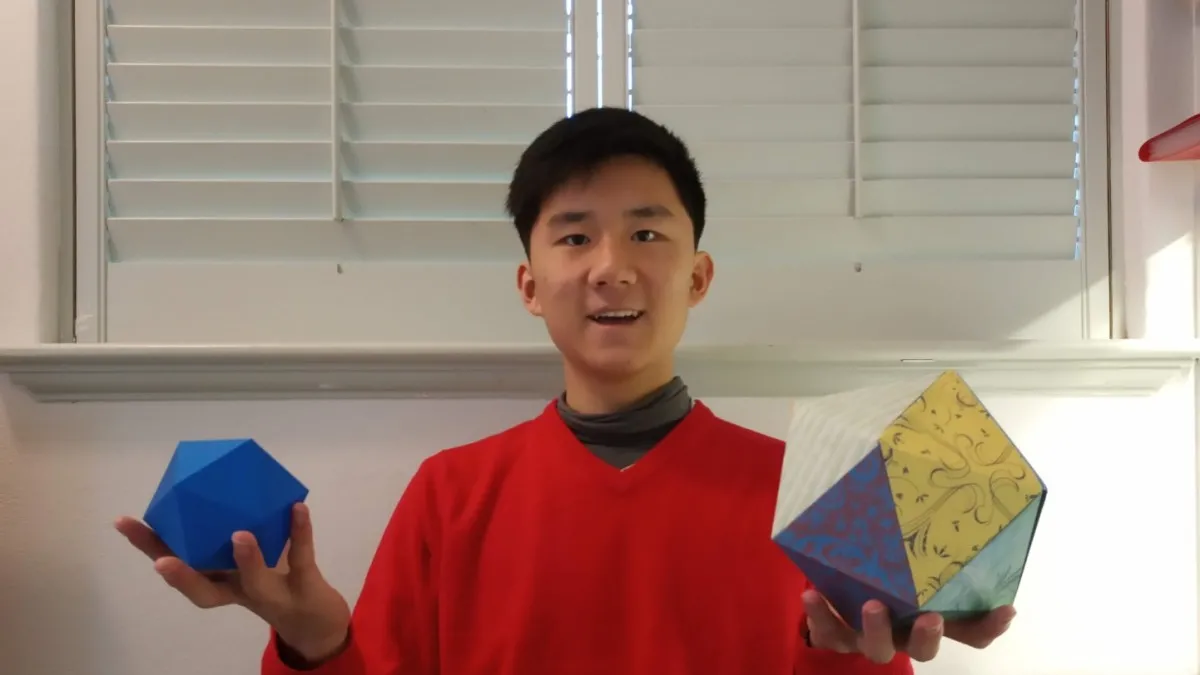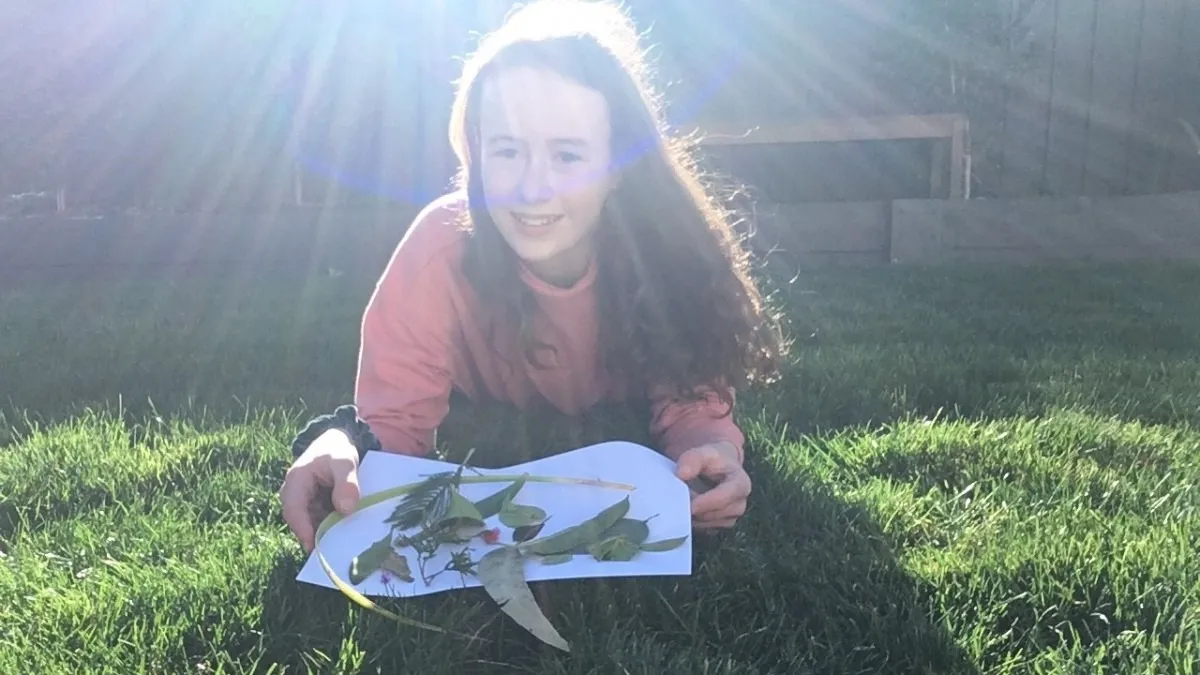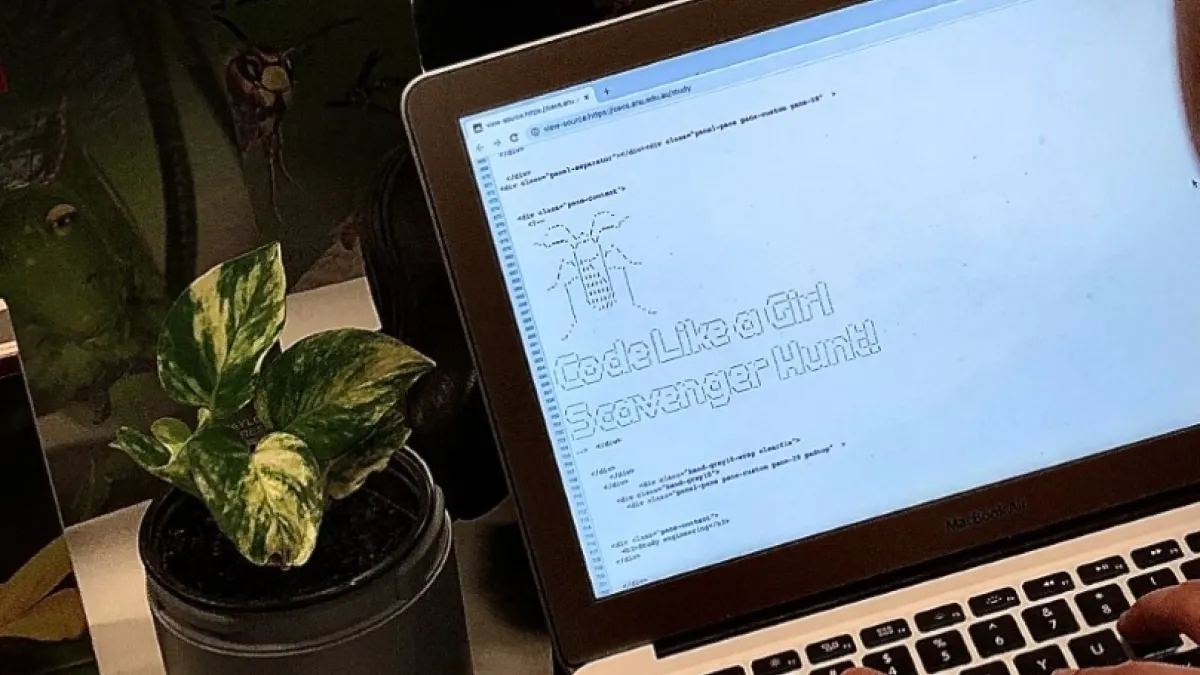
2024 STEM Challenges
This event series is an opportunity for high school and college students to participate in fun and hands-on weekly challenges on a range of science, technology, engineering, and mathematics (STEM) topics. The competition is being organised by the Australian National University (ANU).
Registration is essential and will stay open throughout the activity period. The challenges will run from 1 - 29 October 2024.
How it works
- Challenges will run from 1-29 October 2024.
- Students need to register to participate.
- Every Tuesday, challenges will be released by email to all registrants and will also be published on this website. Students will have the remainder of the week to complete each challenge(s), with answers/photos due on Sunday of the same week.
- Each of the challenges will draw on a different element of STEM and may require you to take photos, answer questions or build/design something to complete the challenge.
- Each week, there will be multiple challenges with different STEM topics released, students can choose to do one or all of them.
- Only one submission per challenge will be accepted and counted for each participant.
- Each week, the submissions will be judged by a panel of ANU staff and voted on.
- Winners will be announced on the Tuesday following the submission deadline and will be notified by email and will also appear on our social media pages.
Prizes
- Winners will receive a Winner's Certificate and a prize pack.
- All registrants who submit at least one challenge over the 4 weeks of challenges will also receive a printable online Certificate of Participation from the Australian National University. The certificate of participation is not part of the AQF.
Week 1 challenge: Tuesday 1 – Sunday 6 October 2024
Winners for week 1
Bee friendly garden: Yuanzi
DIY Sundial: Louisa
Winners have been contacted by email.
Welcome to your first weekly STEM challenge. This week, make your choice of which challenge you would like to complete. You only need to complete one, but you are welcome to complete both.
The winners of each challenge will be announced on Tuesday 8th October. More than one winner may be selected. The winning entry will be posted to our Facebook, Instagram and on the website. The winner will be notified by email. Other submissions may be included in an Instagram story, if you don't want your photo included, please let us know when you submit it.
1. Bee friendly Garden

Bees are essential pollinators crucial for the survival of numerous species, including plants and animals, with their role extending from sustaining biodiversity to supporting global food supplies. Their decline poses significant threats to ecosystems, agriculture, and the delicate balance of species interdependence. But there is something we can do to help. We can cultivate gardens with a variety of native plants that provide food and habitat for bees - and that is where this week’s challenge starts.
This week, we challenge you to take this empty garden and design a bee friendly garden - with a hypothetical budget of $15,000 to spend on plants and materials. The garden is 10 meters wide and 18 metres long. It is currently grass and has one large tree in the back corner. Or you can use your own garden, just include a photo of it so we know what it looks like.
Materials:
- Paper and pen
Here is your challenge
- Research and consider which plants are good for pollinators - considering factors such as bloom time, flower shape, fruits, and colour to attract a variety of pollinators.
- Consider the layout, colour combinations, and variety of plants.
- Consider basic garden care practices and the importance of watering and weeding.
- Consider native plants that are drought resistant
- Consider sun/shade requirements of the plants and their placement
- Use other garden features like a bench, arch, shade sail or pond as you wish
- Take a photo of your design plans
- Include a budget breakdown of your garden design
What to submit
- Submit a photo of you with your design - it can be a drawing or a plan with notes, or a video explaining your garden, or even a short slide presentation explaining your plant and design choices. Include the plant species you used in your design, and why you chose the plants and their placement.
- Post your photo/s to Instagram and tag @ScienceANU (not #hashtag).Note: make sure to turn off your “Private account” setting on Instagram before posting your submission and tag us. You can turn it back on soon after you receive our confirmation. If you don't have Instagram or would prefer to email us, then just email your photo and caption to science@anu.edu.au.
- The week one challenge submission closes on 11.59pm on Sunday 6th October AEDT. You only need to submit one challenge, but you are welcome to submit both.
- Submissions will be judged based on the following criteria: Plant selection, design creativity, sustainability, native plant consideration, practicality and garden maintenance.
2. DIY Sundial Challenge

The sundial, an ancient timekeeping device, beautifully demonstrates the Earth’s rotation and the movement of the sun across the sky. Creating your own sundial is not only a fascinating hands-on project but also a practical way to understand celestial mechanics and the passage of time. This week, we challenge you to design and construct a functional sundial.
Materials:
- Anything you have permission to use – recycled materials are best.
- A safe outdoor place to test your sundial
Here is your challenge
- Research how sundials work, including the concepts of gnomons, shadow casting, and the importance of geographic location.
- Learn about different types of sundials, such as horizontal, vertical, and equatorial sundials.
- Sketch your sundial design, deciding on its type and the materials you will use. Ensure it is appropriate for your latitude.
- Consider the placement of the sundial to ensure it will receive direct sunlight throughout the day.
- Collect materials for your sundial. You might use items like a flat surface (e.g., a wooden board or a flat stone), a stick or rod for the gnomon, and markers for the hour lines.
- Think creatively about using recycled or natural materials.
- Set up your sundial in a sunny spot and observe the shadow it casts.
- Adjust and mark the hour lines as needed by comparing the sundial time with a reliable clock.
- Take photos of you with your sundial at a minimum of 2 times throughout the day.
What to submit
- Post your photo/s to Instagram and tag @ScienceANU (not #hashtag).Note: make sure to turn off your “Private account” setting on Instagram before posting your submission and tag us. You can turn it back on soon after you receive our confirmation. If you don't have Instagram or would prefer to email us, then just email your photo and caption to science@anu.edu.au.
- The week one challenge submission closes on 11.59pm on Sunday 6th October AEDT. You only need to submit one challenge, but you are welcome to submit both.
- Submissions will be judged based on the following criteria: creativity, accuracy, craftsmanship, and presentation of the sundial.
Week 2 challenge: Tuesday 8 – Sunday 13 October 2024
Winners for week 2
2 winners were chosen this week: Daniel C and Seunghwan J
Winners have been contacted by email.
Rube Goldberg Machine

Materials:
- Anything you have permission to use e.g.
- Blocks, rulers, balls, dominoes, string, tubes, wheels, toys, books, shoes, cushions etc.
Here is your challenge
- Research Rube Goldberg machines and different types of simple machines like a wheel and axle, pulley, lever, wedge, screw, and the inclined plane.
- Build a Rube Goldberg machine that launches a toy or ball into the air, using a minimum of 8 reactions - you can even incorporate a falling book or rolling ball!
- Take a video of your results - maximum 1 minute.
- Include the number of reactions, and the one you enjoyed making most in your photo caption.
- For an added challenge, try building one out of recycling (boxes, cartons, cardboard etc). You can still recycle the materials after you make the machine.
What to submit
- Post your video (maximum 1 minute and 50MB) to Instagram and tag @ScienceANU (not #hashtag). Note: make sure to turn off your “Private account” setting on Instagram before posting your submission and tag us. You can turn it back on soon after you receive our confirmation. If you don't have Instagram or would prefer to email us, then send a link to your video and caption to science@anu.edu.au. If you send a link, please make sure the permissions allow us to view the video.
- The week two challenge submission closes on 11.59pm on Sunday 13th October AEDT.
- Submissions will be judged based on the following criteria:
- Number of reactions, creativity, complexity, photo/video quality, precision, fun.
The winner will be announced on Tuesday 15th October. More than one winner may be selected. The winning entry will be posted to our Facebook, Instagram and on the website. The winner will be notified by email. Other submissions may be included in an Instagram story, if you don't want your photo included, please let us know when you submit it.
Week 3 challenge: Tuesday 15 – Sunday 20 October 2024
Congratulations to the the week 3 Winners:
Catapult Challenge: Grace S.
Greenhouse Effect Challenge: Thenuk A.
This week, make your choice of which challenge you would like to complete. You only need to complete one, but you are welcome to complete both. The choice to build a catapult or build a bottle greenhouse and observe the greenhouse effect.
1. Catapult Challenge
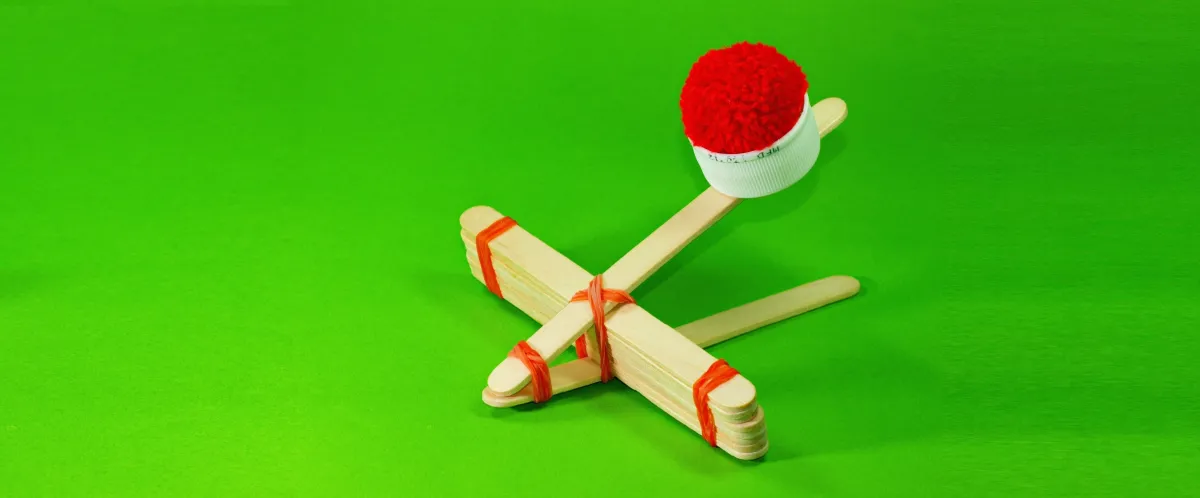
Engineering involves creativity, problem-solving, and a deep understanding of physical principles. Building a catapult is a fun and educational way to explore the basics of mechanics, forces, and energy transfer. This week, we challenge you to design and build a working catapult.
*Make sure to perform test launches in a safe environment.*
Materials:
- Anything you have permission to use – recycled materials are best.
- Something soft for launching – marshmallow, ball of paper or cotton ball.
Here is your challenge
- Learn about the history and different types of catapults, such as trebuchets, ballistae, and mangonels to understand the basic principles of how catapults work, including concepts like potential and kinetic energy, leverage, and tension.
- Sketch a design for your catapult, considering the materials you have available. Think about how you will achieve stability, power, and accuracy. Decide on the type of catapult you want to build and the dimensions and mechanics involved.
- Construct your catapult according to your design. Pay attention to the assembly of moving parts and ensure the structure is stable.
- Test and adjust the tension, angles, and launching mechanism to improve performance.
- Perform test launches using small, safe projectiles like marshmallows, cotton balls, or paper balls.
- Measure the distance and accuracy of your launches.
- Take photos or videos during the design, construction, and testing phases.
- Make notes on any challenges you faced and how you overcame them, as well as any improvements made during testing. Include these in your photo caption.
- For an extra challenge, set up a target more than 1 metre away from your catapult and try to hit it.
What to submit
- Email your photo and caption to science@anu.edu.au.
- The week three challenge submission closes on 11.59pm on Sunday 20th October AEDT. You only need to submit one challenge, but you are welcome to submit both.
- Submissions will be judged based on the following criteria:
- Submissions will be judged based on creativity, functionality, accuracy of launches, and overall presentation of the catapult.
The winner will be announced on Tuesday 22nd October. More than one winner may be selected. The winning entry will be posted to our Facebook, Instagram and on the website. The winner will be notified by email. Other submissions may be included in an Instagram story, if you don't want your photo included, please let us know when you submit it.
2. Greenhouse effect challenge
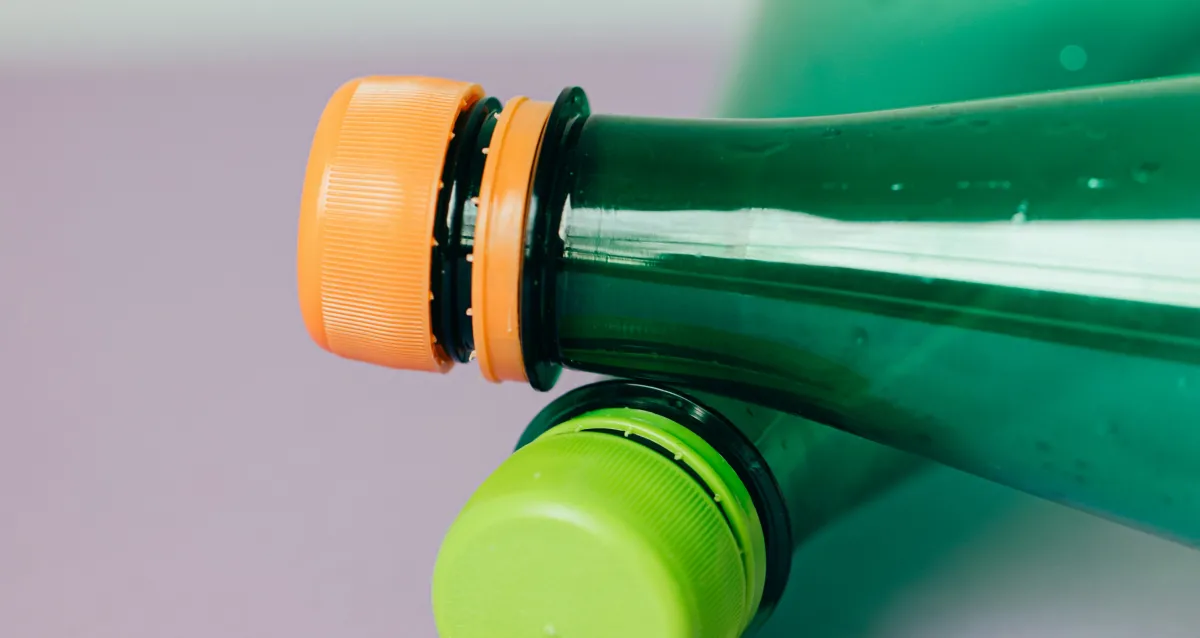
This week, we are challenging you to build a bottle greenhouse and observe the greenhouse effect.
Materials:
- 2 x soft drink bottles with lid
- Scissors
- 2 x identical drinking glasses (small enough to fit in the soft drink bottle)
- Water
- Thermometer (useful but not essential)
Here is your challenge
- Use the scissors to carefully cut the bottoms off both soft drink bottles. Make sure the cut is straight so the bottle can stand up. Make sure both bottles are cut the same so it is a fair test
- Remove the lid from one bottle – this represents the normal greenhouse effect. Leave the lid on the other bottle – this represents the enhanced greenhouse effect with additional heat-trapping gases.
- Fill the two glasses with the same amount of cold water.
- Record the temperature of the water in each glass (if you don’t have a thermometer, use your finger for a rough measurement).
- Find a sunny spot and arrange the two glasses with the bottles over them (like a greenhouse). Make sure both bottles receive the same amount of sunlight and are not shaded unequally or on different surfaces – again this ensures a fair test.
- Make a hypothesis – which glass of water will warm fastest? Depending on how sunny it is, leave the glasses for 15-45 minutes, then record the temperature again (if you don’t have a thermometer, use your finger to see which is warmer – take care it may be hot).
- Take a photo of your bottle greenhouse.
- Include your results in your photo caption.
- Note this activity takes time and works best on a sunny day, it can work well to set it up at the start of the day and come back in the afternoon to check on it.
- For an added challenge, multiple measurements can be taken over the week with data recorded in a table. This data could then be graphed with temperature on the y-axis and time on the x-axis.
What to submit
- Email your photo and caption to science@anu.edu.au.
- The week three challenge submission closes on 11.59pm on Sunday 20th October AEDT. You only need to submit one challenge, but you are welcome to submit both.
- Submissions will be judged based on the following criteria:
- Photo quality, experiment set up, fairness of experiment conditions, data collection and analysis.
The winner will be announced on Tuesday 22nd October. More than one winner may be selected. The winning entry will be posted to our Facebook, Instagram and on the website. The winner will be notified by email. Other submissions may be included in an Instagram story, if you don't want your photo included, please let us know when you submit it.
Week 4 challenge: Tuesday 22 – Sunday 27 October 2024
Winners of week 4 challenges:
Decomposition challenge: Elisee L
Light Pollution Challenge: Olivier B
Welcome to your last weekly challenge! This week, make your choice of which challenge you would like to complete: Light pollution or Decomposition challenge.
1. Light pollution challenge

This week we are challenging you to understand the impact of light pollution on the visibility of celestial objects in the night sky and its implications for astronomy.
Materials:
- Flashlight/Torch
- White sheet of paper
- Clear plastic cup or glass
- Tape
- Various light sources (e.g., streetlamp, LED light, smartphone screen)
Here is your challenge
- Choose a dark room for the experiment.
- Place the white sheet of paper on a flat surface.
- In the dark room, use a flashlight to illuminate a small area of the paper. Observe how clearly you can see the lit portion.
- Cut the bottom of the plastic cup to create a "shield."
- Tape the cup around the flashlight, to make a cone around the end.
- Repeat the visibility test with the modified flashlight, simulating a directed light source with reduced light spill.
- Use various light sources (e.g., streetlamp, LED light, smartphone screen) to repeat the visibility test on the paper. You can trace the results on the paper with a pen to make comparison easier.
- Take photos of your results.
- Observe and compare how different light sources affect the visibility of the illuminated area, include these in your photo caption.
This experiment demonstrates the concept of light pollution and its effects on visibility. By simulating different light sources and controlling their directionality, participants can observe how light spill can impact our ability to see celestial objects in the night sky. The discussion encourages awareness of the importance of minimizing light pollution for better stargazing and preserving natural darkness.
What to submit
- Email your photo and caption to science@anu.edu.au.
- The week one challenge submission closes on 11.59pm on Sunday 27th October AEDT. You only need to submit one challenge, but you are welcome to submit both.
- Submissions will be judged based on the following criteria:
- Photo quality, comparison of light sources, understanding of light pollution.
The winner will be announced on Tuesday 29th October. More than one winner may be selected. The winning entry will be posted to our Facebook, Instagram and on the website. The winner will be notified by email. Other submissions may be included in an Instagram story, if you don't want your photo included, please let us know when you submit it.
2. Decomposition Challenge
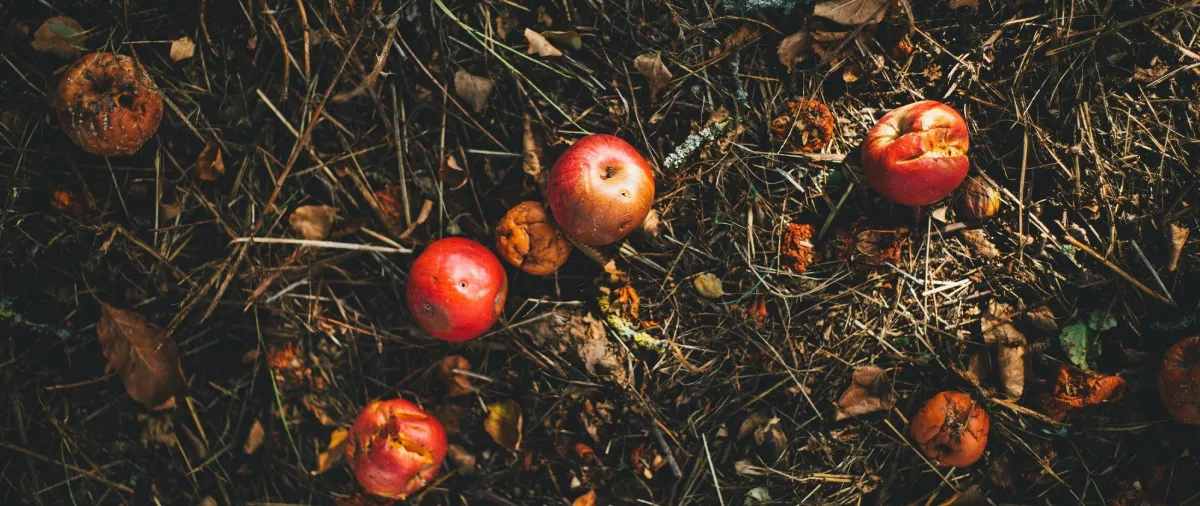
Understanding how different combinations of temperature and moisture levels influence organic matter decomposition is a valuable exploration into the intricacies of ecological processes.
This week, we are challenging you to investigate the correlation between temperature and moisture on the decomposition rates of organic matter in varying conditions.
Materials:
- A standardized organic matter sample (e.g., a leaf or fruit peel)
- Transparent, sealable containers (five or more)
- Soil or compost
- Water
- Ruler and thermometer (optional)
Here is your challenge
- Cut the organic matter into 5 pieces / gather 5 pieces of the same type
- Prepare your transparent, sealable containers by filling each with a layer of soil or compost. Ensure that the depth of the soil layer is consistent across all containers.
- Adjust the moisture levels in each container to create varying conditions. For example:
- Container 1: Keep the soil dry.
- Container 2: Moisten the soil lightly.
- Container 3: Keep the soil moderately moist.
- Container 4: Keep the soil very moist, almost saturated.
- Container 5: Mix the soil with water to create a waterlogged environment.
- Place one piece of organic matter into each container, ensuring that they are evenly distributed across the different moisture conditions.
- Seal the containers to create a controlled environment and place them in a location where they will experience consistent temperature conditions.
- Monitor the decomposition process over a set period, noting any changes in the organic matter's appearance, smell, and texture.
- Optional: Use a ruler and thermometer to measure the temperature inside each container at regular intervals to correlate temperature fluctuations with decomposition rates.
- Record your observations and findings, noting any patterns or differences in decomposition rates across the varying moisture and temperature conditions.
- Take photos throughout the experiment to document the progression of decomposition in each container.
- Analyse your data to draw conclusions about how different combinations of temperature and moisture levels influence the decomposition rates of organic matter. Include these in your caption, along with which environment decomposed the material fastest.
What to submit
- Email your photo and caption to science@anu.edu.au.
- The week one challenge submission closes on 11.59pm on Sunday 27th October AEDT. You only need to submit one challenge, but you are welcome to submit both.
- Submissions will be judged based on the following criteria:
- Data collection, analysis, presentation, photo quality, caption.
The winner will be announced on Tuesday 29th October. More than one winner may be selected. The winning entry will be posted to our Facebook, Instagram and on the website. The winner will be notified by email. Other submissions may be included in an Instagram story, if you don't want your photo included, please let us know when you submit it.
What participants are saying
It was a very good way to bring our creativeness out.”
I really enjoyed the competition and the challenges within it, and I felt like it really expanded both my scientific and real-world knowledge.”
The best part about the challenges, in my opinion, was the following: they were all doable with easy-to-find and relatively inexpensive materials, but at the same time, the winning submissions of my peers taught me how much creativity can be demonstrated with this simple foundation.”
It was fun and knowledgeable for me by taking part in such an amazing stem program. The topics were very unique and environmentally friendly, I think this will help people to enhance their skills.”
STEM Challenges submissions 2024
STEM Challenges submissions 2023
STEM Challenges submissions 2022
STEM Challenges submissions 2021
STEM Challenges submissions 2020
Have a question?
The challenges have been created through a collaboration between the ANU College of Science and Medicine, the ANU College of Health and Medicine, and the ANU College of Engineering and Computer Science. Please contact us via the email below if you have any questions.
Terms and conditions
- ANU College of Science and Medicine and ANU College of Health and Medicine (ABN: 52 234 063 906)
- Information on how to enter the ANU Science Case Study Competition forms part of these Terms and Conditions.
- Entry is open to all Australian residents and a group of international students.
- Entry to the competition is via the ANU College of Science and Medicine STEM Challenges web page.
- There is no entry fee for the competition.
- ANU College of Science and Medicine and ANU College of Health and Medicine Staff and their immediate family are excluded from participation
- There is (1) prize available for the best entry each week.
- The ANU College of Science and Medicine and the ANU College of Health and Medicine reserve the right to modify or remove any prizes if required, or not to award a prize.
- The prize must be taken as stated and no compensation will be payable if the prize winner is unable to use the prize as stated. The prize is not transferable to another person or exchangeable for other goods and services and cannot be redeemed as cash.
- The entrant will be solely responsible for any costs or taxes incurred as part of the competition, or claiming of the prize, including but not limited to any taxes.
- Prize winners will be notified in writing (email) on the Tuesday following the submission deadline.
- Each participant is only allowed one submission per challenge.
- By entering the competition, you declare that the submitted work is entirely your own.
- The ANU College of Science and Medicine and the ANU College of Health and Medicine reserve the right to withdraw applications at any stage for any reason determined appropriate by the ANU Colleges of Science and the ANU College of Health and Medicine.
- The ANU College of Science and Medicine and the ANU College of Health and Medicine reserve the right to extend or modify the closing date.
- Submissions will be marked by a panel of judges chosen by the ANU College of Science and Medicine and the ANU College of Health and Medicine.
- The ANU College of Science and Medicine and the ANU College of Health and Medicine reserve the right to determine the final outcome of the competition, and to name and order winners and prizes.
- By entering the competition, all entrants and their guardians (where applicable) understand and give permission to the ANU College of Science and Medicine, the ANU College of Health and Medicine, ASD-ANU Co-Lab and sponsors to use the winners name, video/photo submission, likeness and work for promotional purposes, and other purposes deemed appropriate.
- The concerned parties also understand and facilitate consent to measures covered under https://services.anu.edu.au/marketing-outreach/anu-identity/anu-audio-visual-release-form
- Participants agree that the ANU College of Science and Medicine and the ANU College of Health and Medicine, ASD-ANU Co-Lab and sponsoring entities are not liable for any damages or losses arising from the competition.
- All submitted work is subject to the ANU College of Science and Medicine and the ANU College of Health and Medicine Privacy Policy.
- Incomprehensible and incomplete entries will be deemed invalid.
- The ANU College of Science and Medicine and the ANU College of Health and Medicine reserve the right to verify the validity of entries and to disqualify any entry which in the opinion of the ANU College of Science and Medicine and the ANU College of Health and Medicine, includes objectionable content, profanity, potentially insulting, inflammatory or defamatory statements, disqualify any entrant who tampers with the entry process, who submits an entry that is not in accordance with these terms and conditions of entry or who has, in the opinion of the ANU College of Science and Medicine and the ANU College of Health and Medicine, engaged in conduct in entering the promotion which is fraudulent, misleading, deceptive or generally damaging to the goodwill or reputation of the promotion and/or the ANU College of Science and Medicine and the ANU College of Health and Medicine. The ANU College of Science and Medicine and the ANU College of Health and Medicine reserve the right to disqualify a winner if the ANU College of Science and Medicine and the ANU College of Health and Medicine become aware that the winner and/or the winner’s entry is of a type described in this clause.
- The ANU College of Science and Medicine and the ANU College of Health and Medicine accept no responsibility for any late, lost or misdirected entries including delays in the completion of tasks due to technical disruptions, network congestion or for any other reason.
- The ANU College of Science and Medicine and the ANU College of Health and Medicine’s decision is final and the ANU College of Science and Medicine and the ANU College of Health and Medicine will not enter into correspondence regarding the result or winning entries.
- In the case of the intervention of any outside act, agent or event which prevents or significantly hinders the ANU College of Science and Medicine and the ANU College of Health and Medicine’s ability to proceed with the competition on the dates and in the manner described in these terms and conditions, including but not limited to vandalism, power failures, tempests, natural disasters, acts of God, civil unrest, strike, war, act of terrorism, the ANU College of Science and Medicine and the ANU College of Health and Medicine may in its absolute discretion cancel the competition and recommence it from the start on the same conditions, subject to any directions given under State Regulation.
- The ANU College of Science and Medicine and the ANU College of Health and Medicine reserve the right in its sole discretion to disqualify any individual they believe has breached any of these conditions, or engaged in any unlawful or other improper misconduct calculated to jeopardise the fair and proper conduct of the promotion.
- The ANU College of Science and Medicine and the ANU College of Health and Medicine collect personal information about you to enable you to participate in this promotion.
- All certificates (including winners’) are not an AQF certificate.

